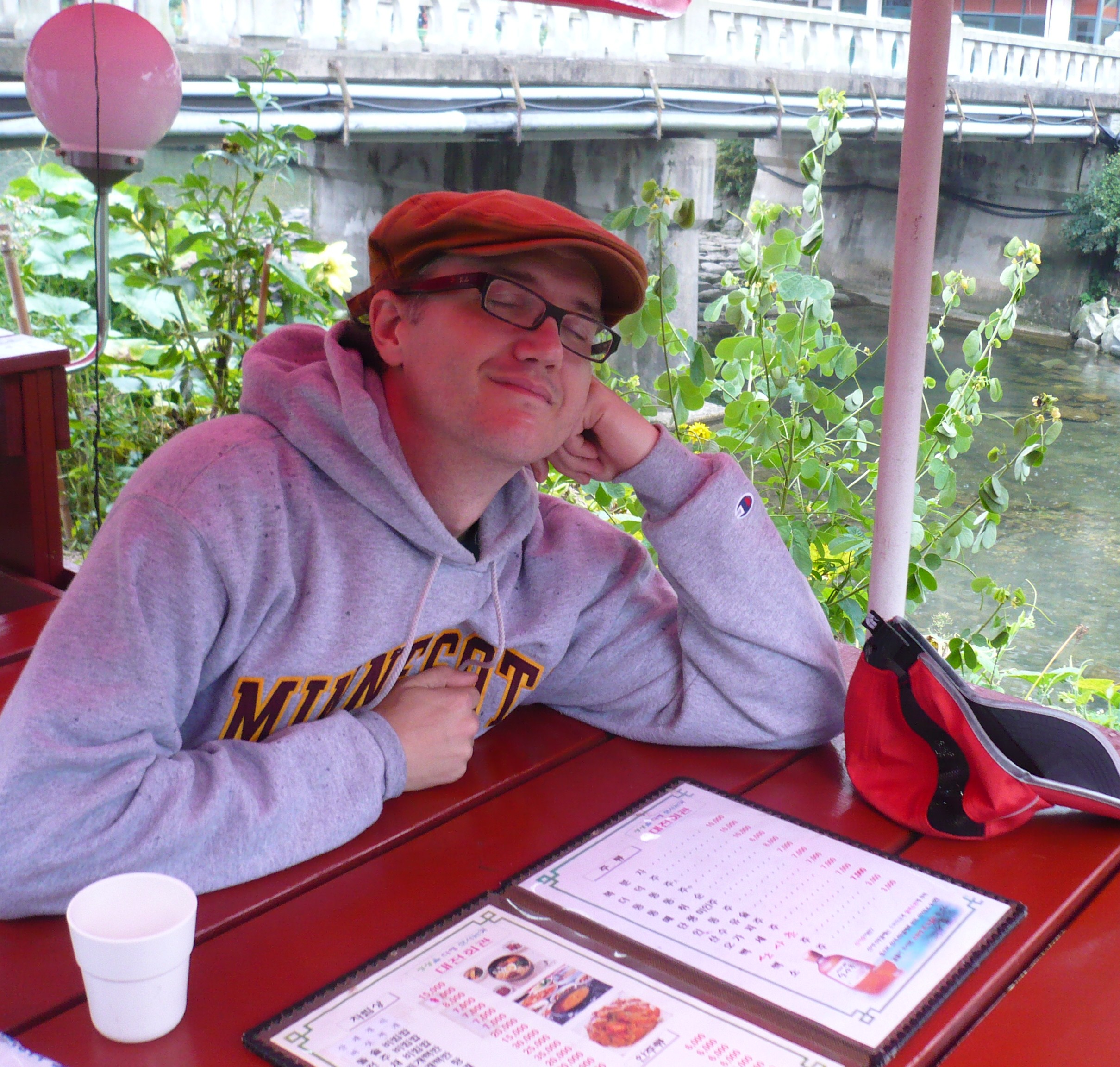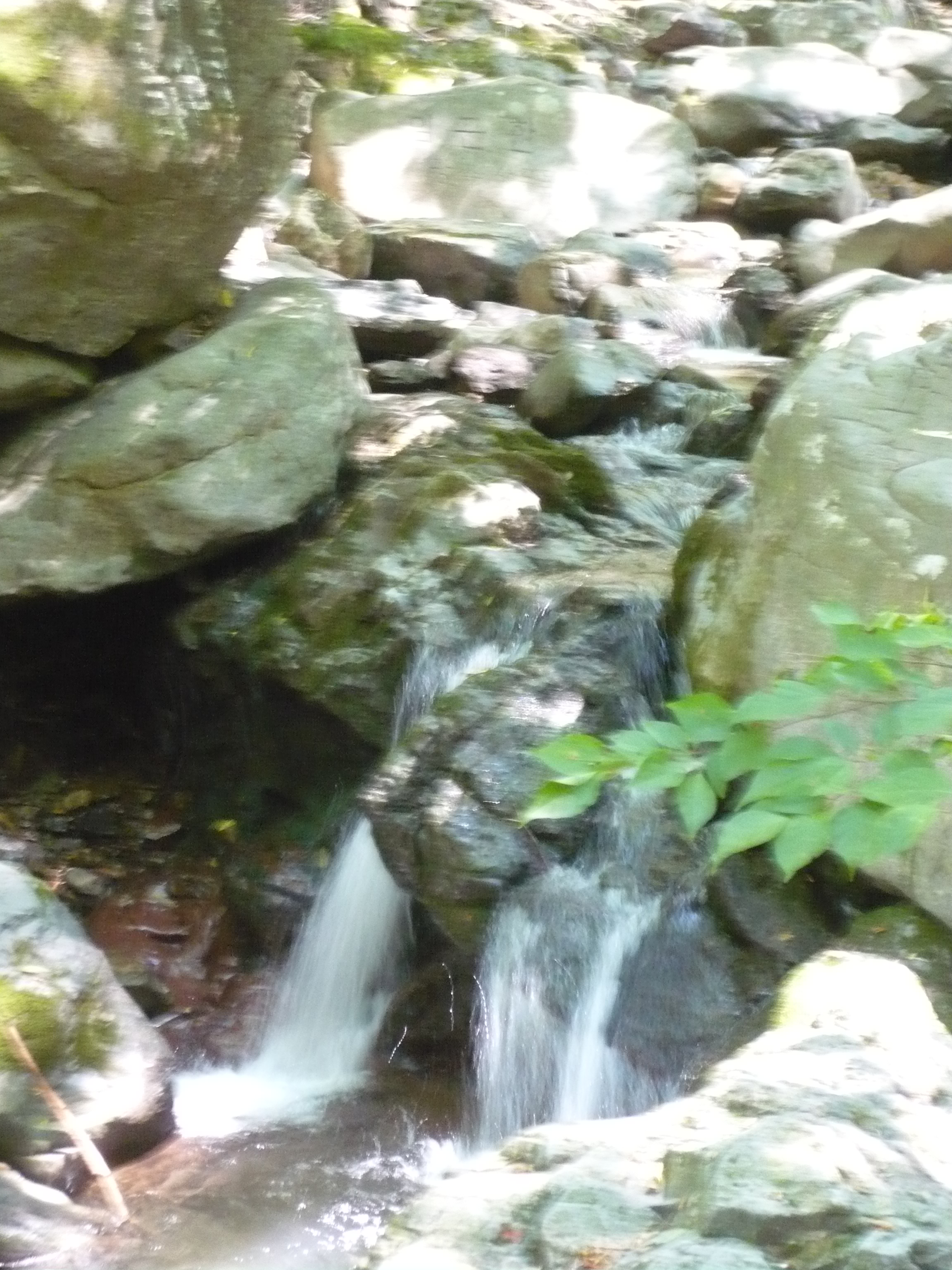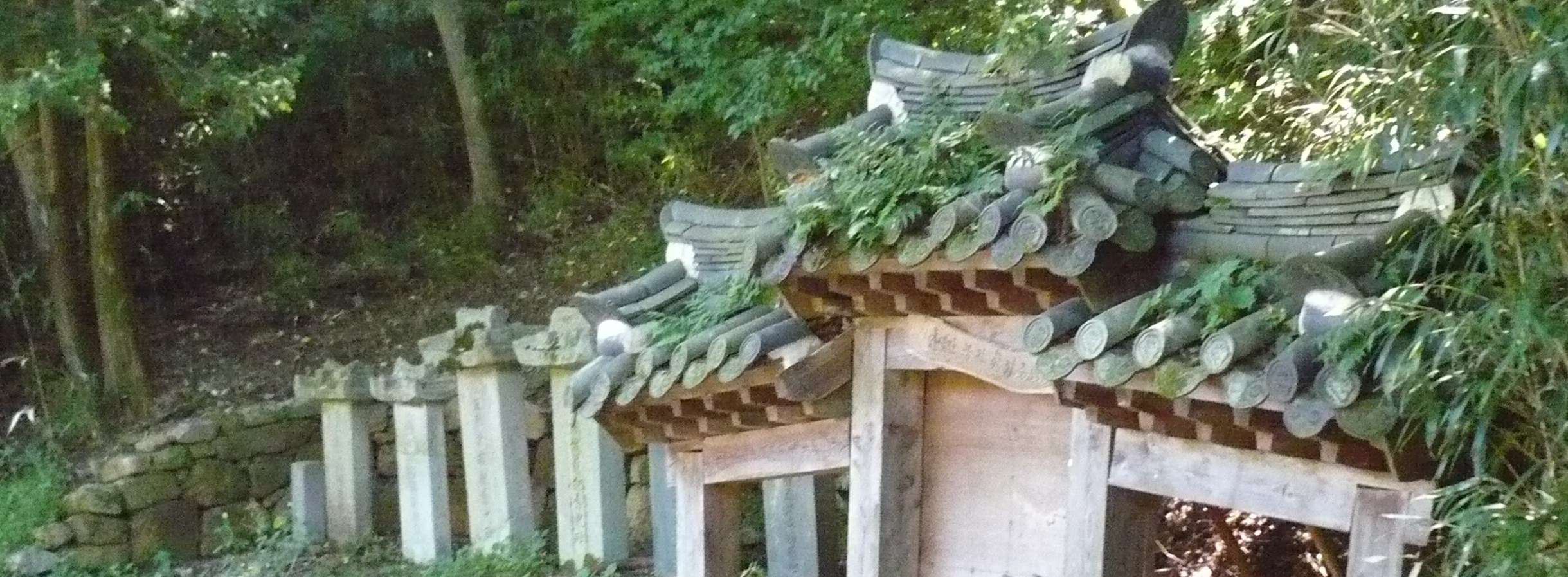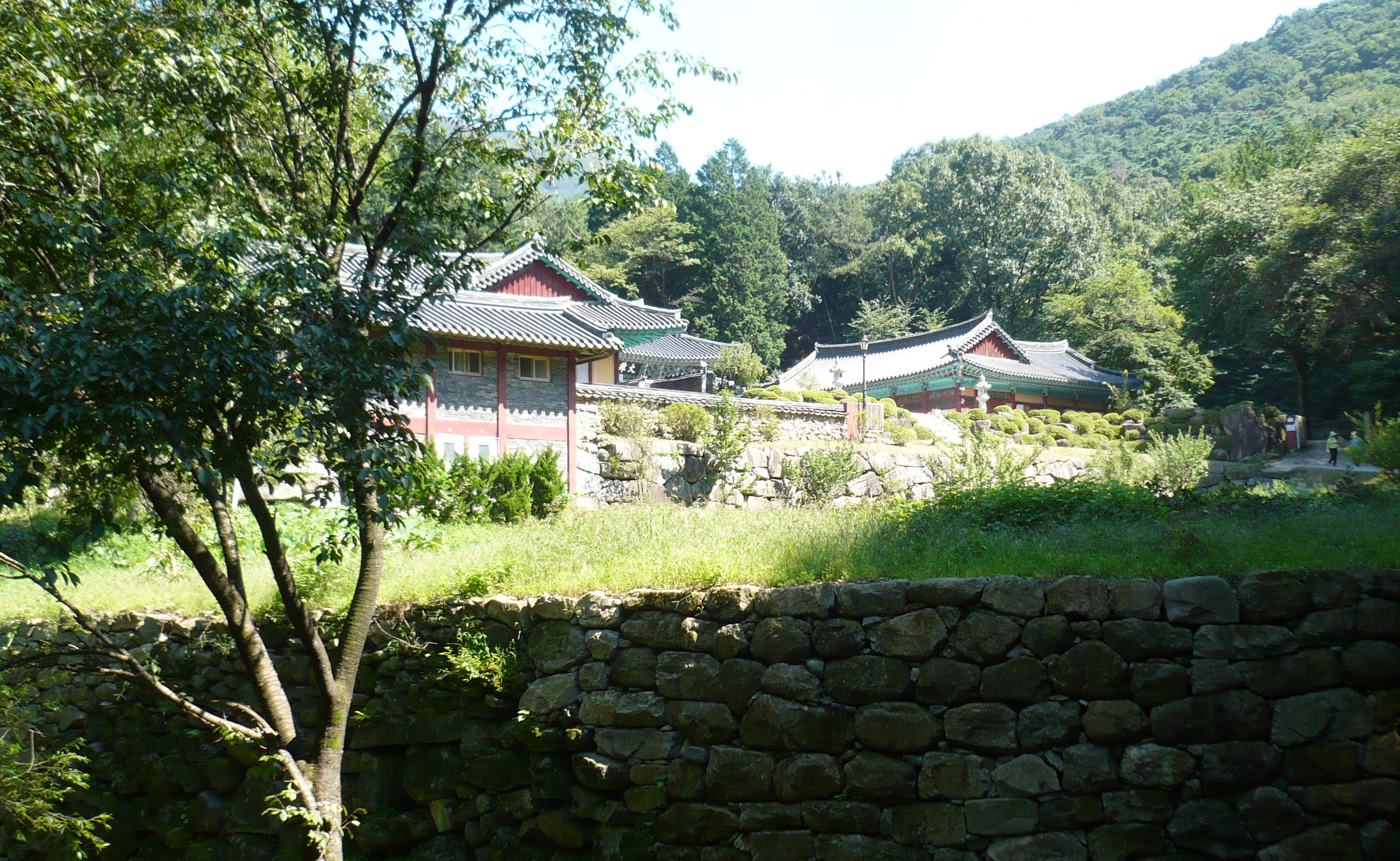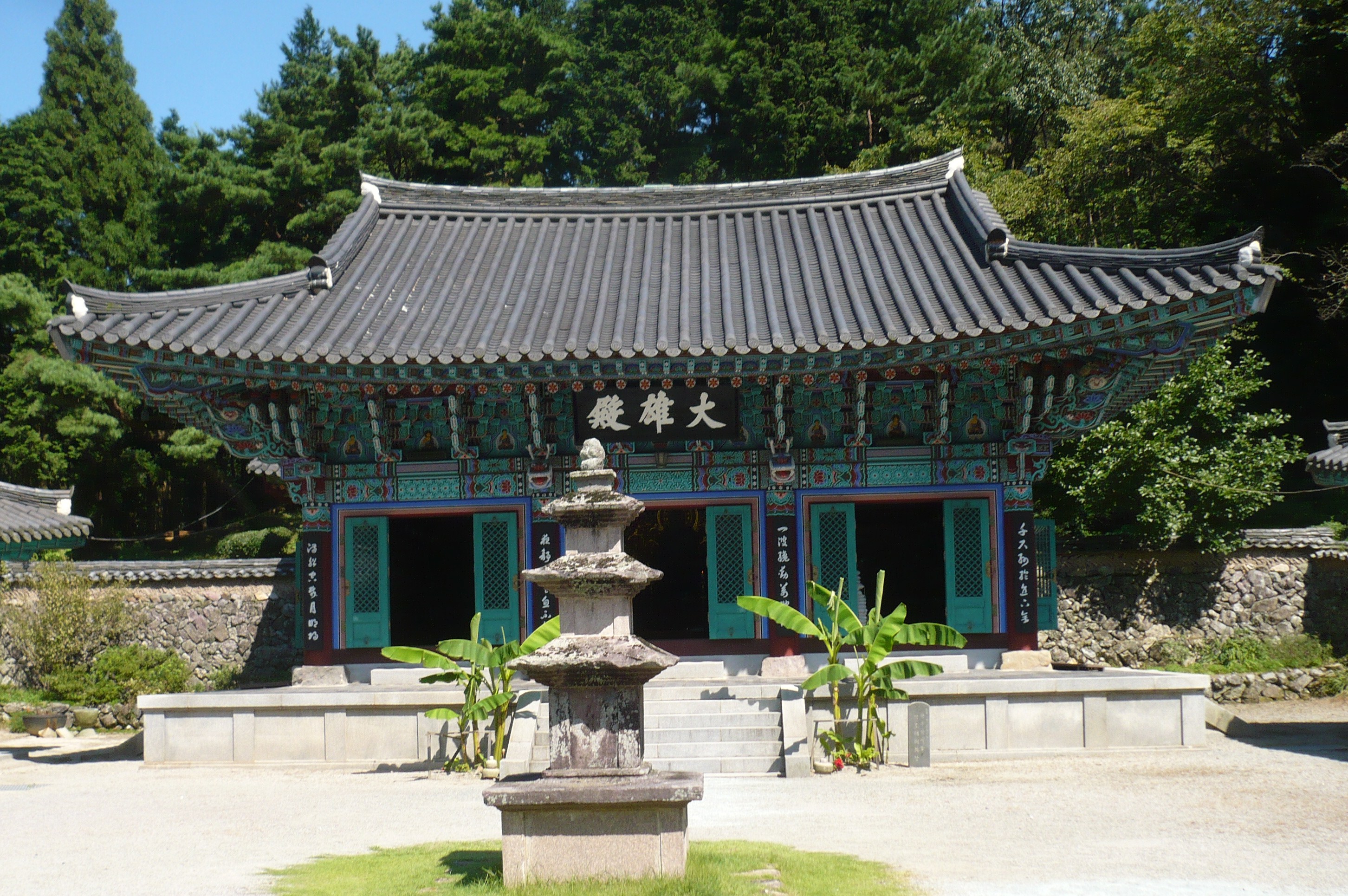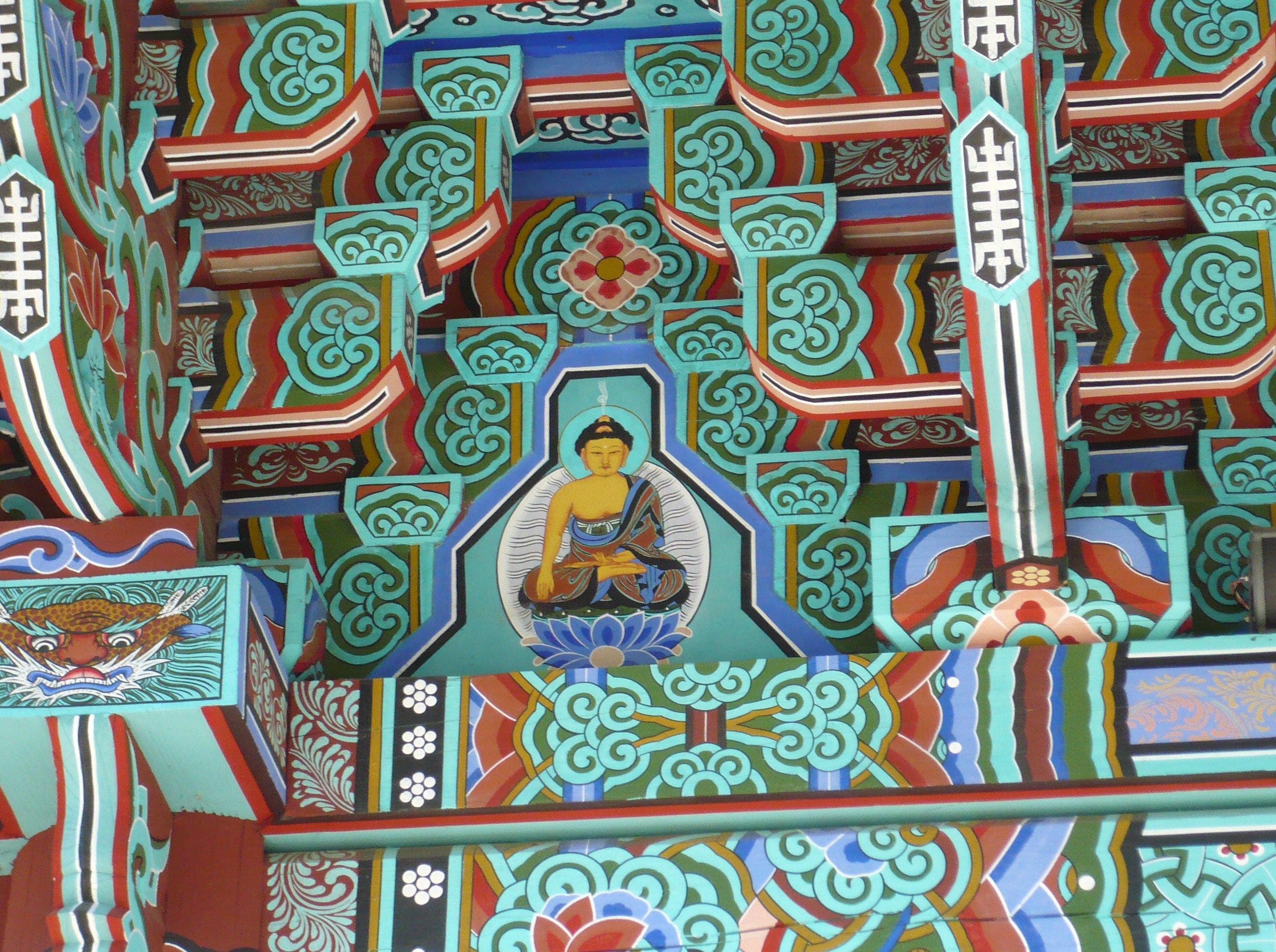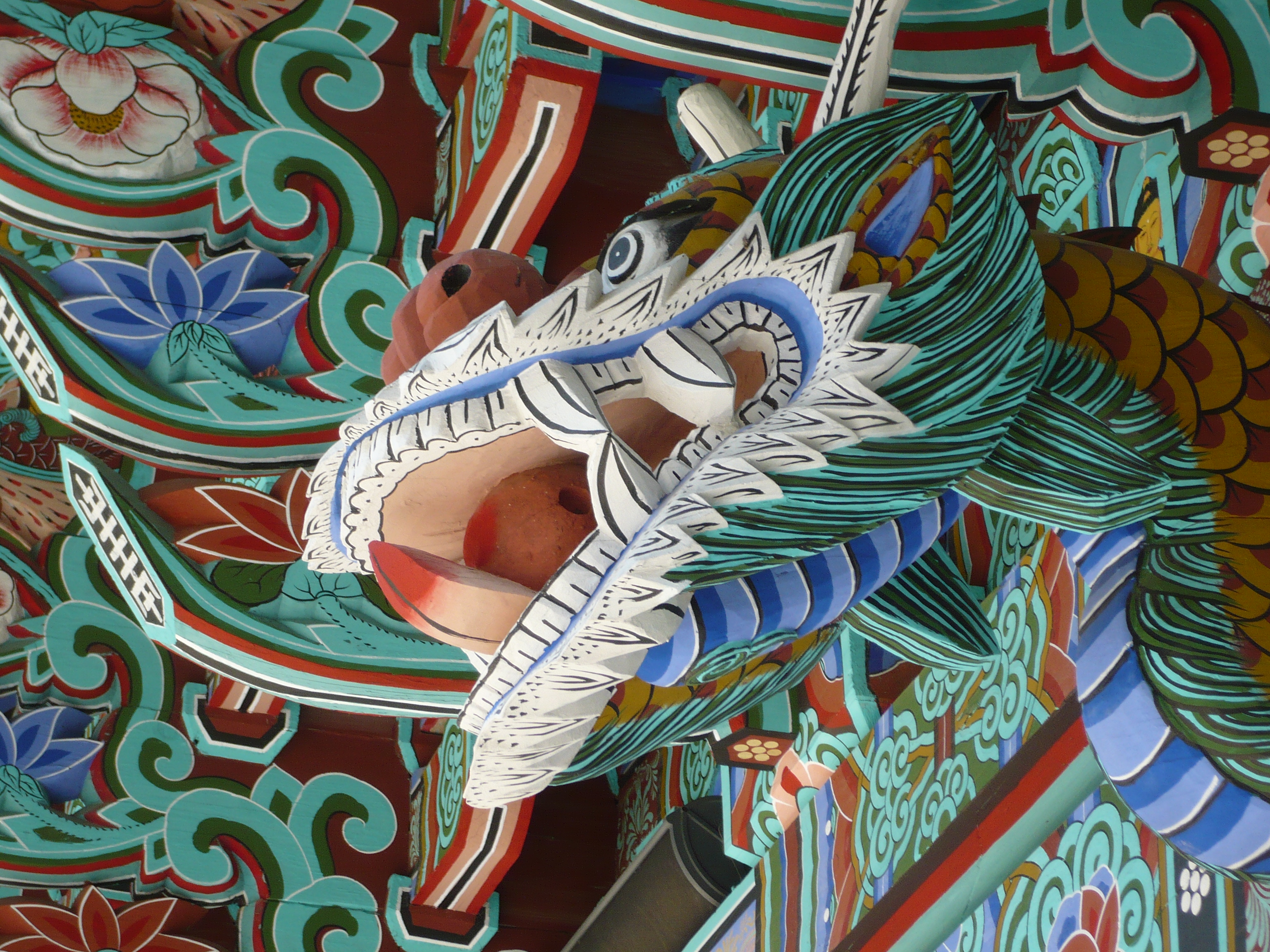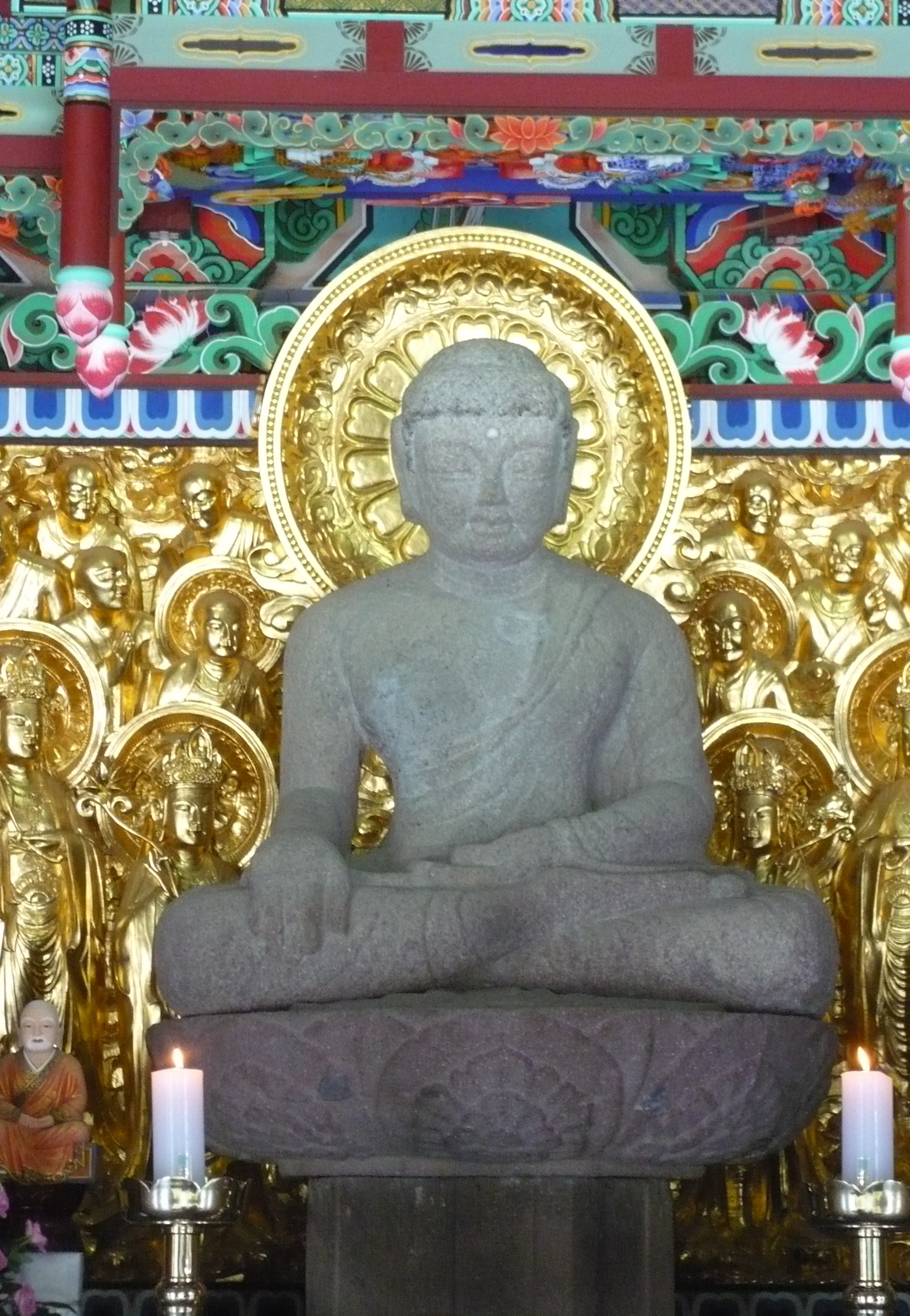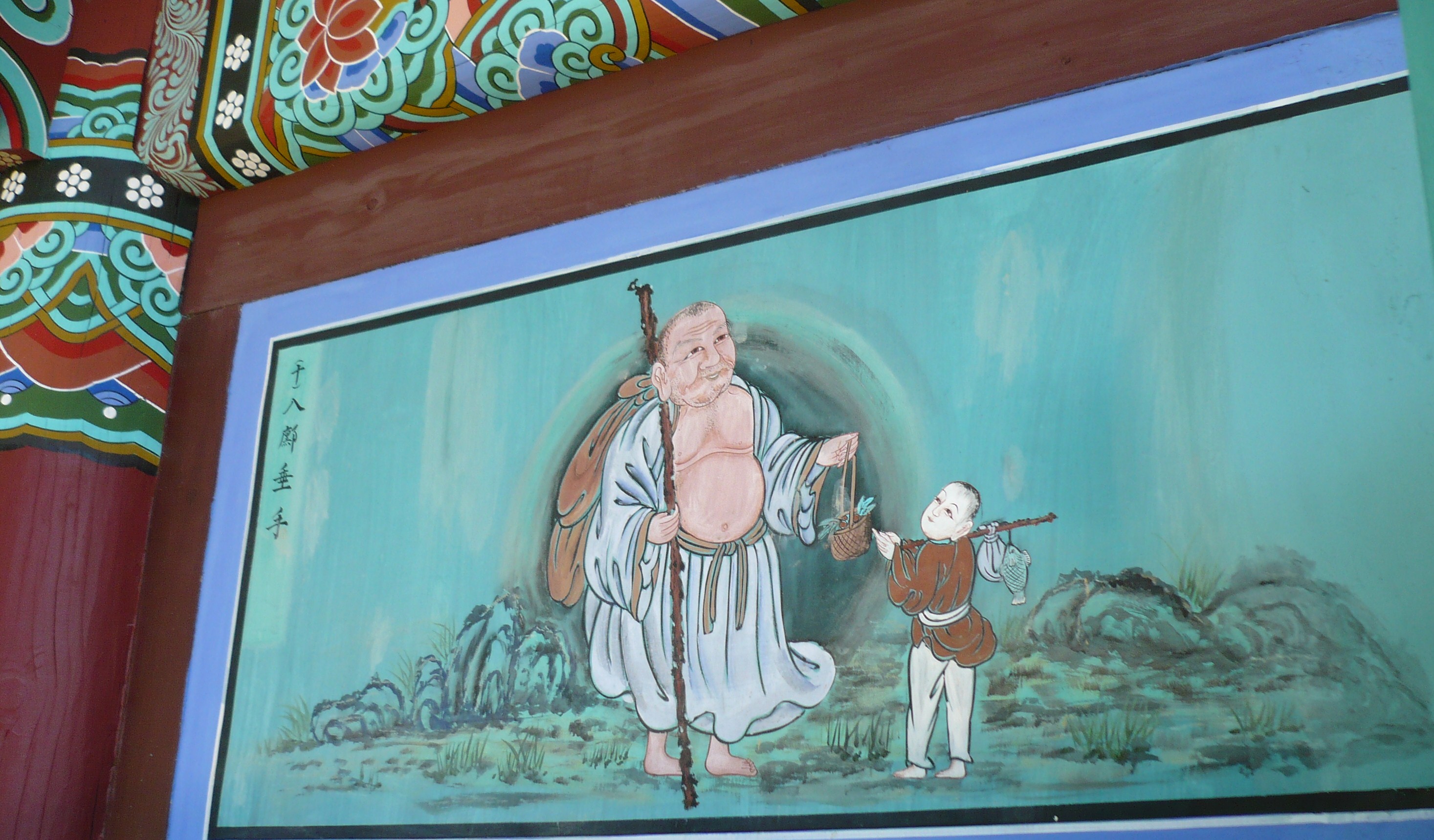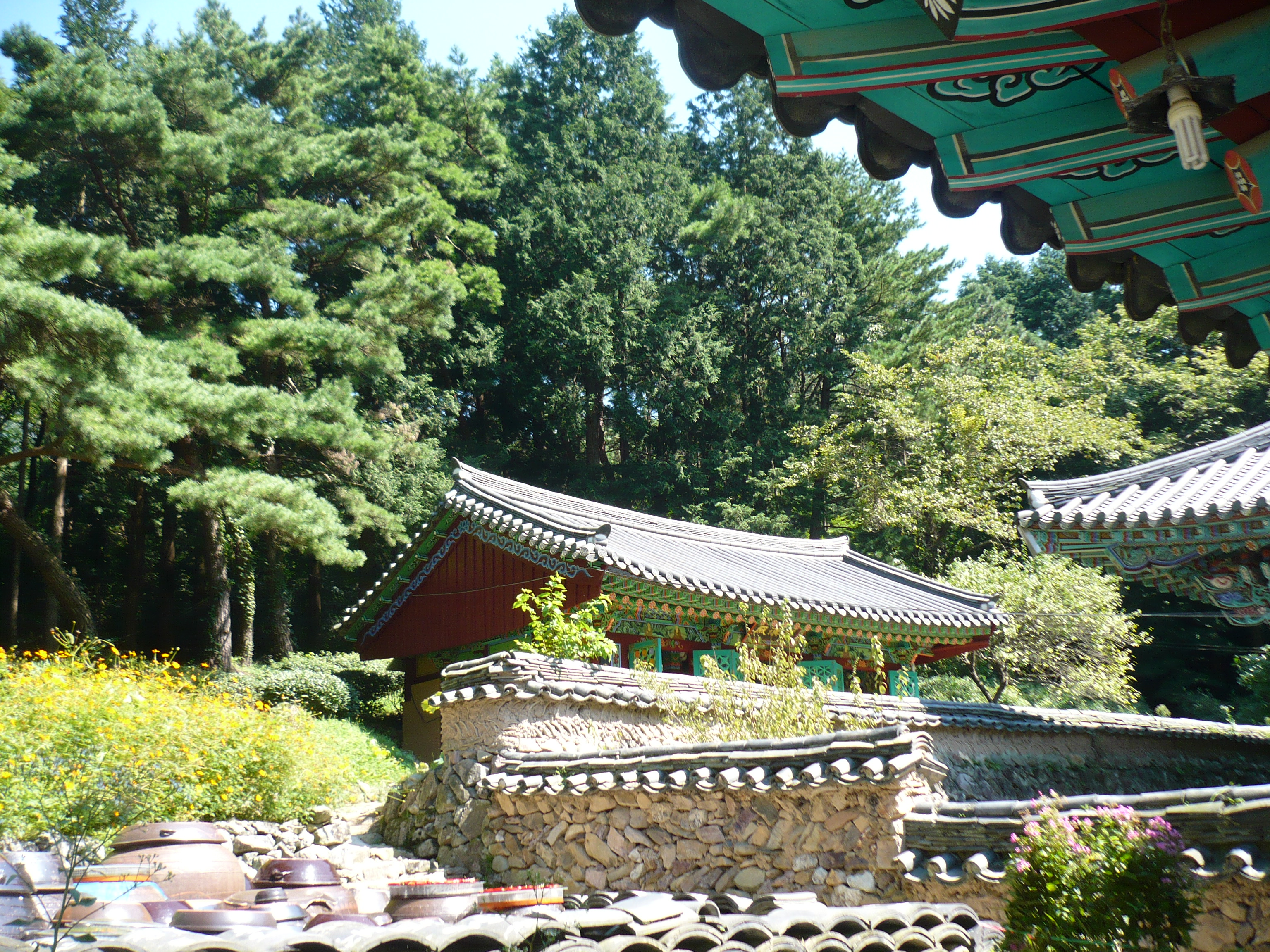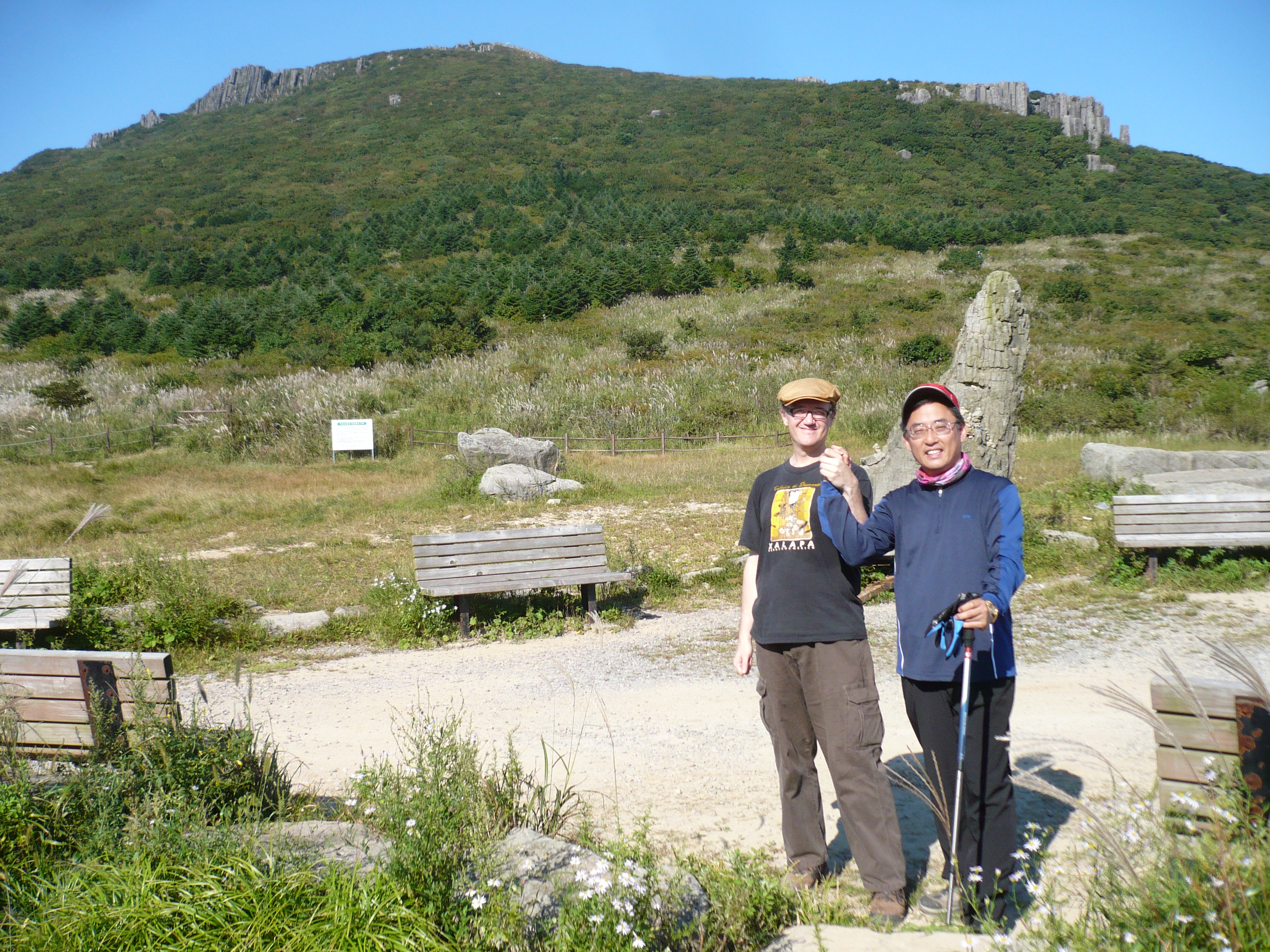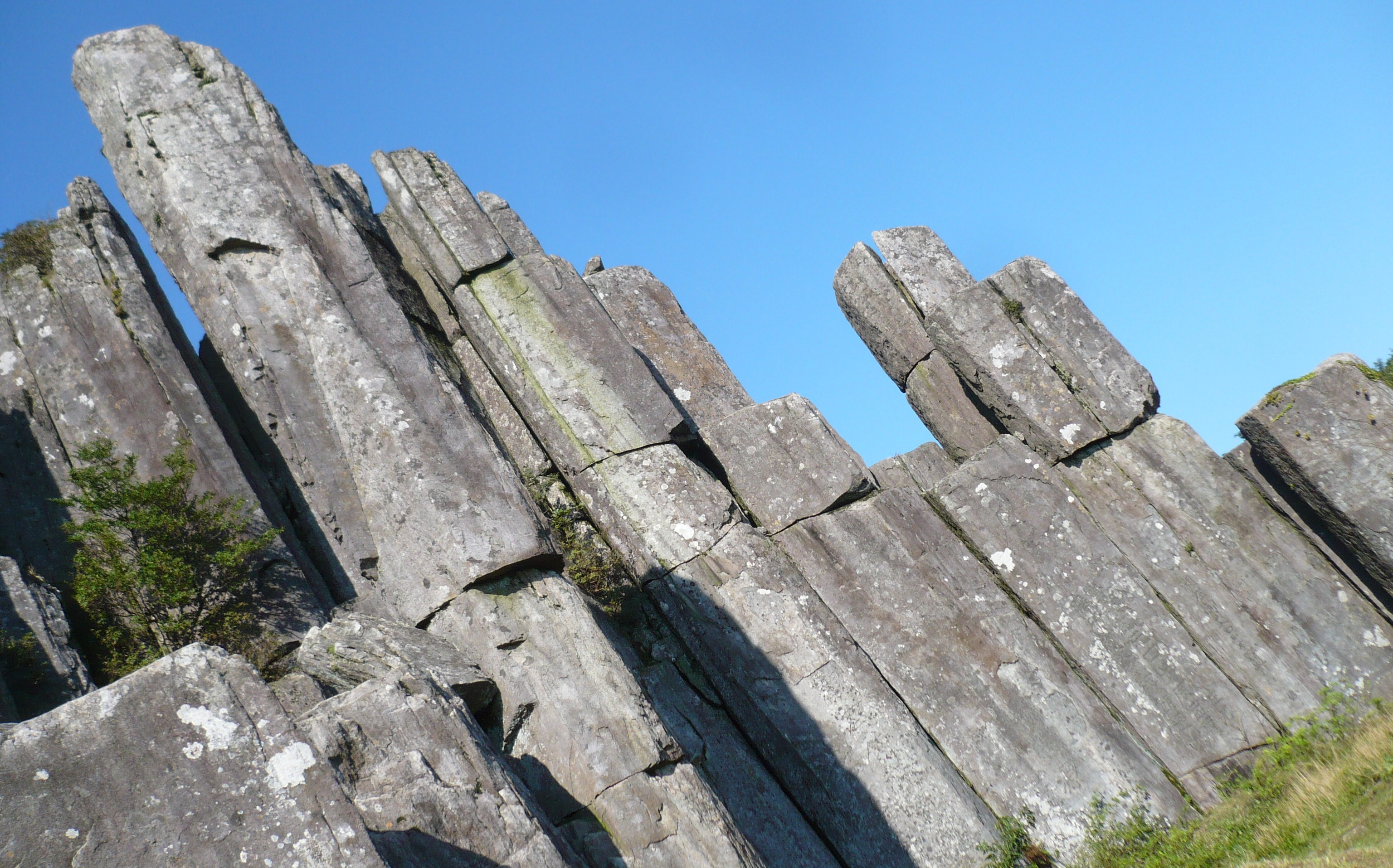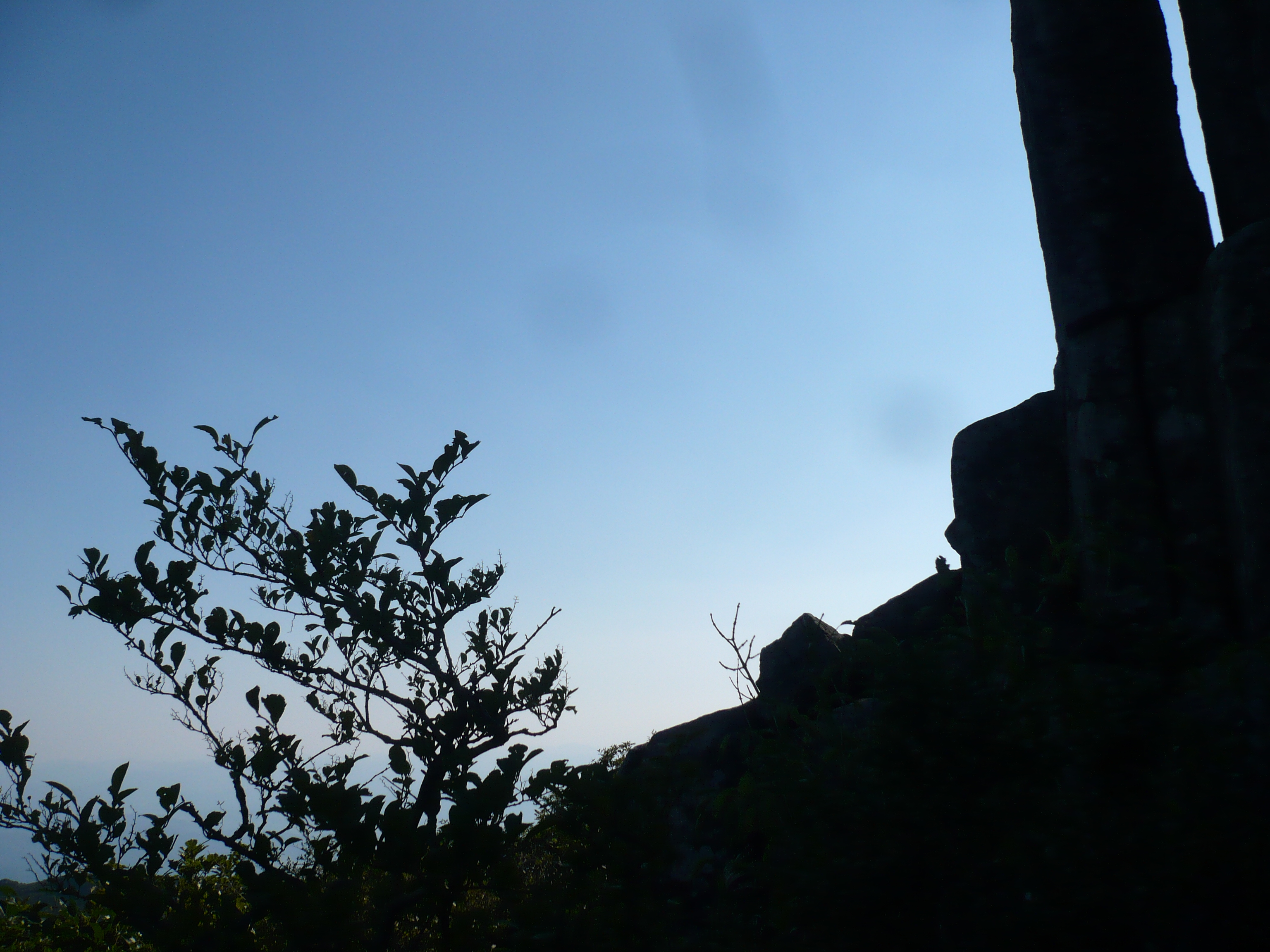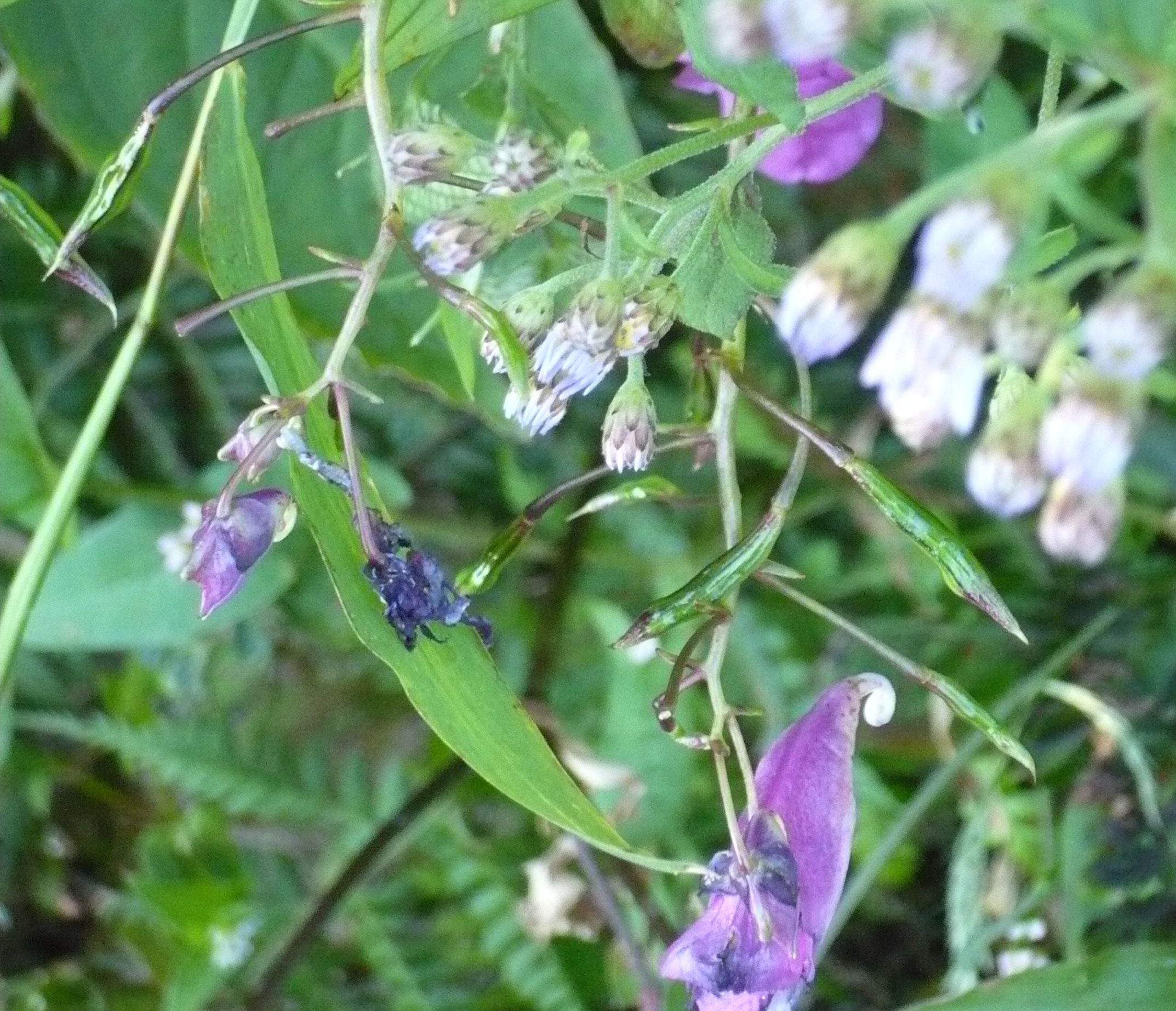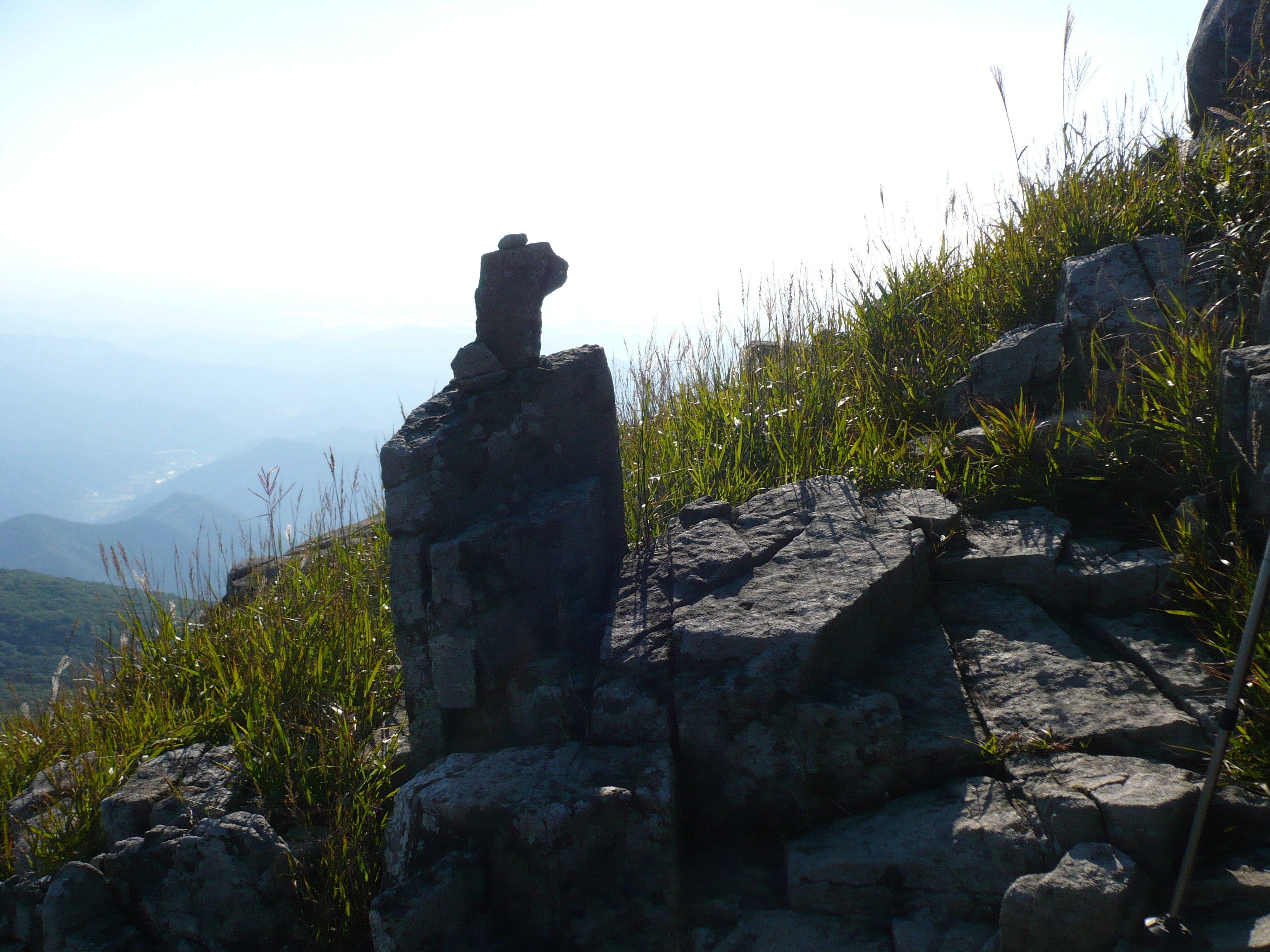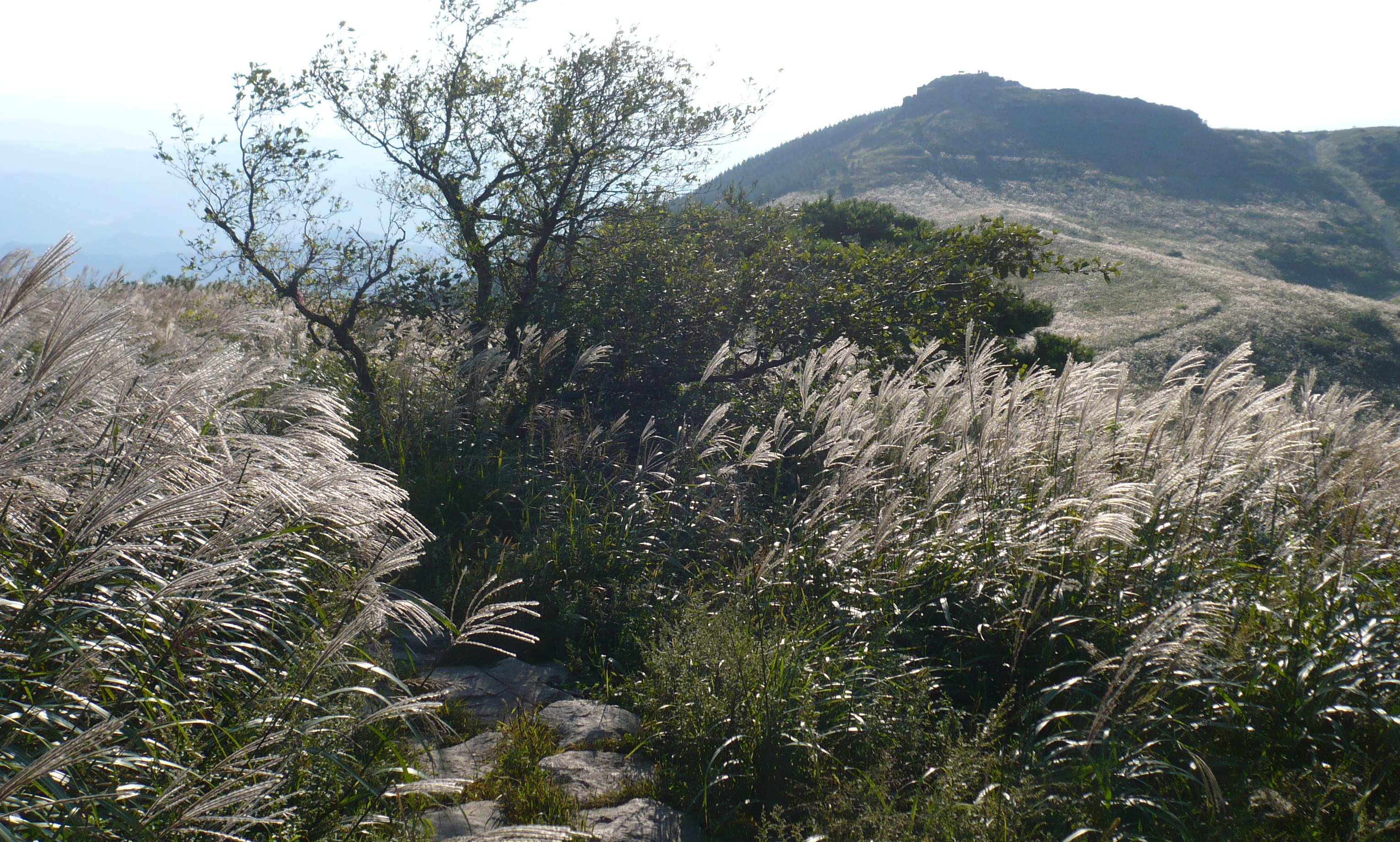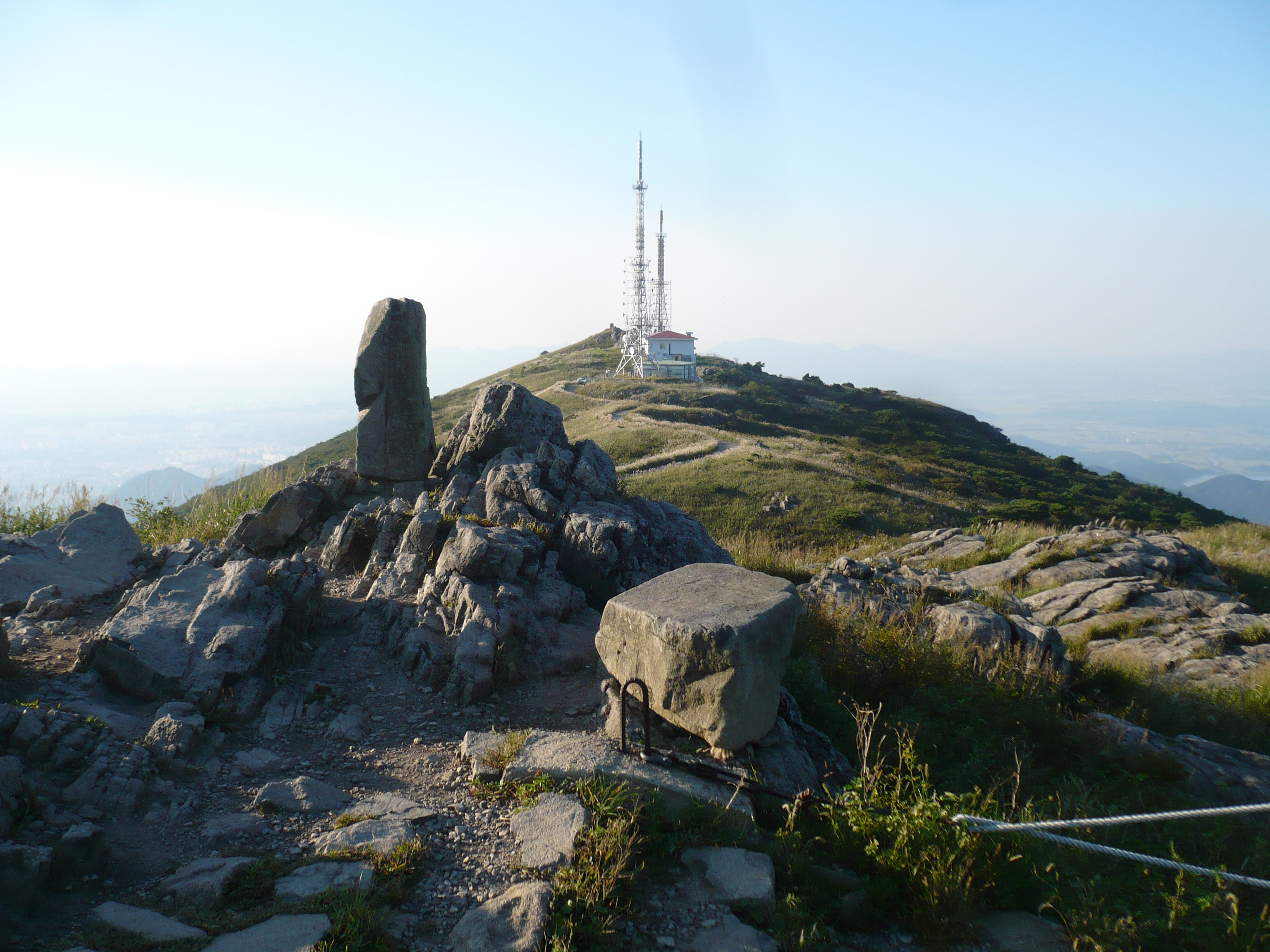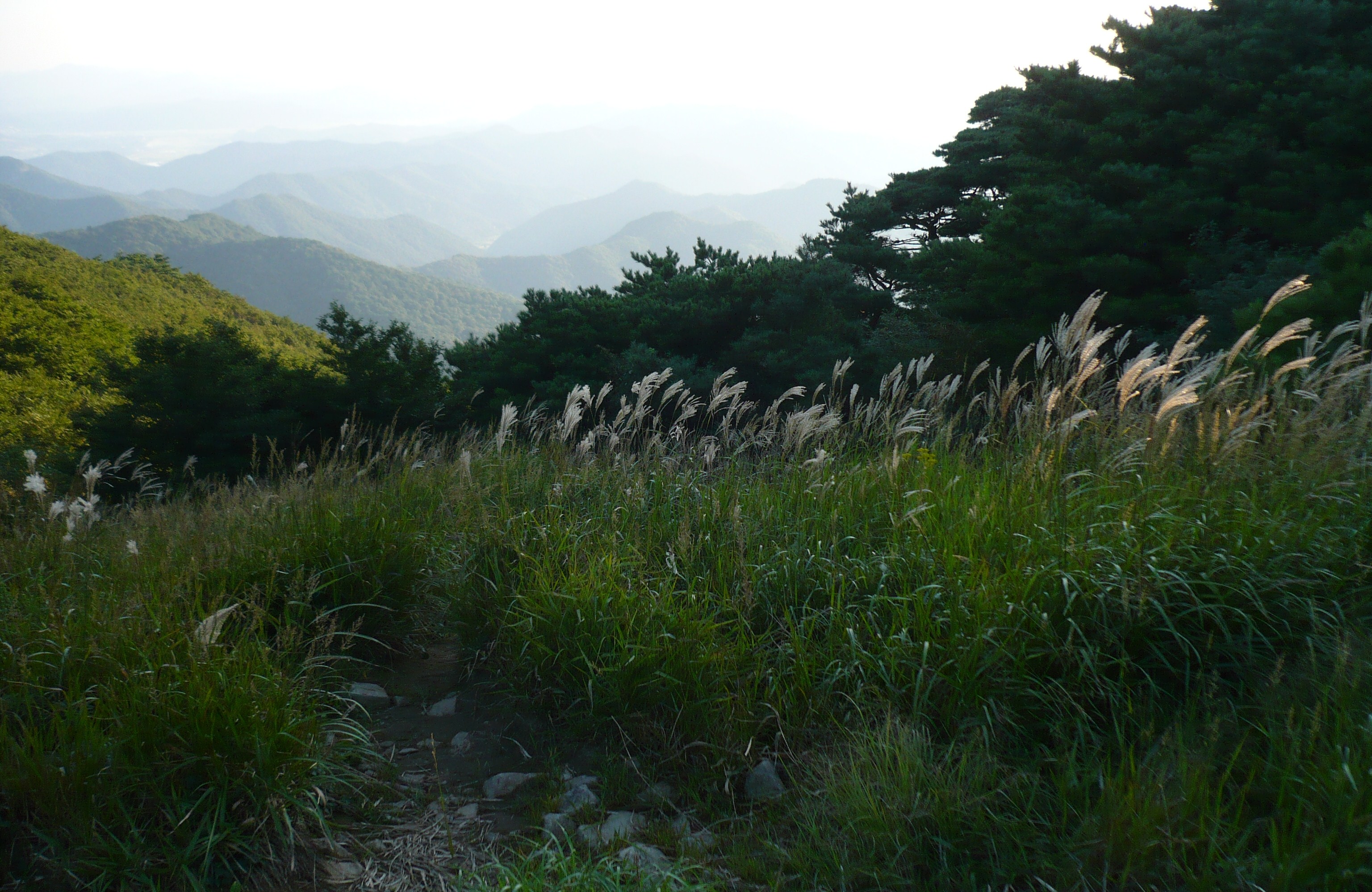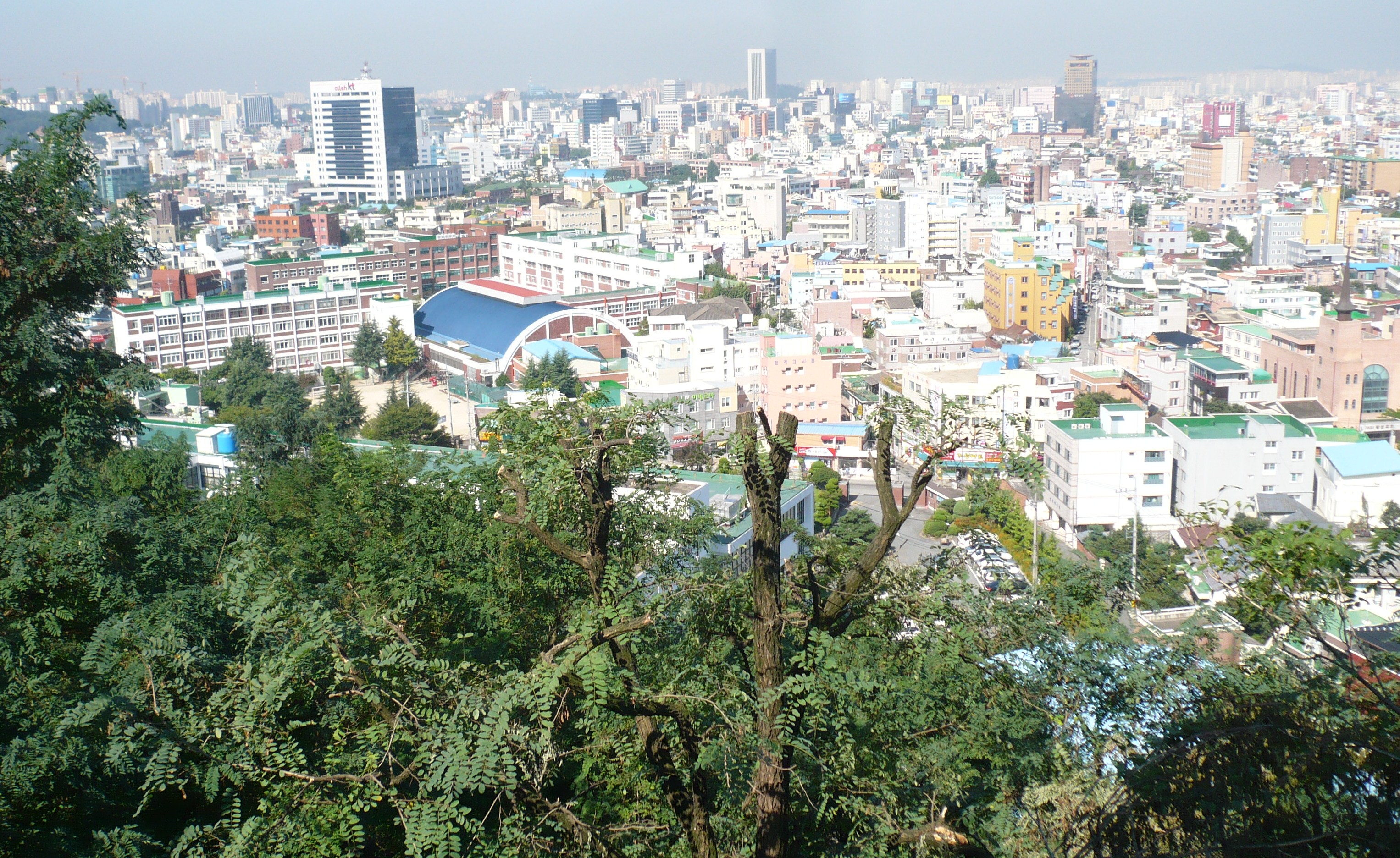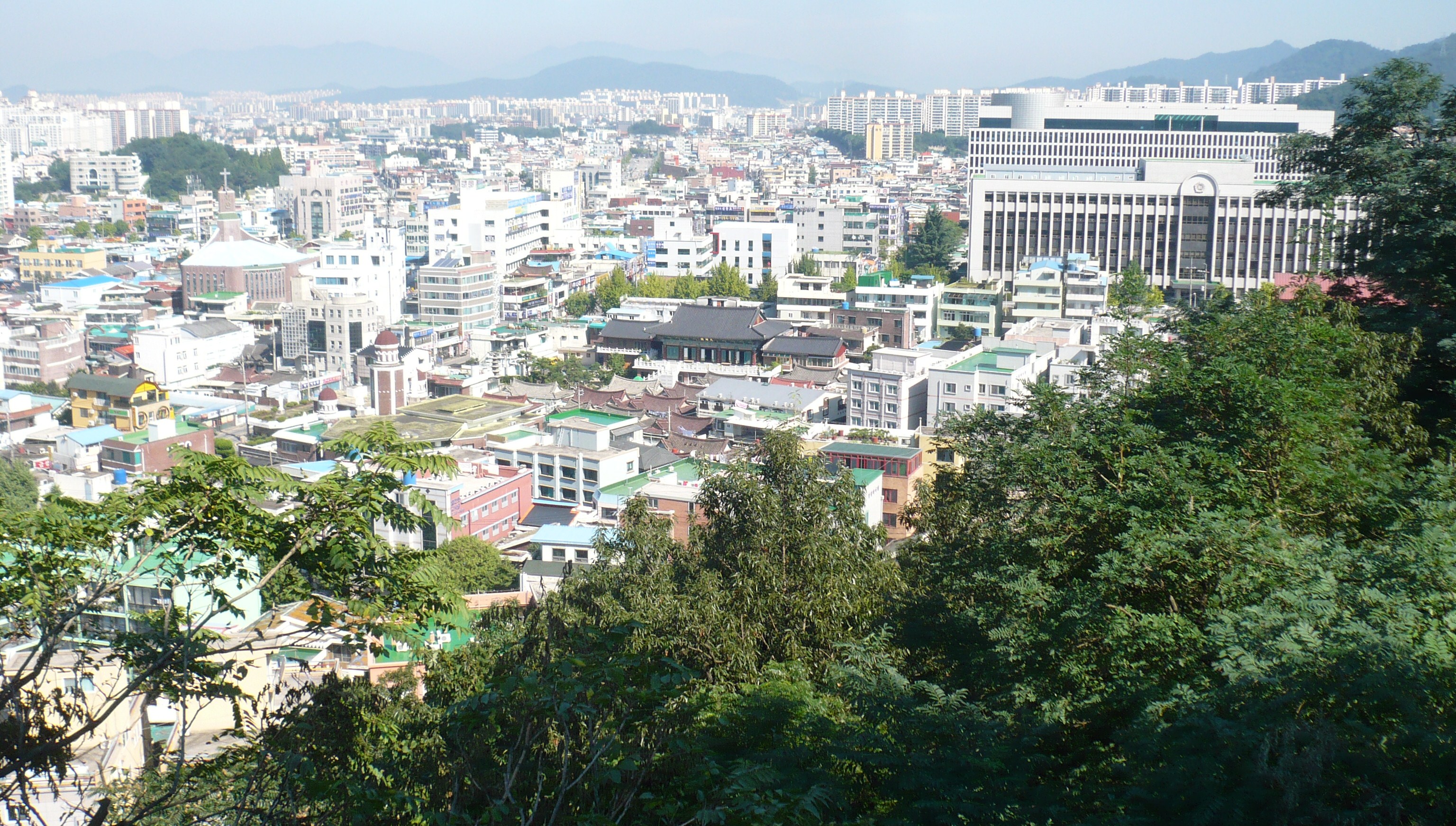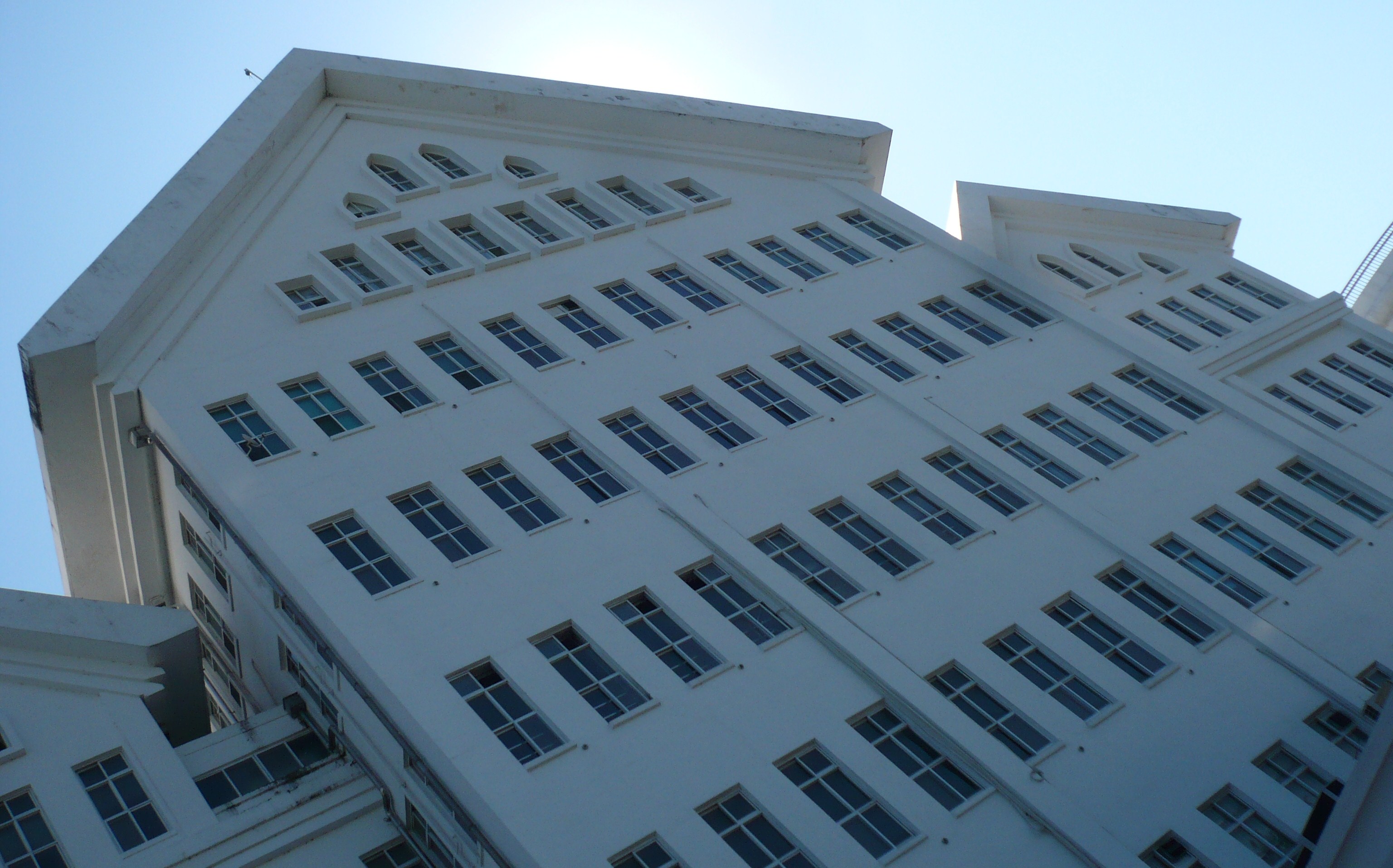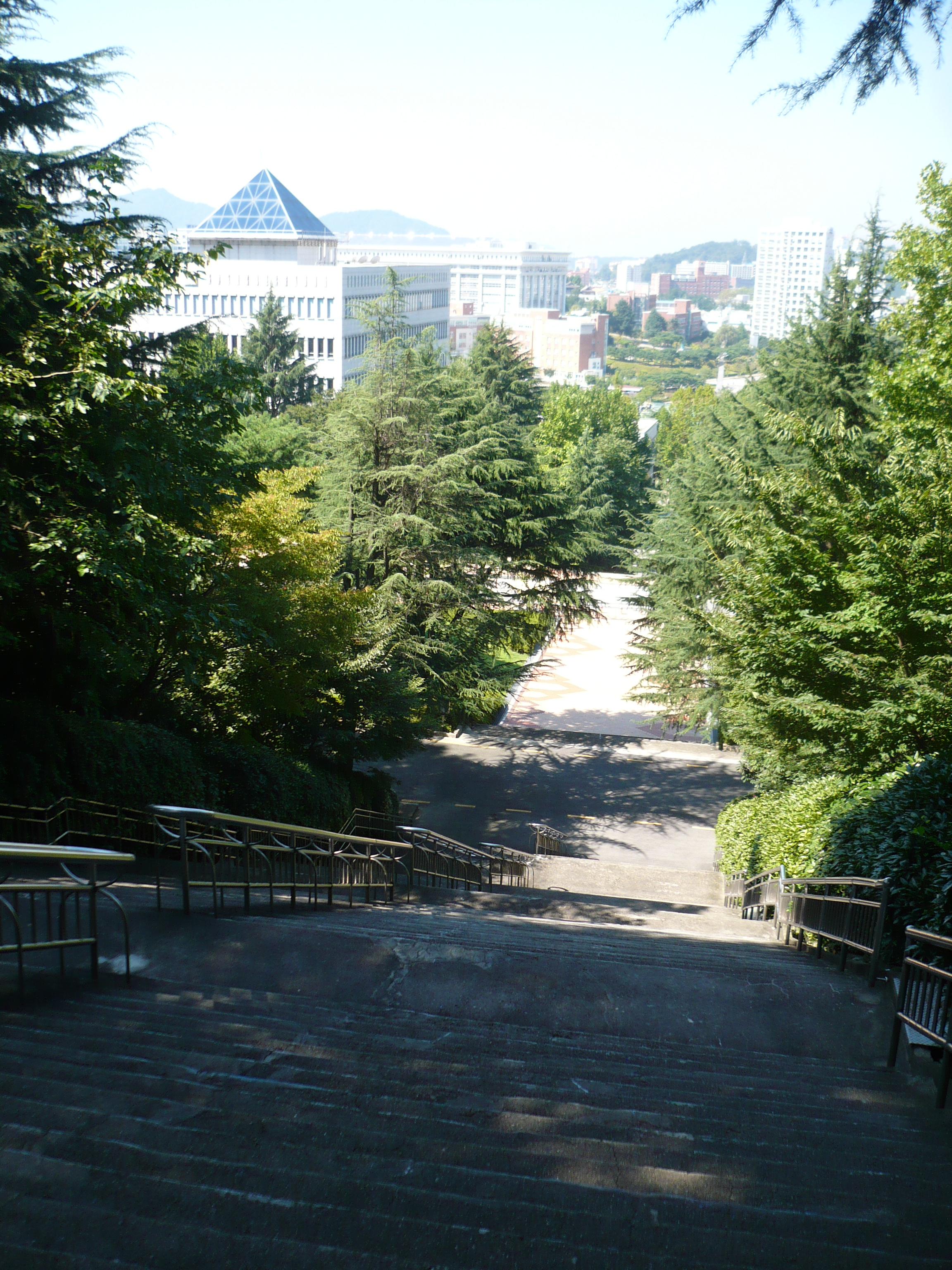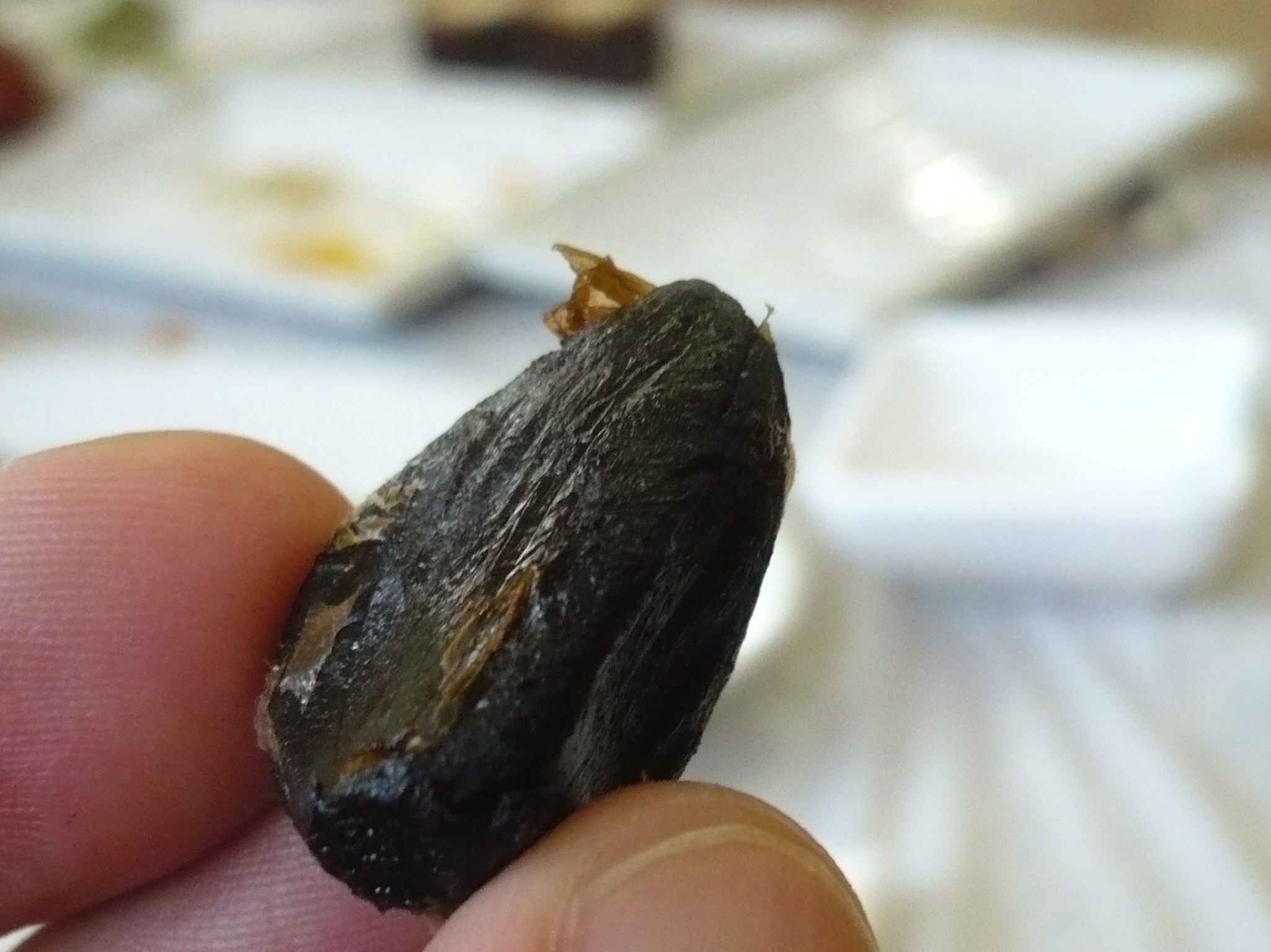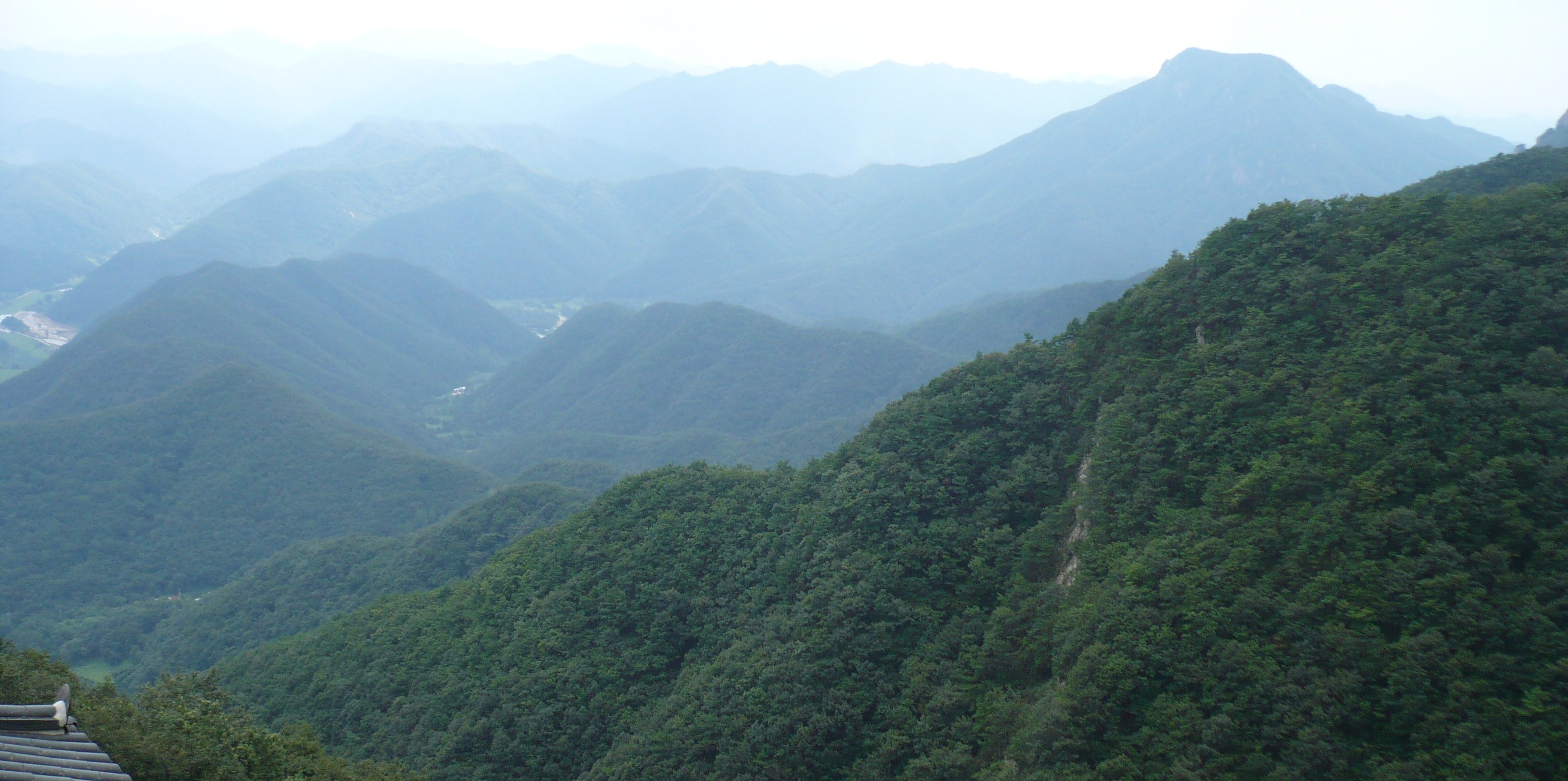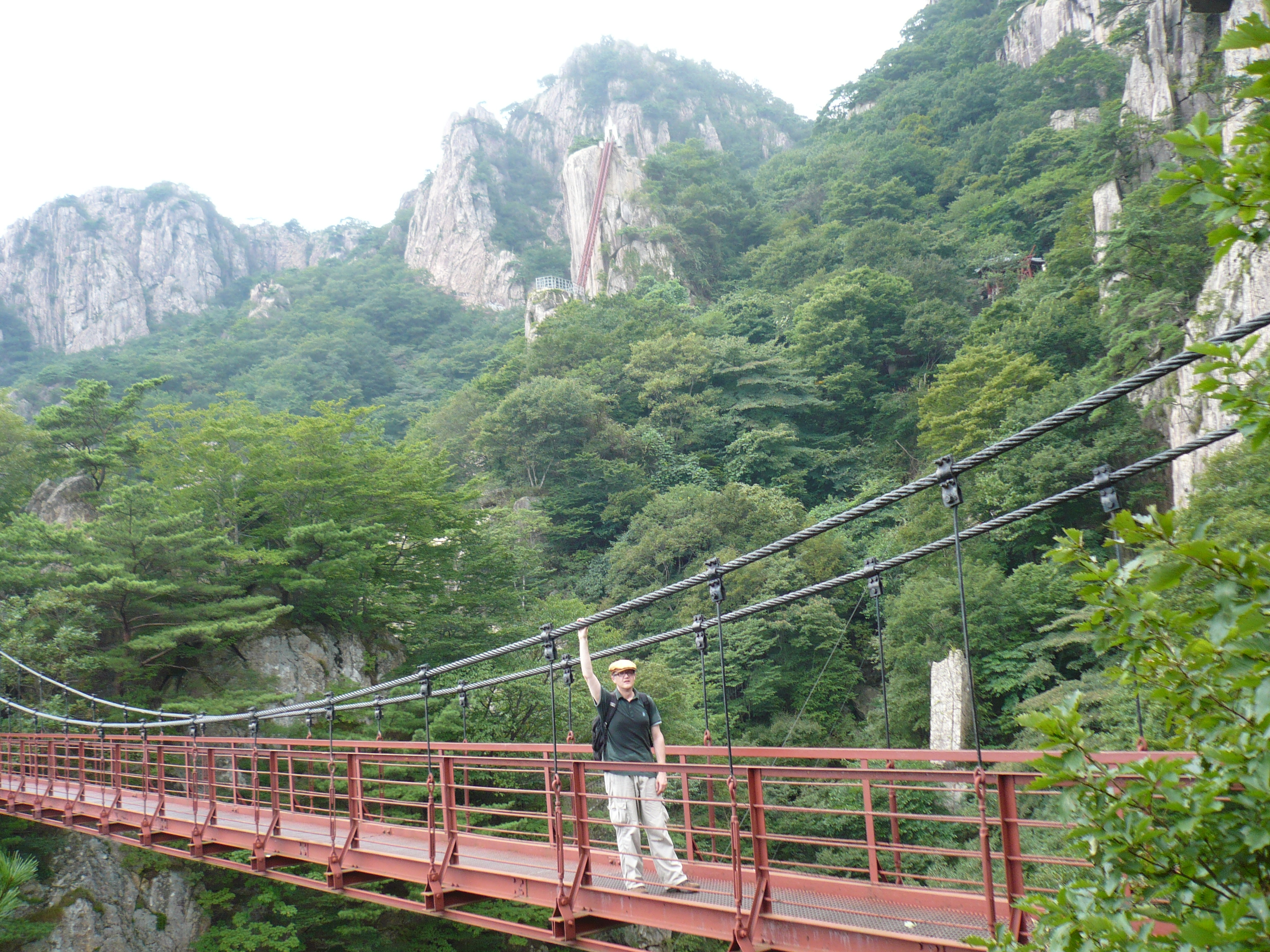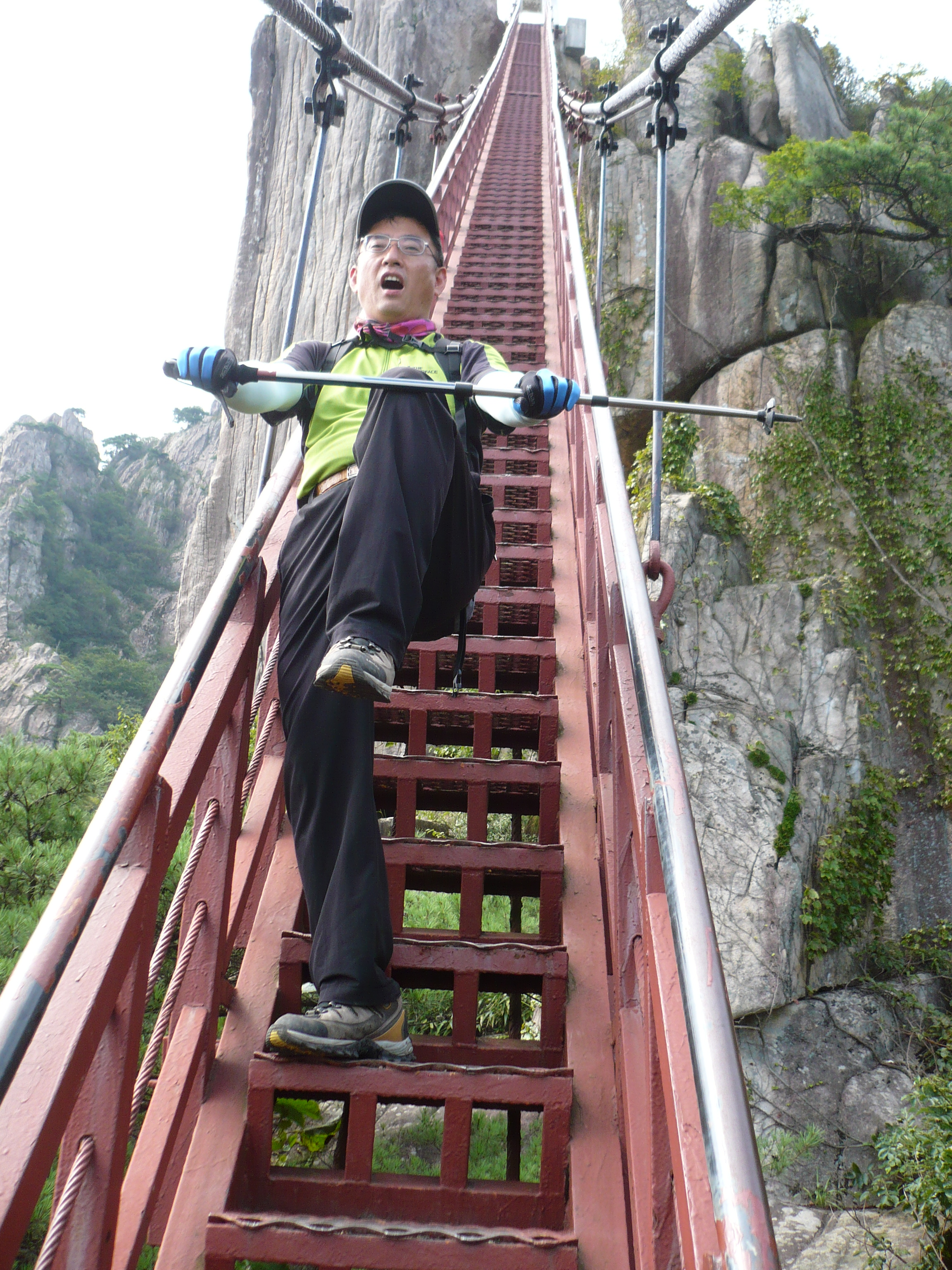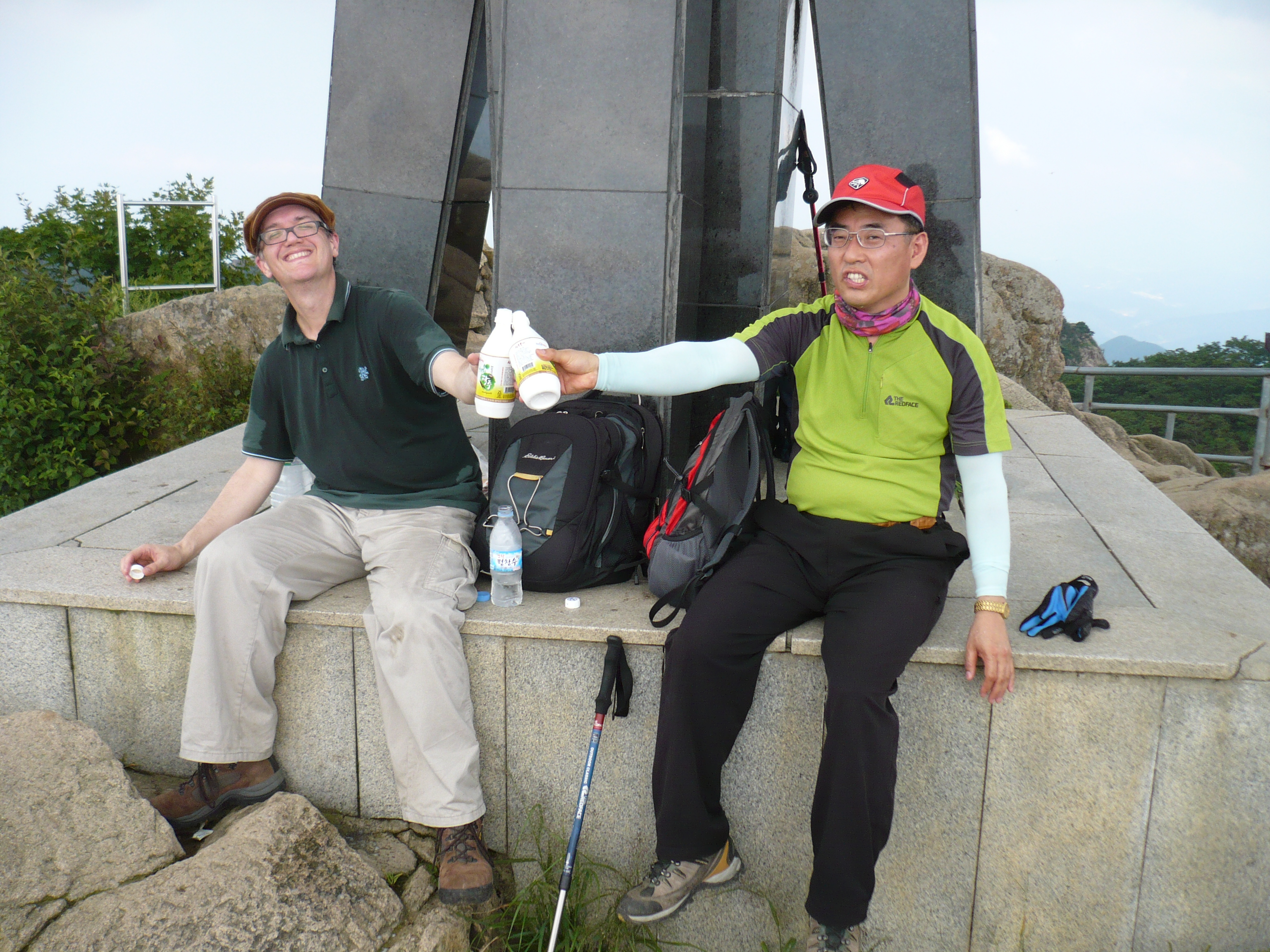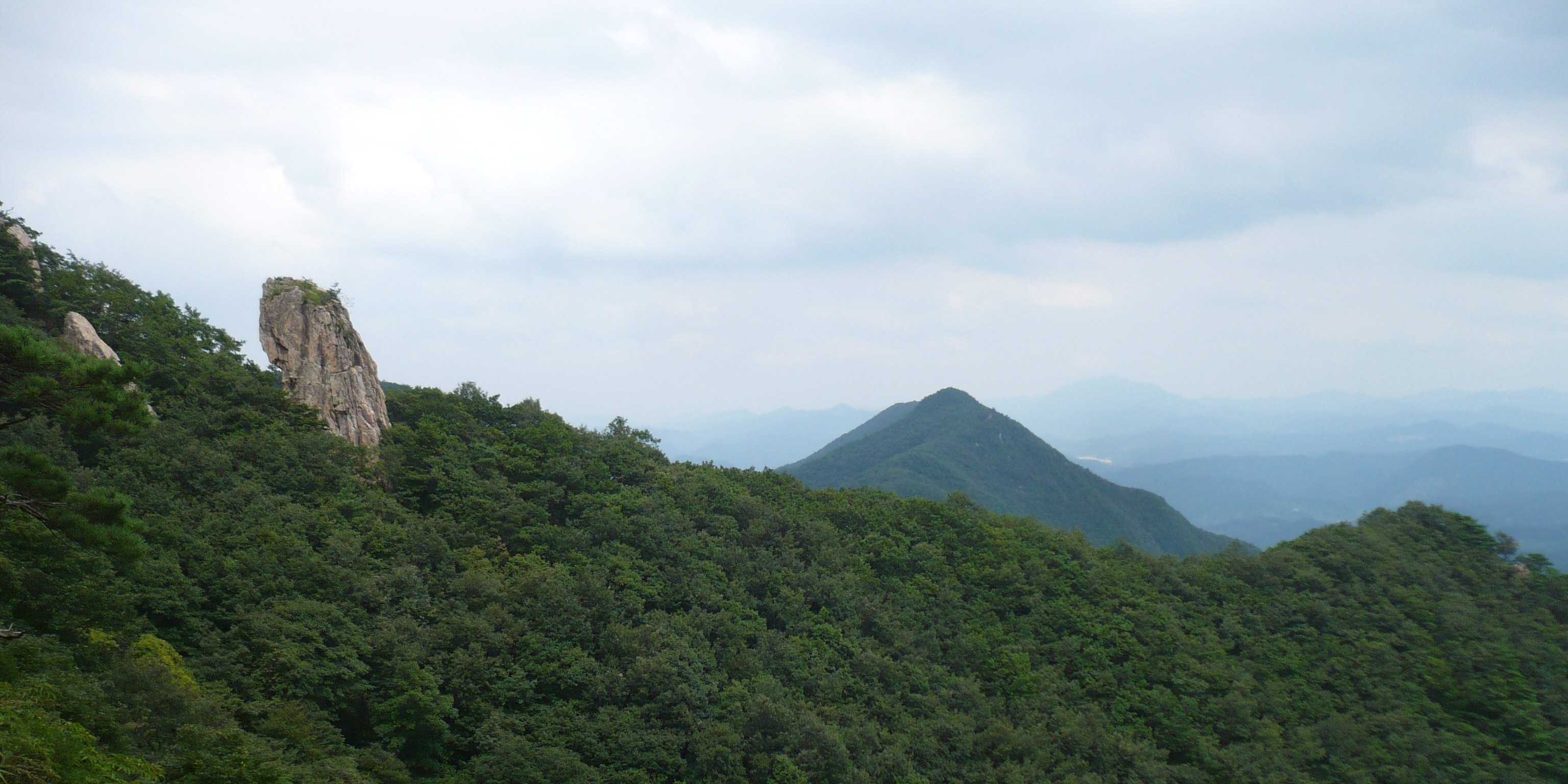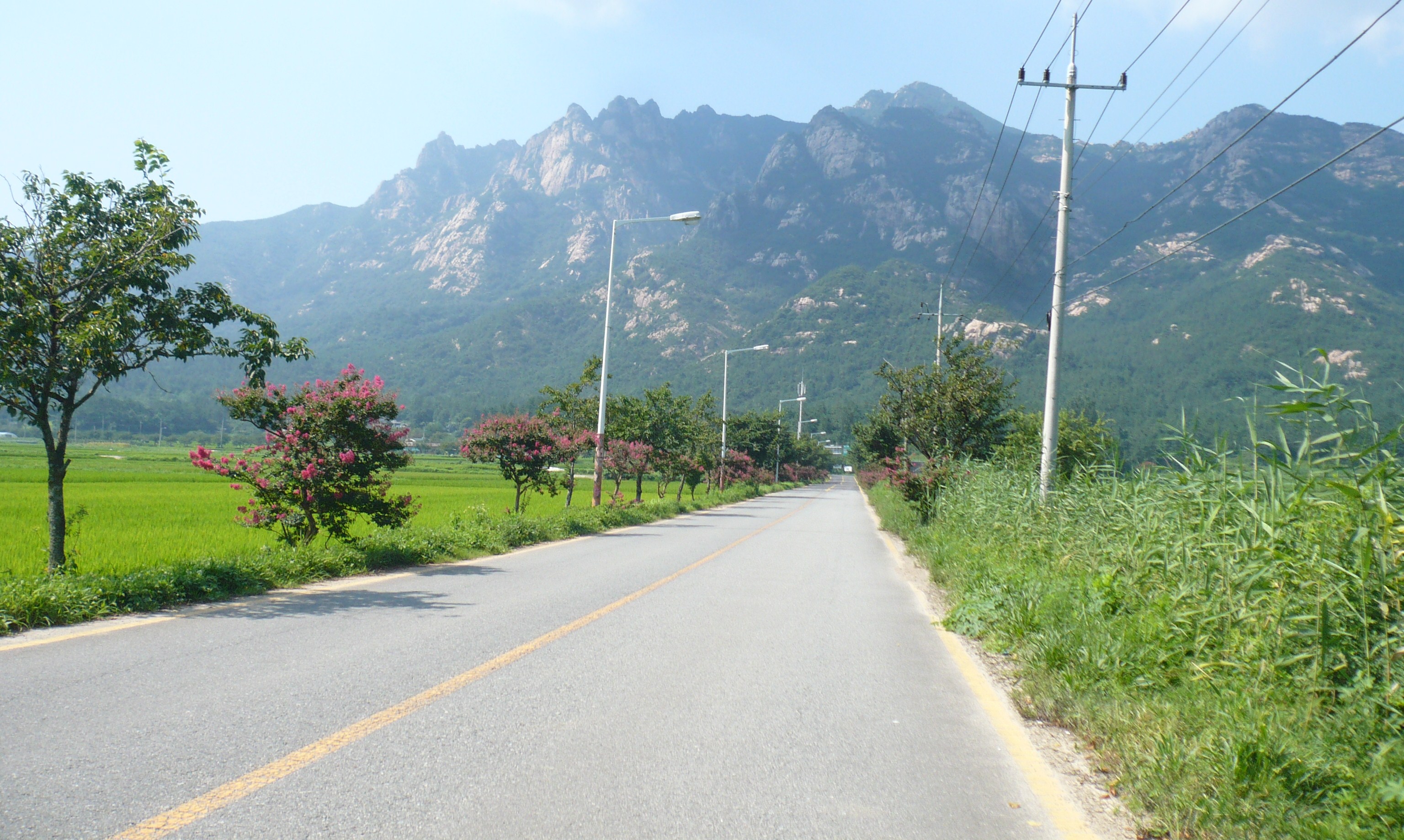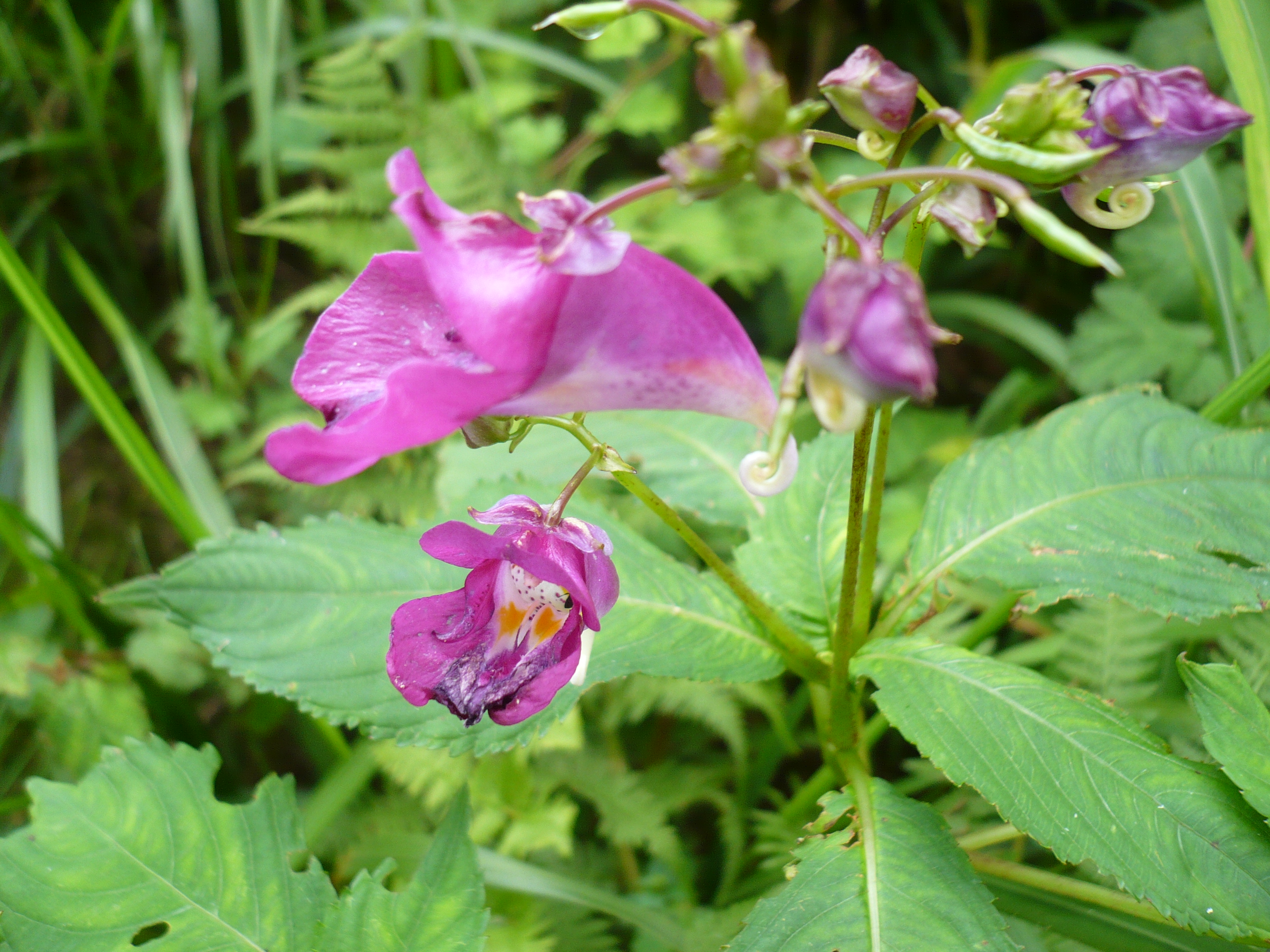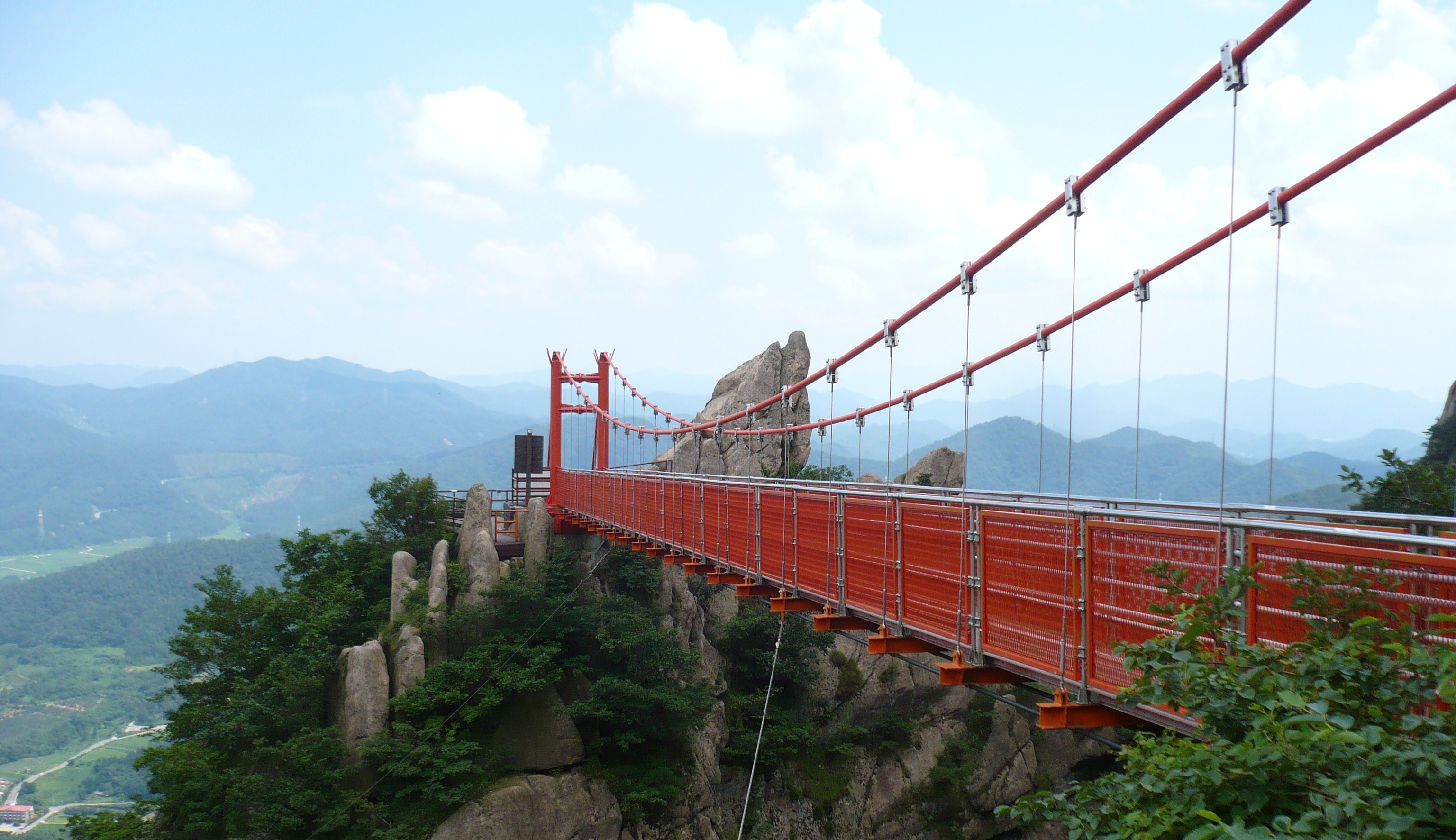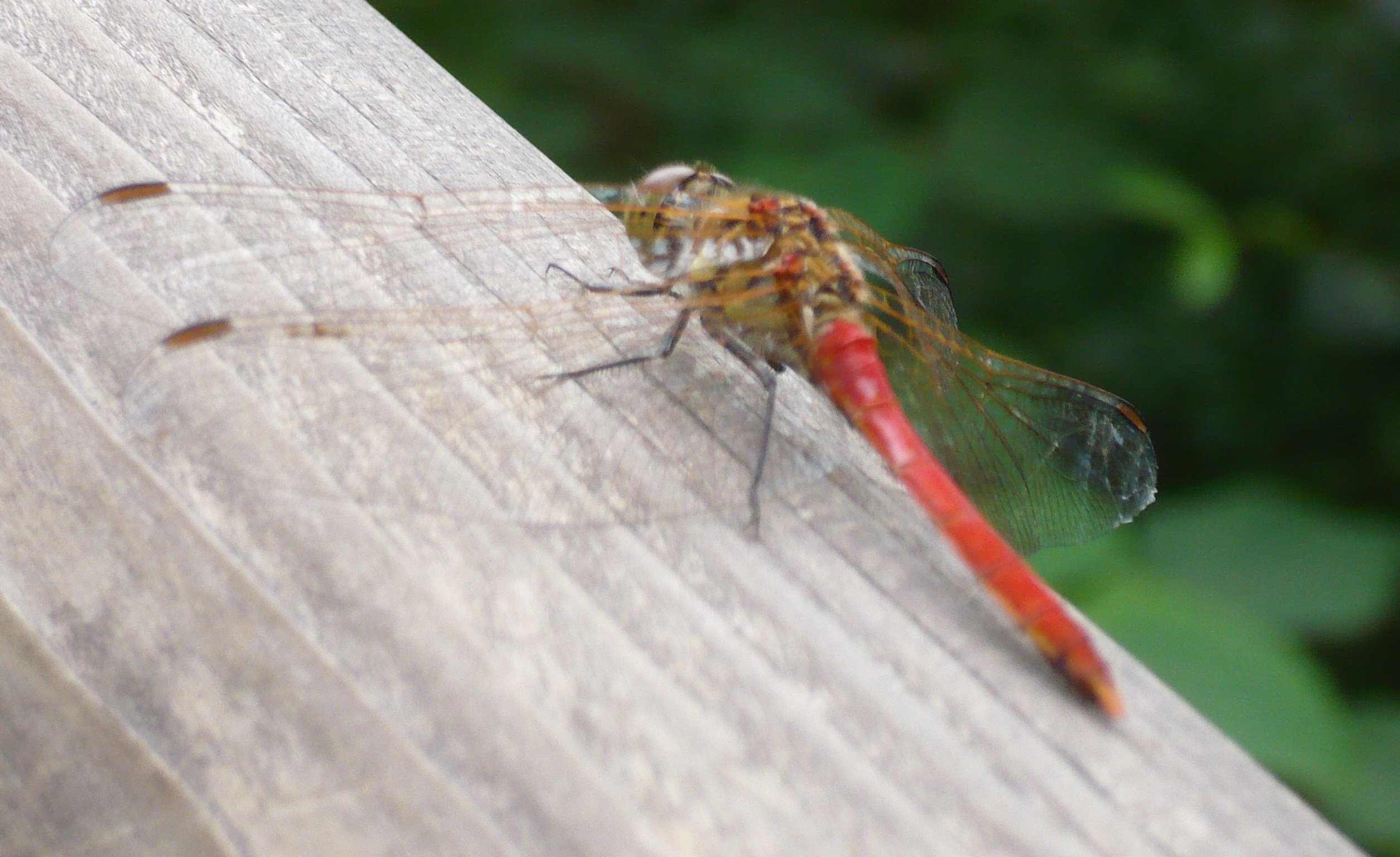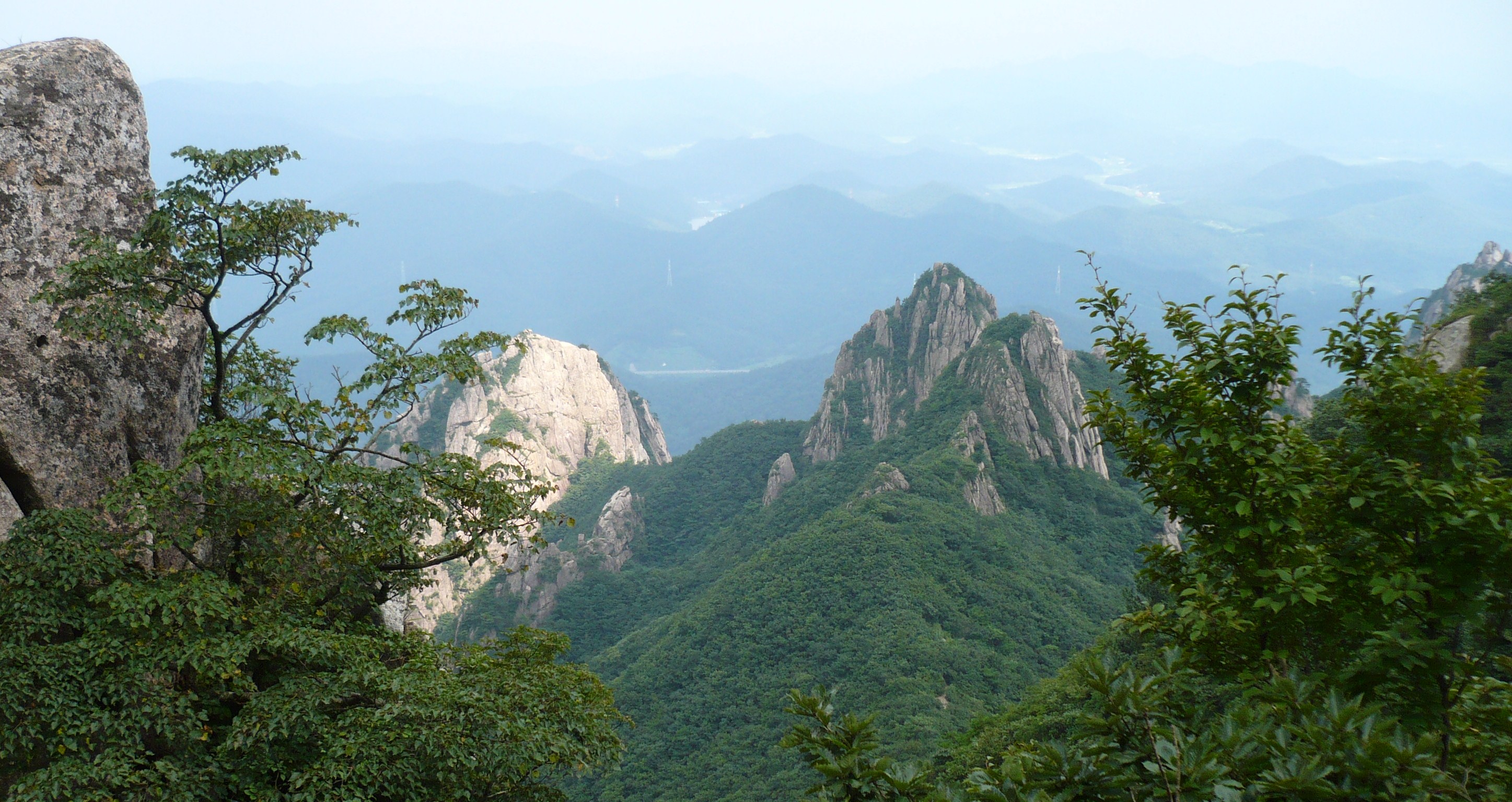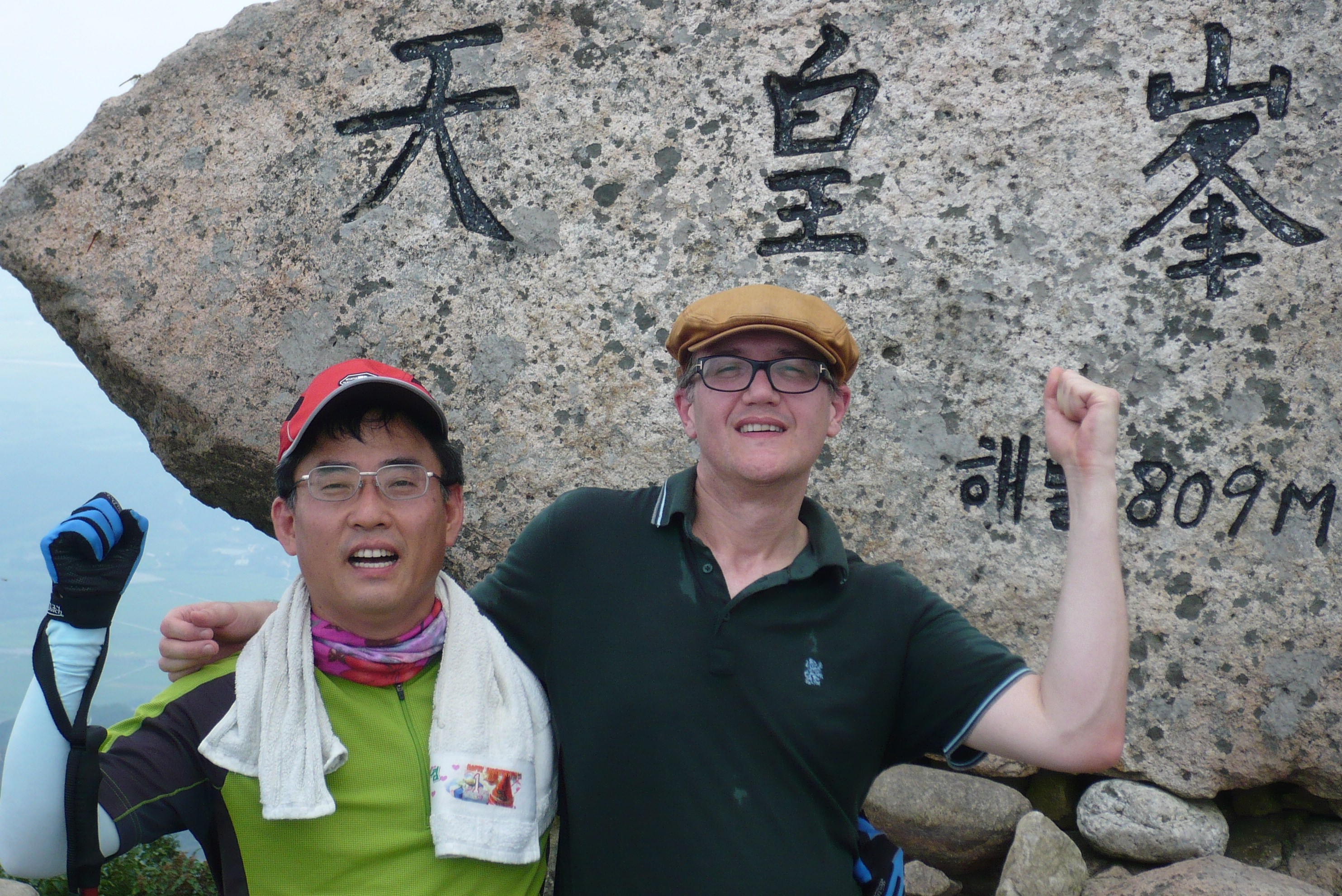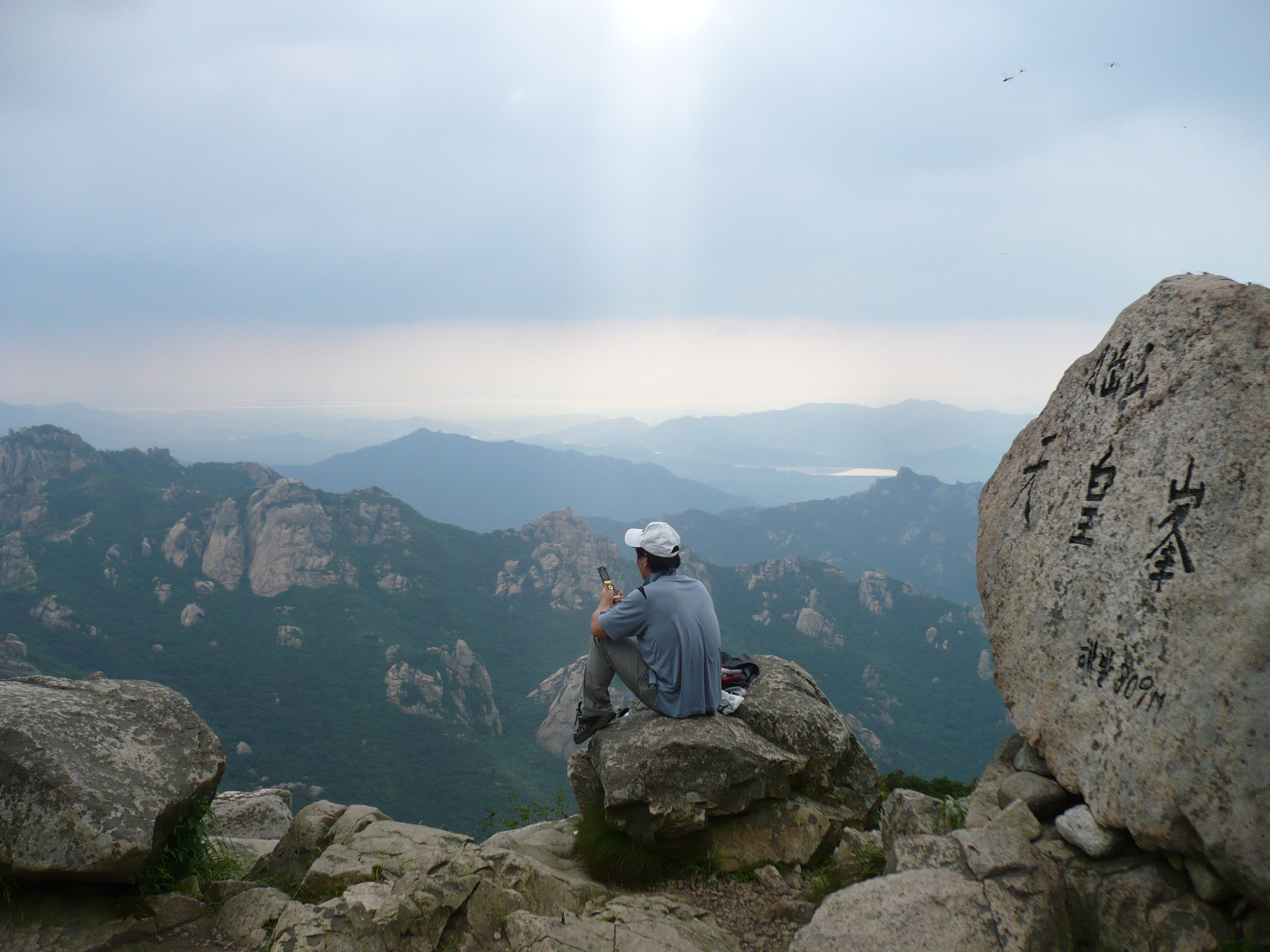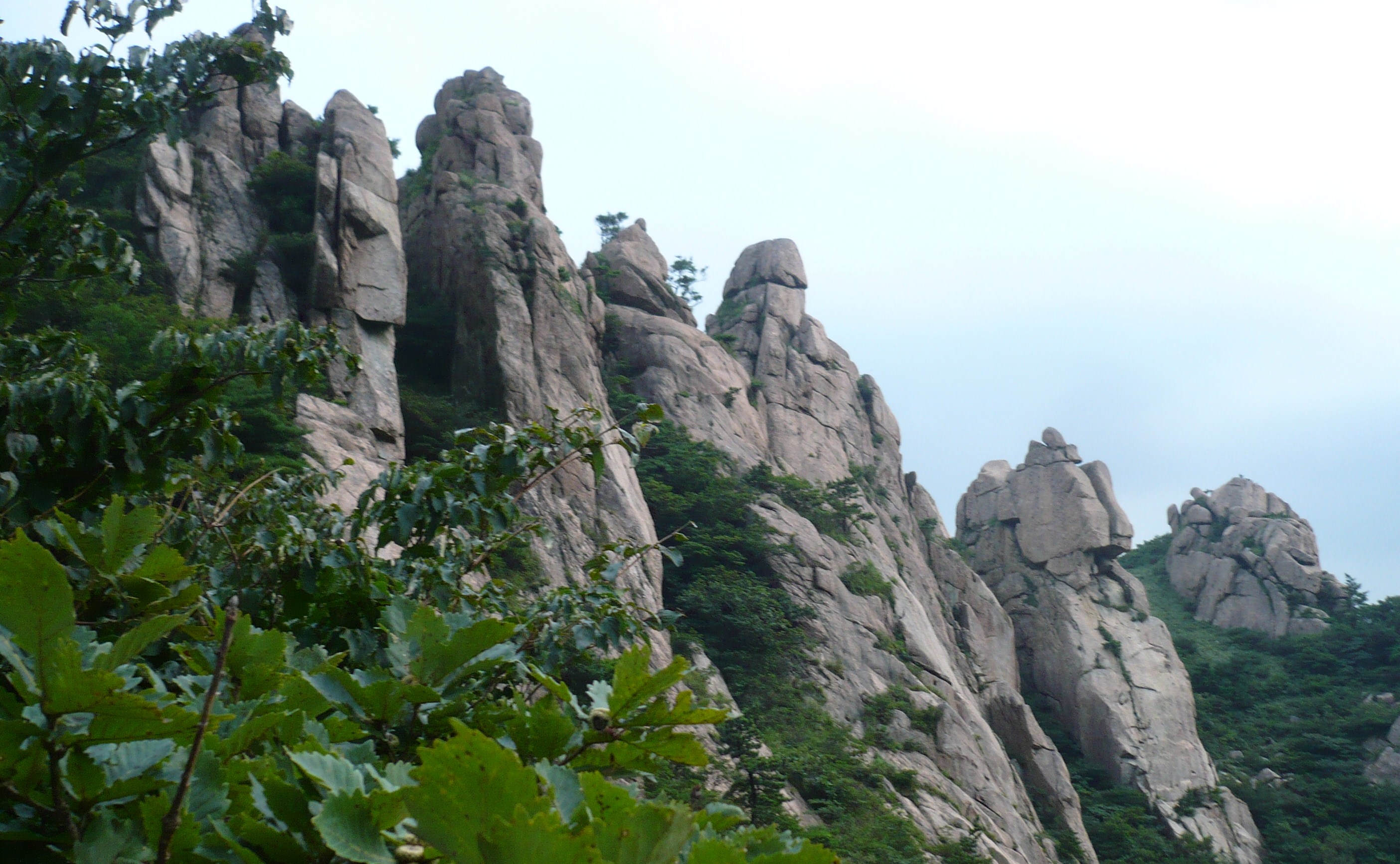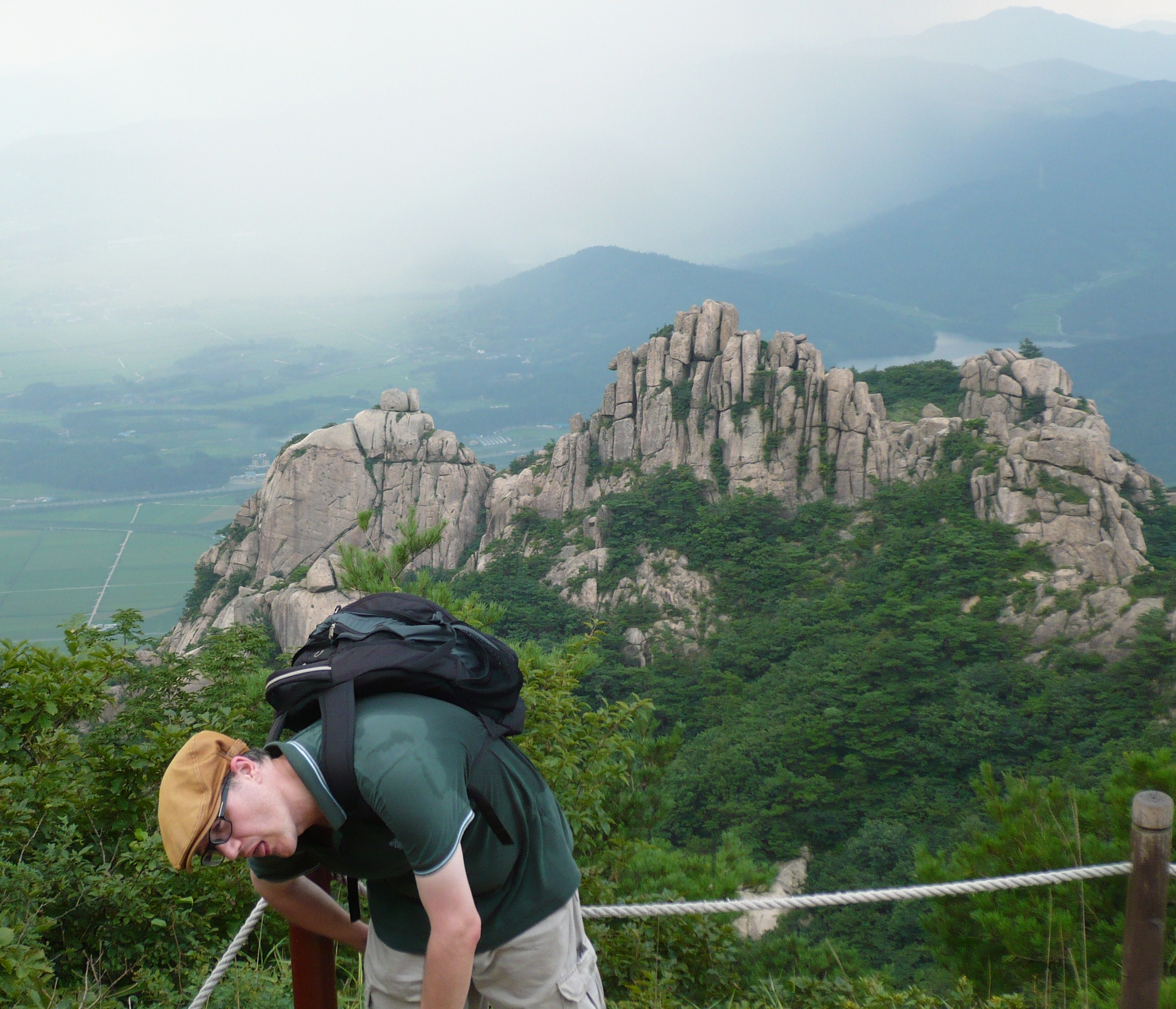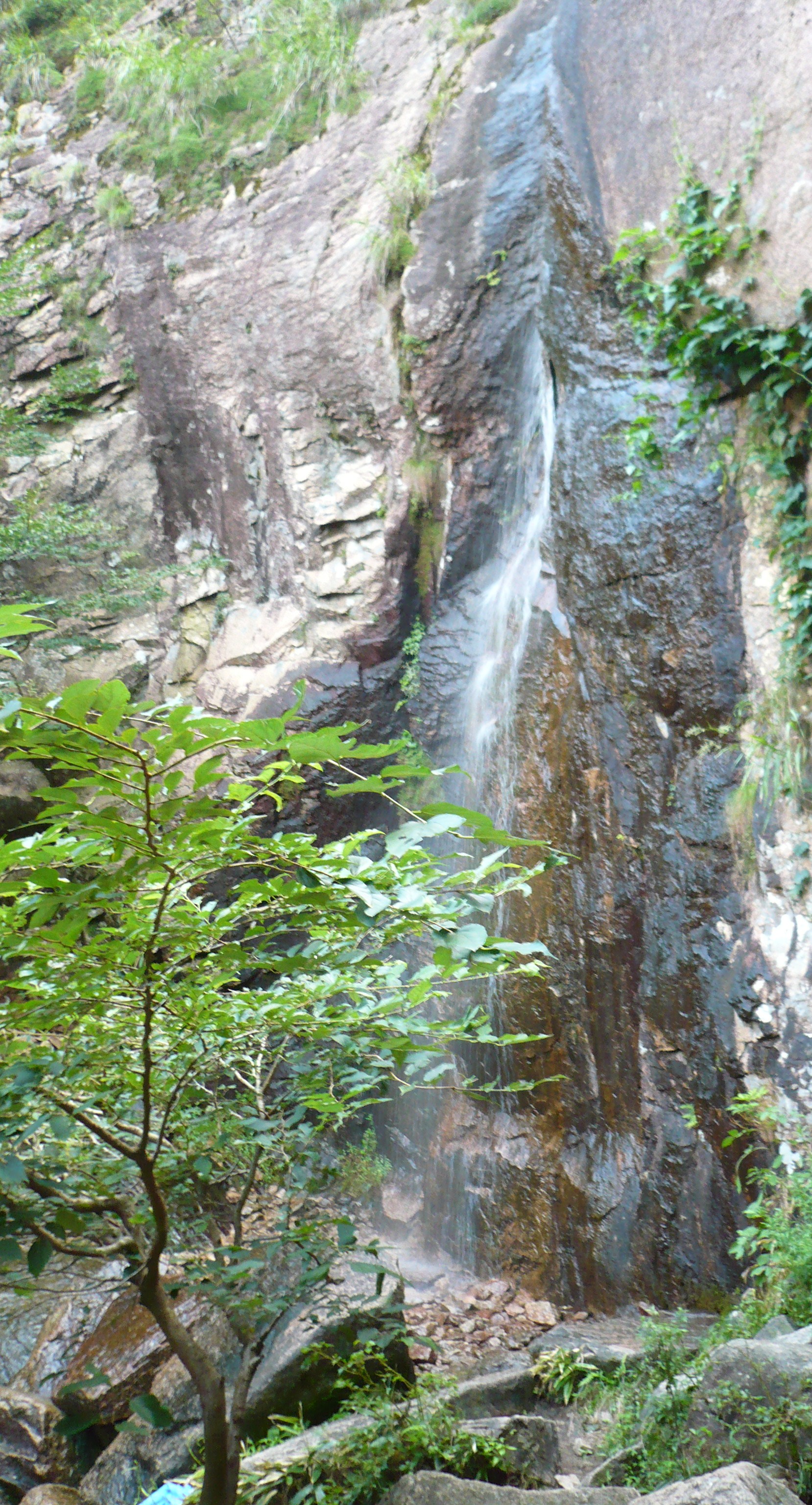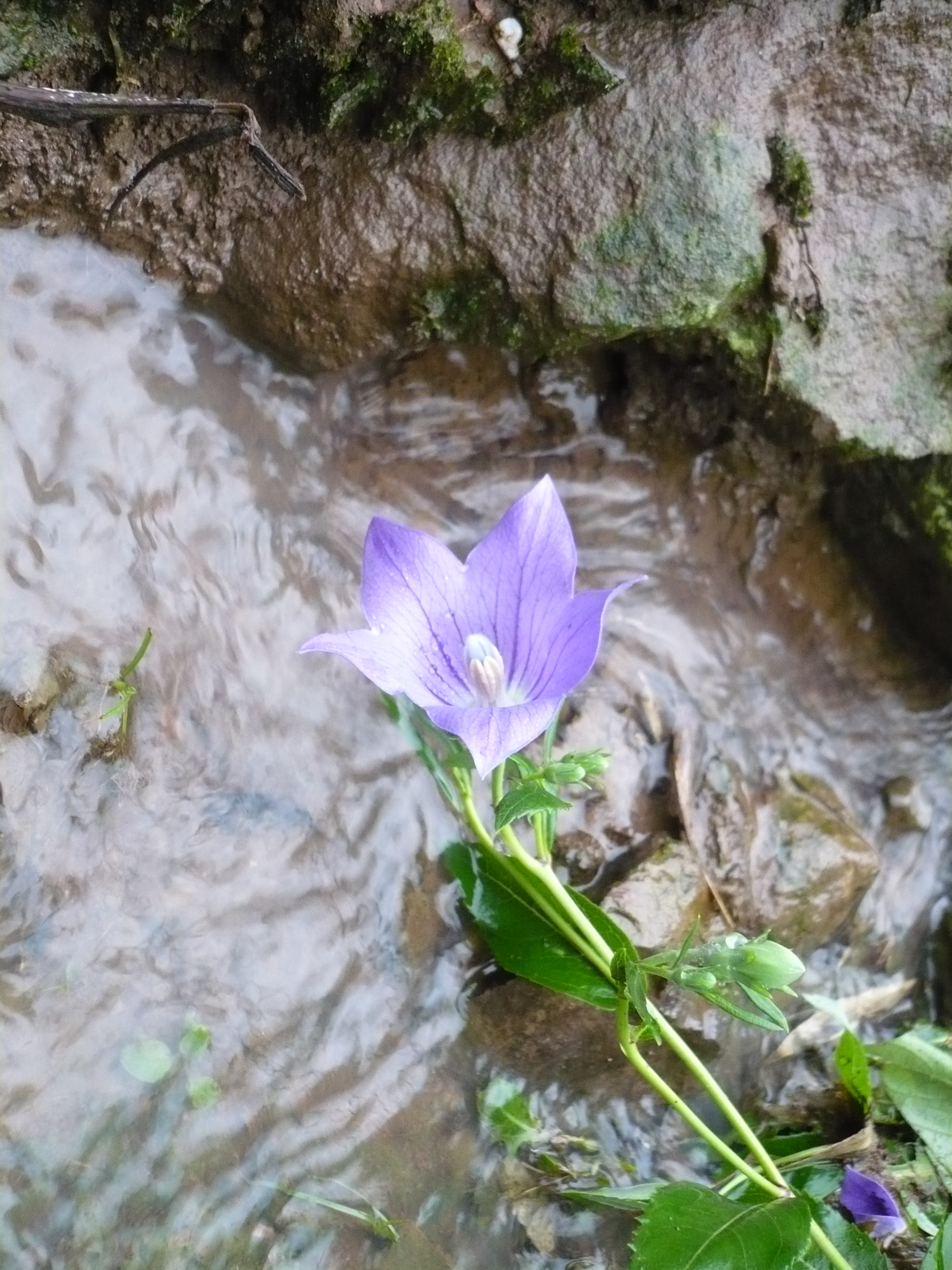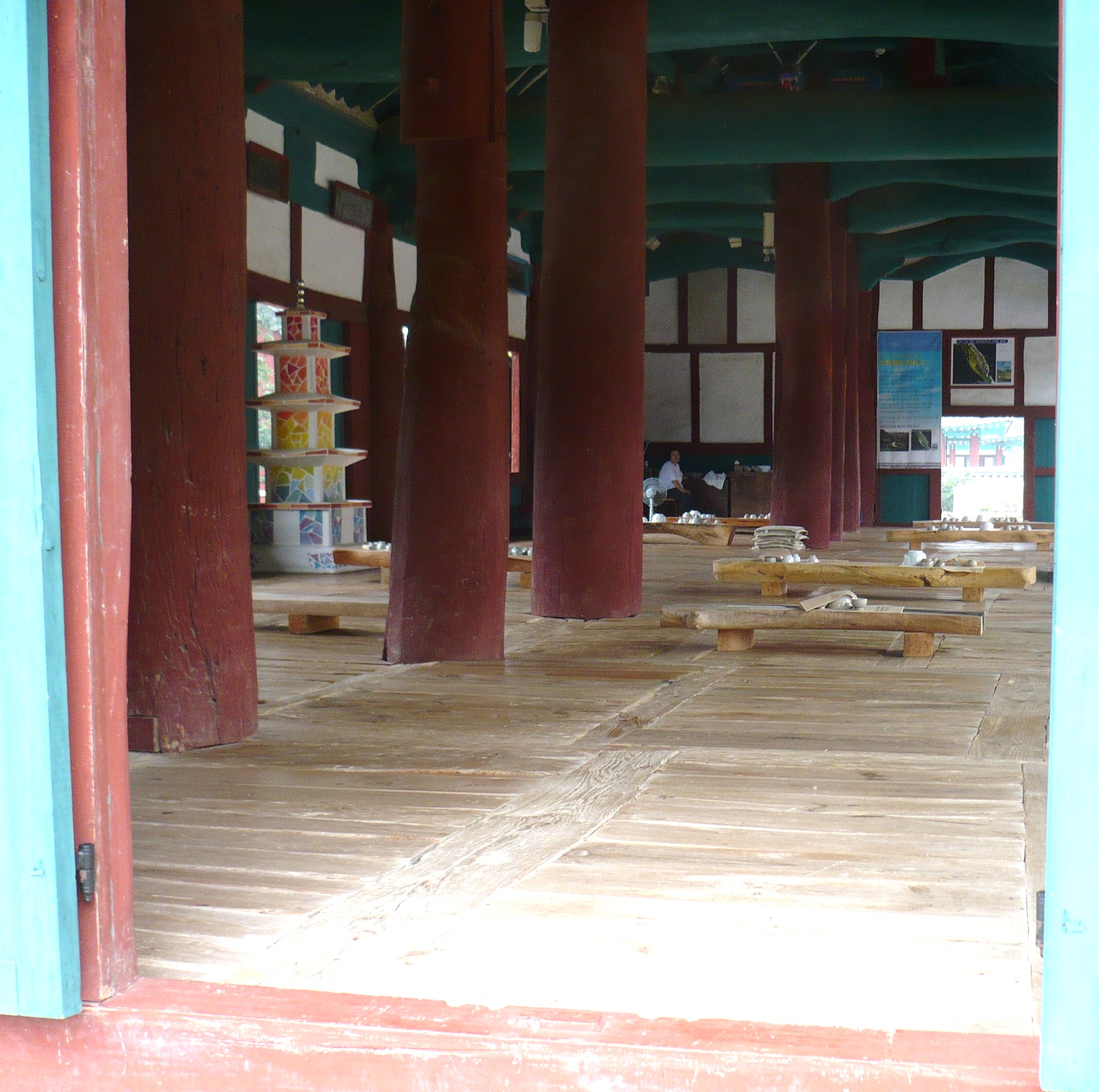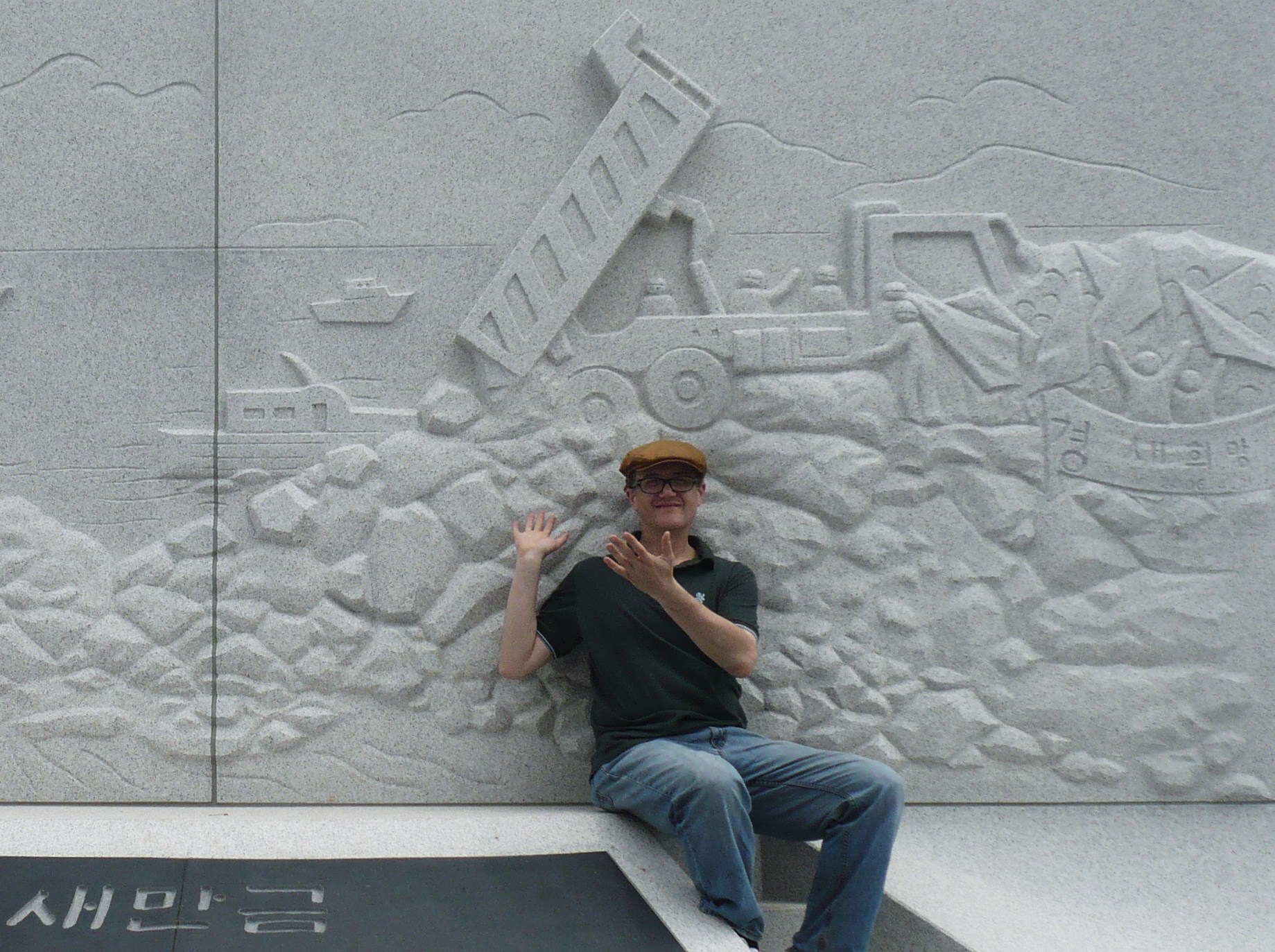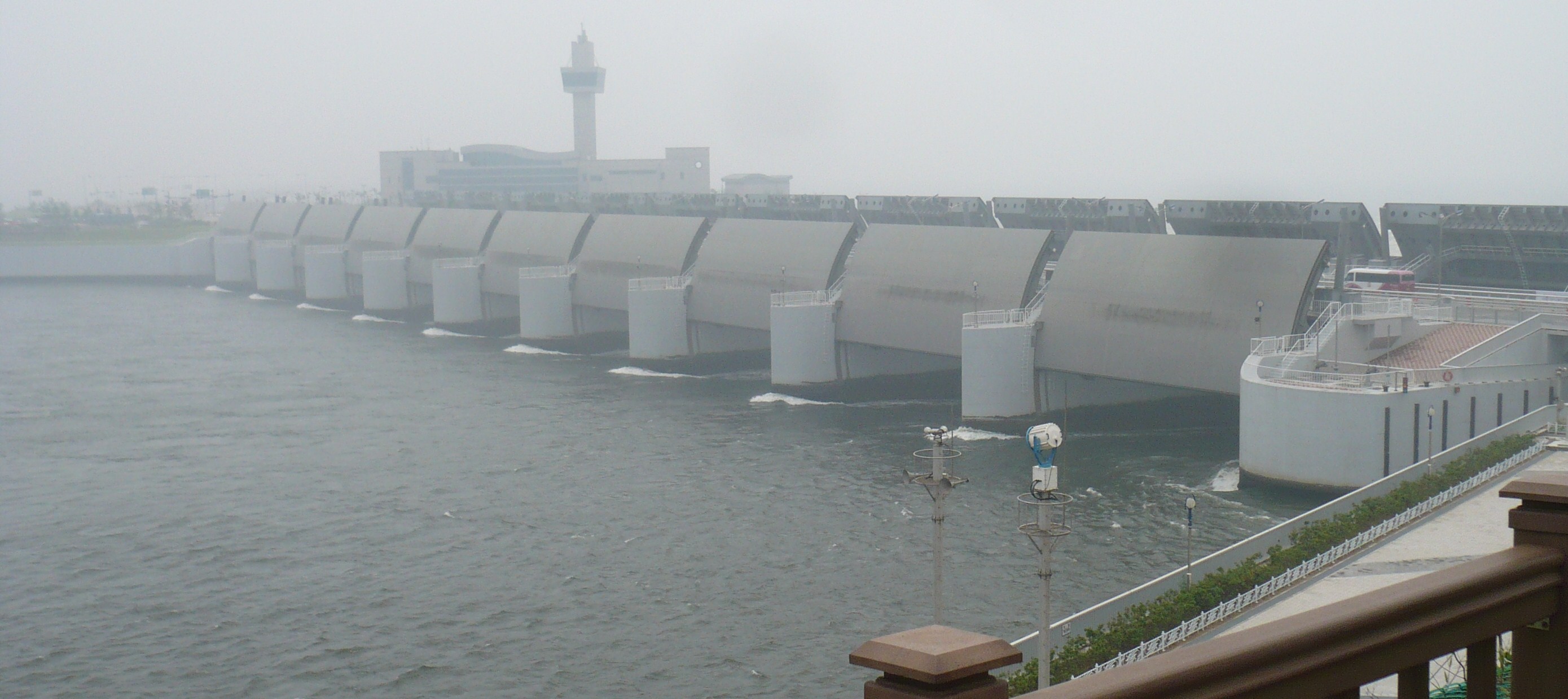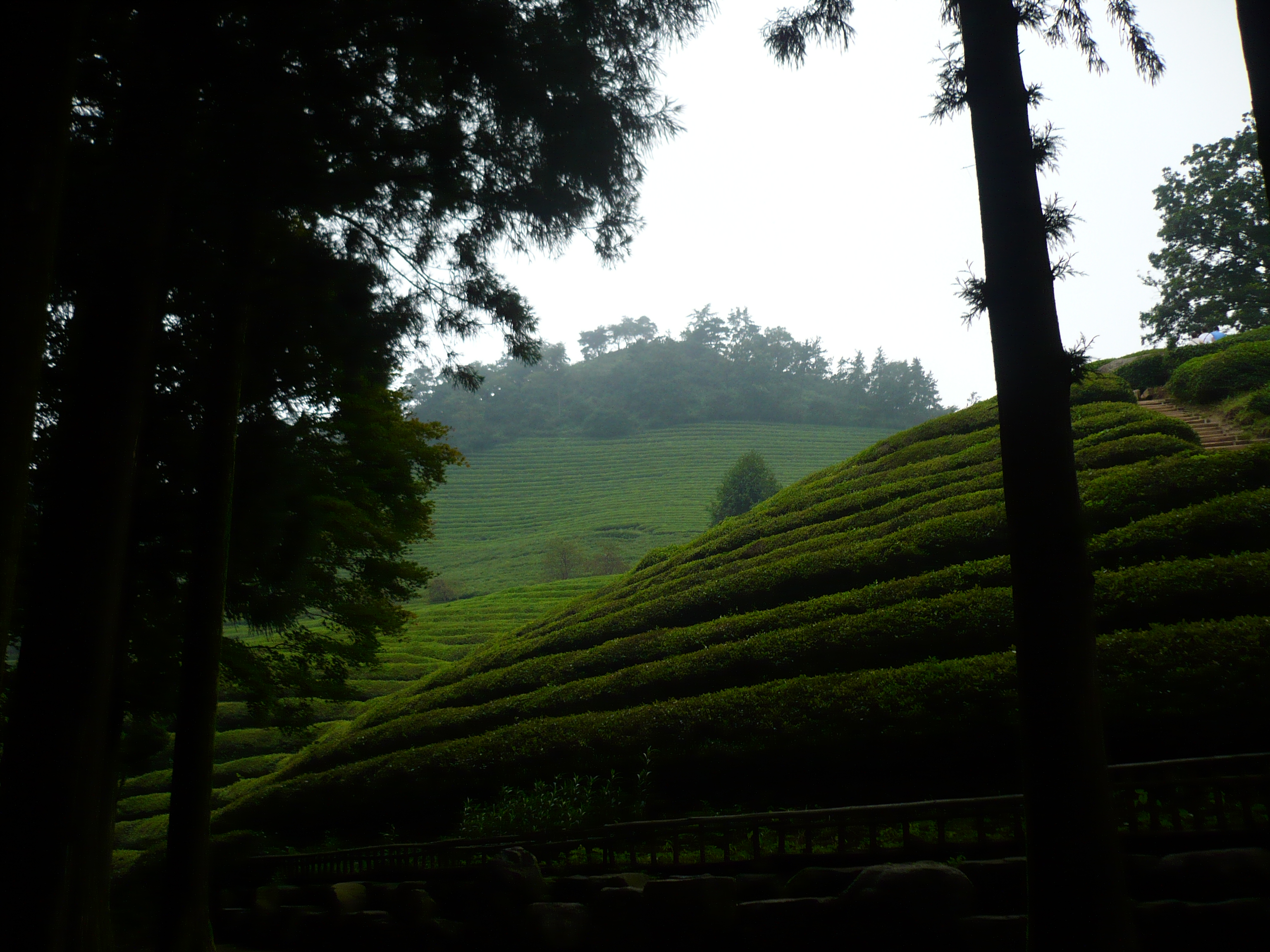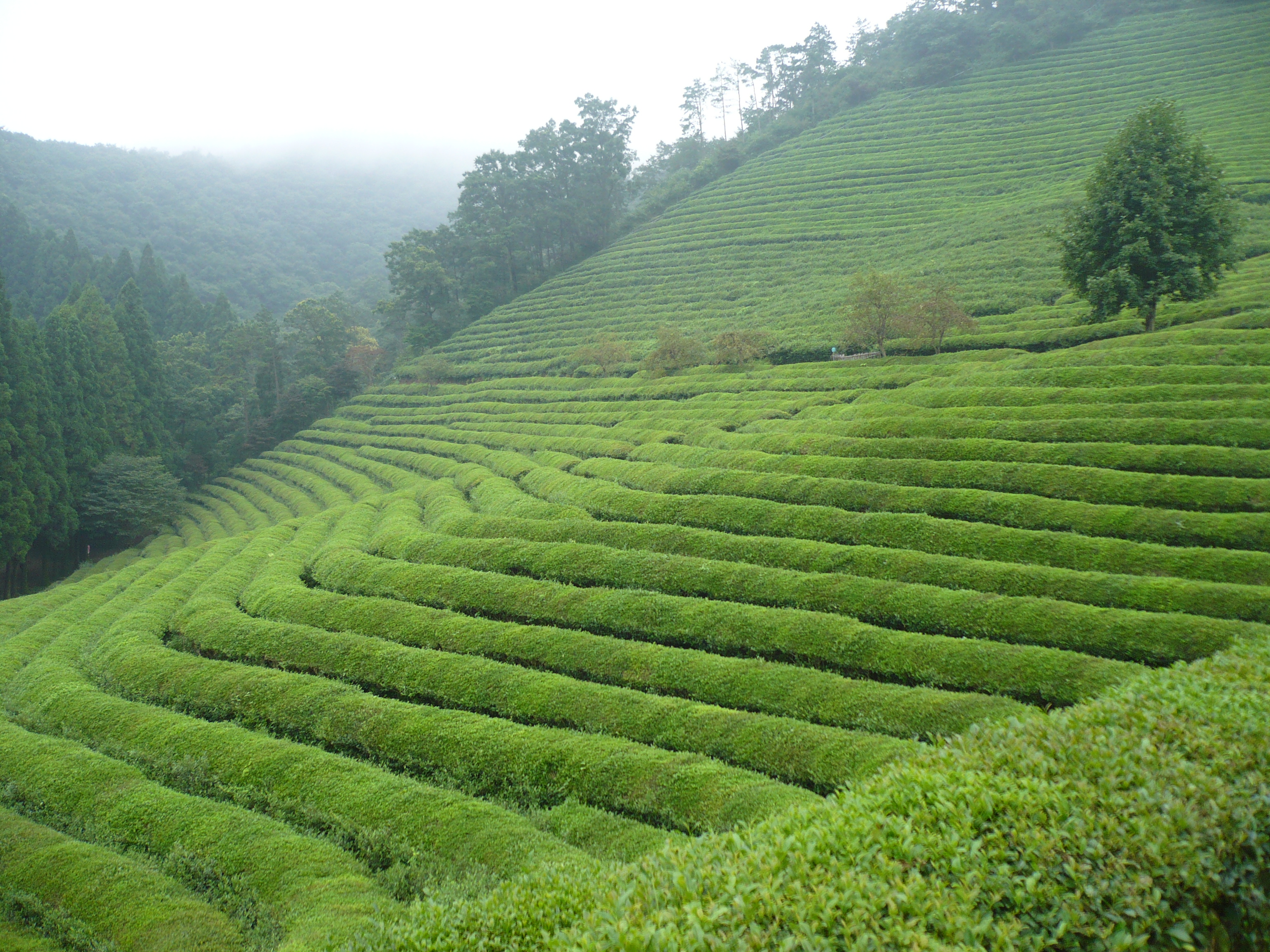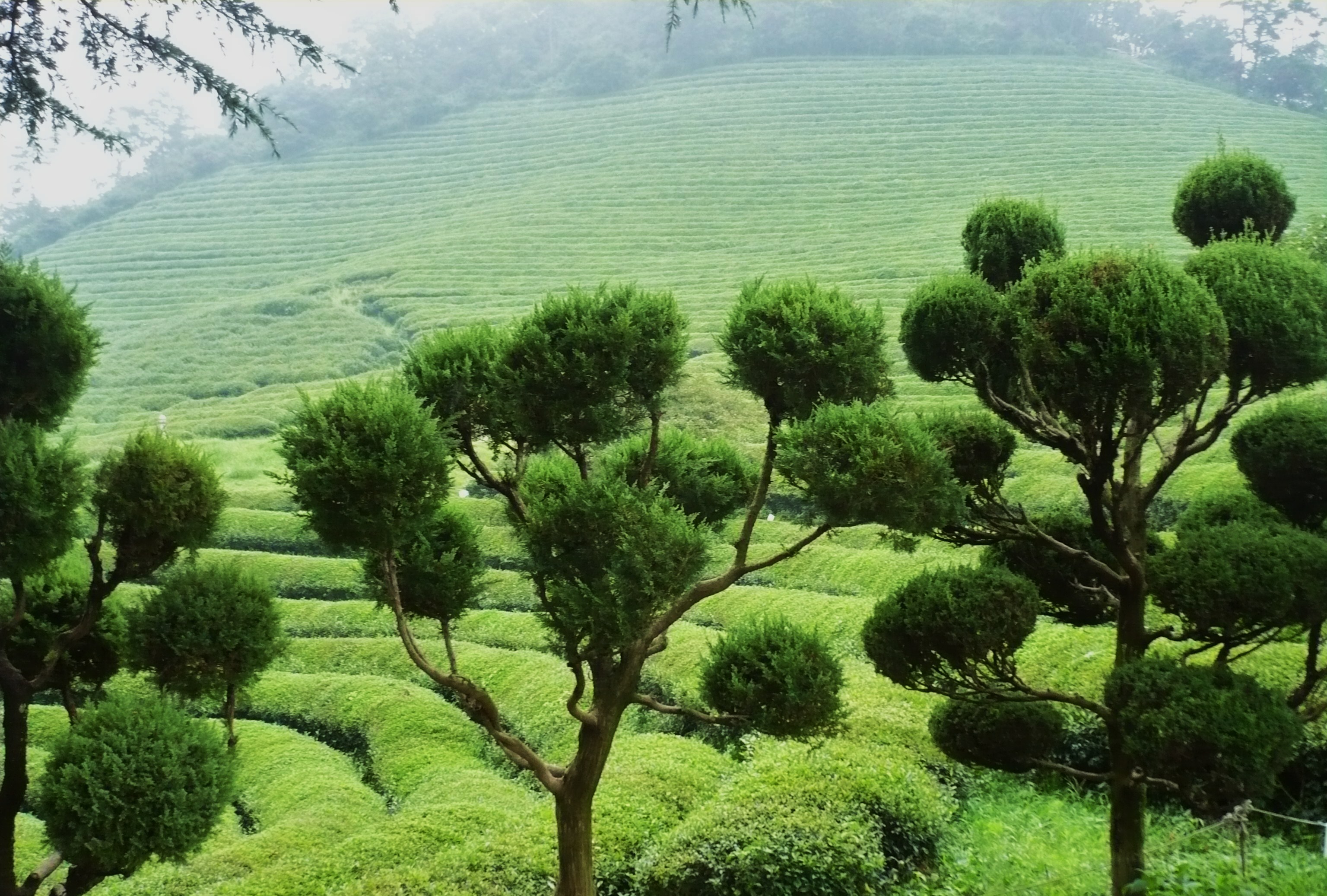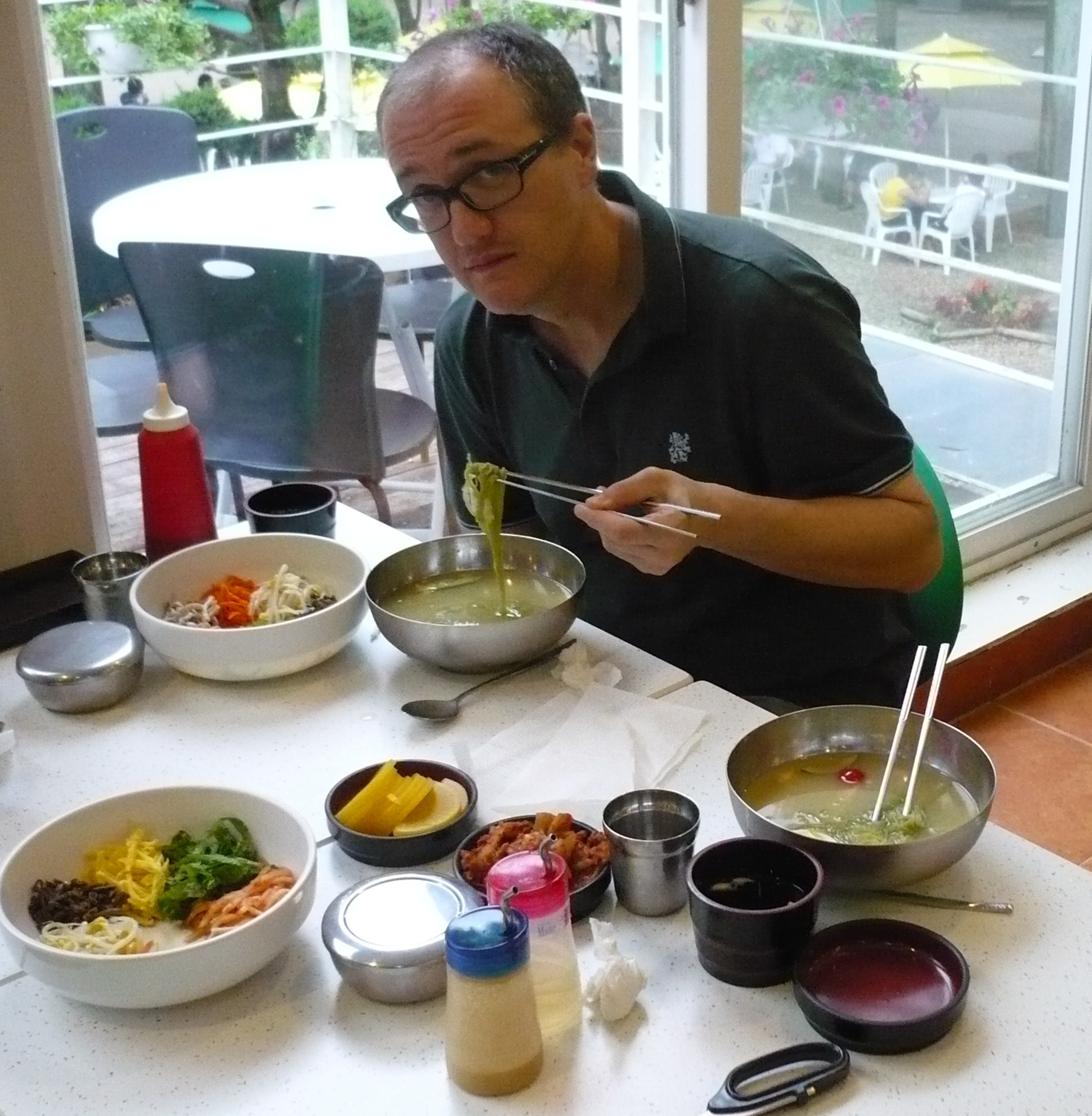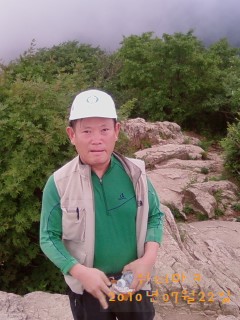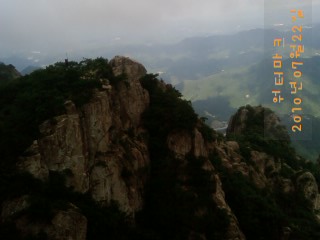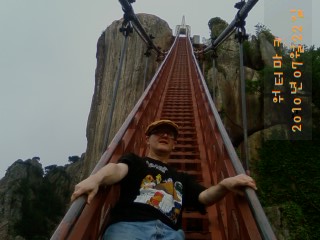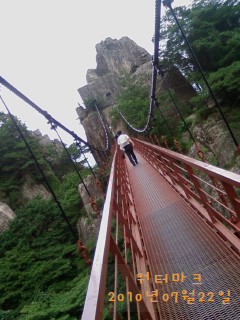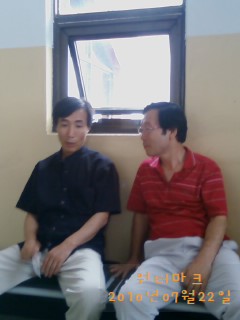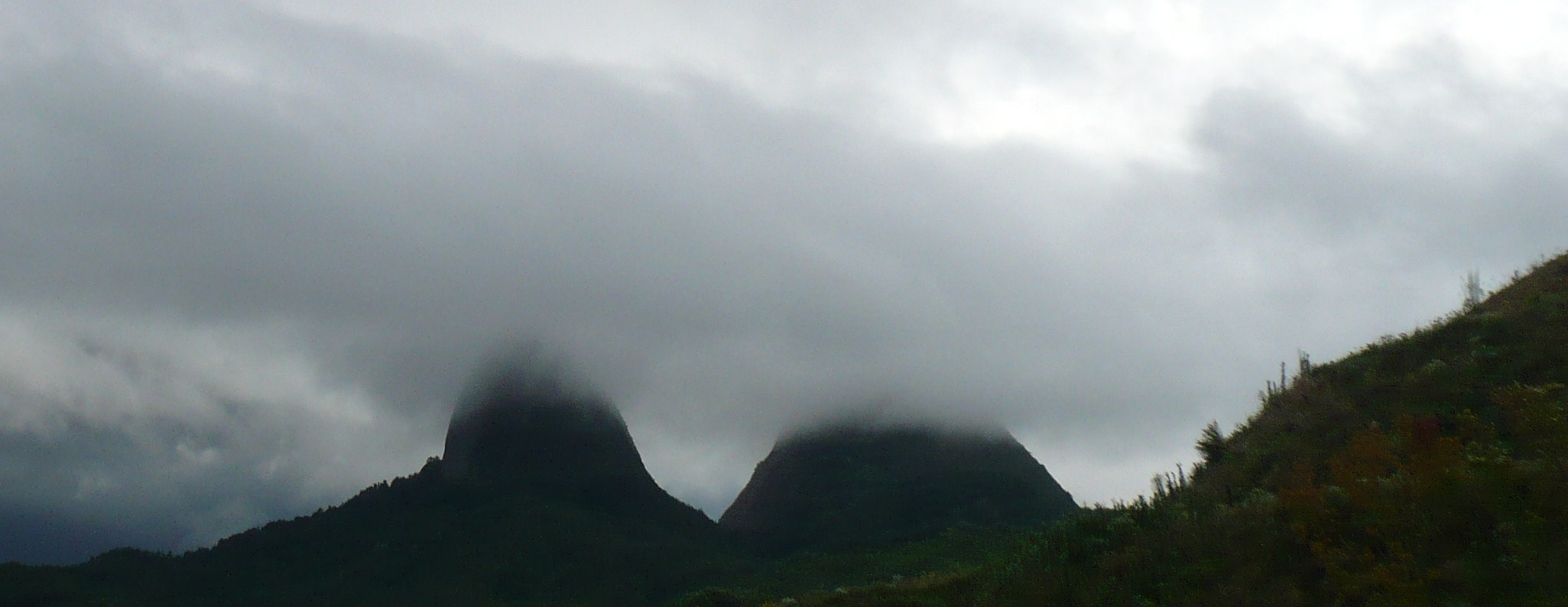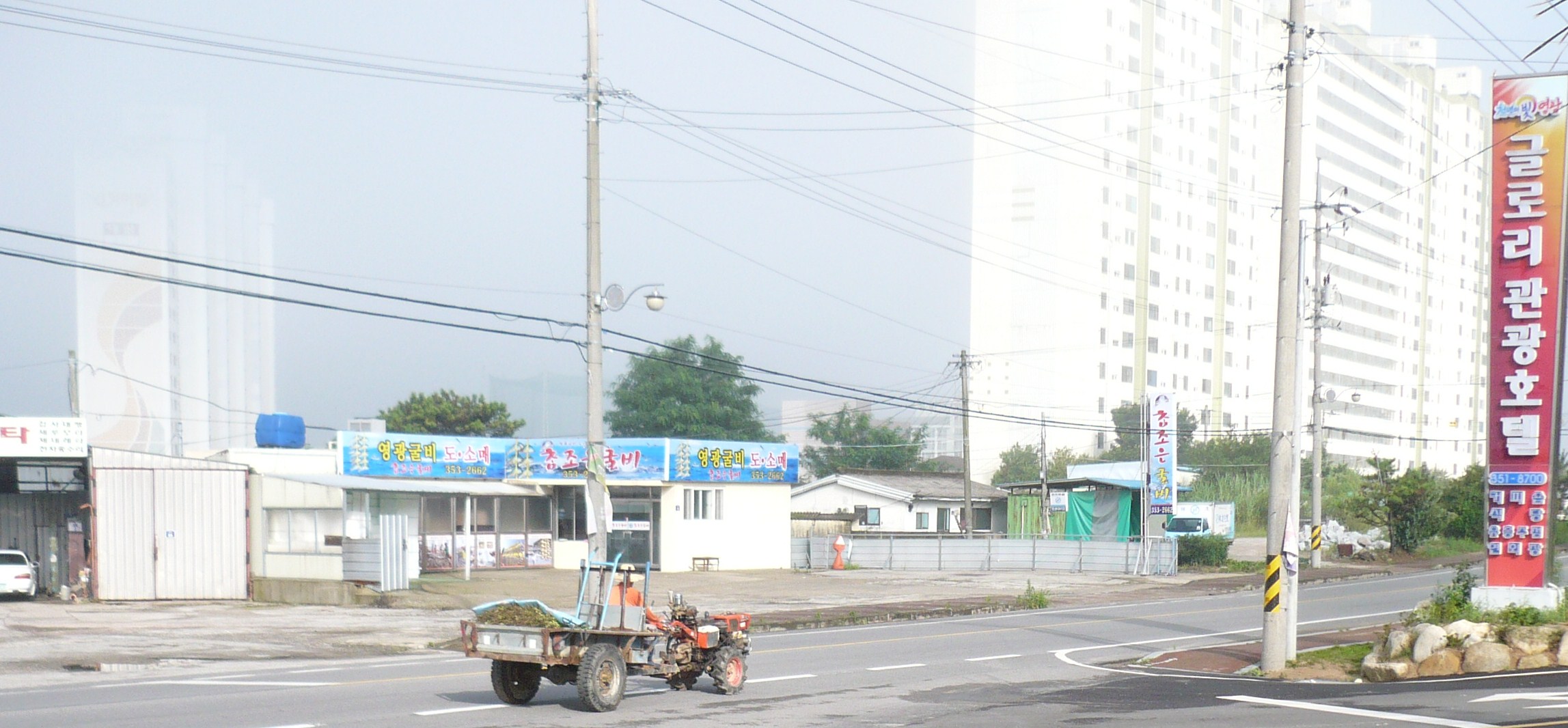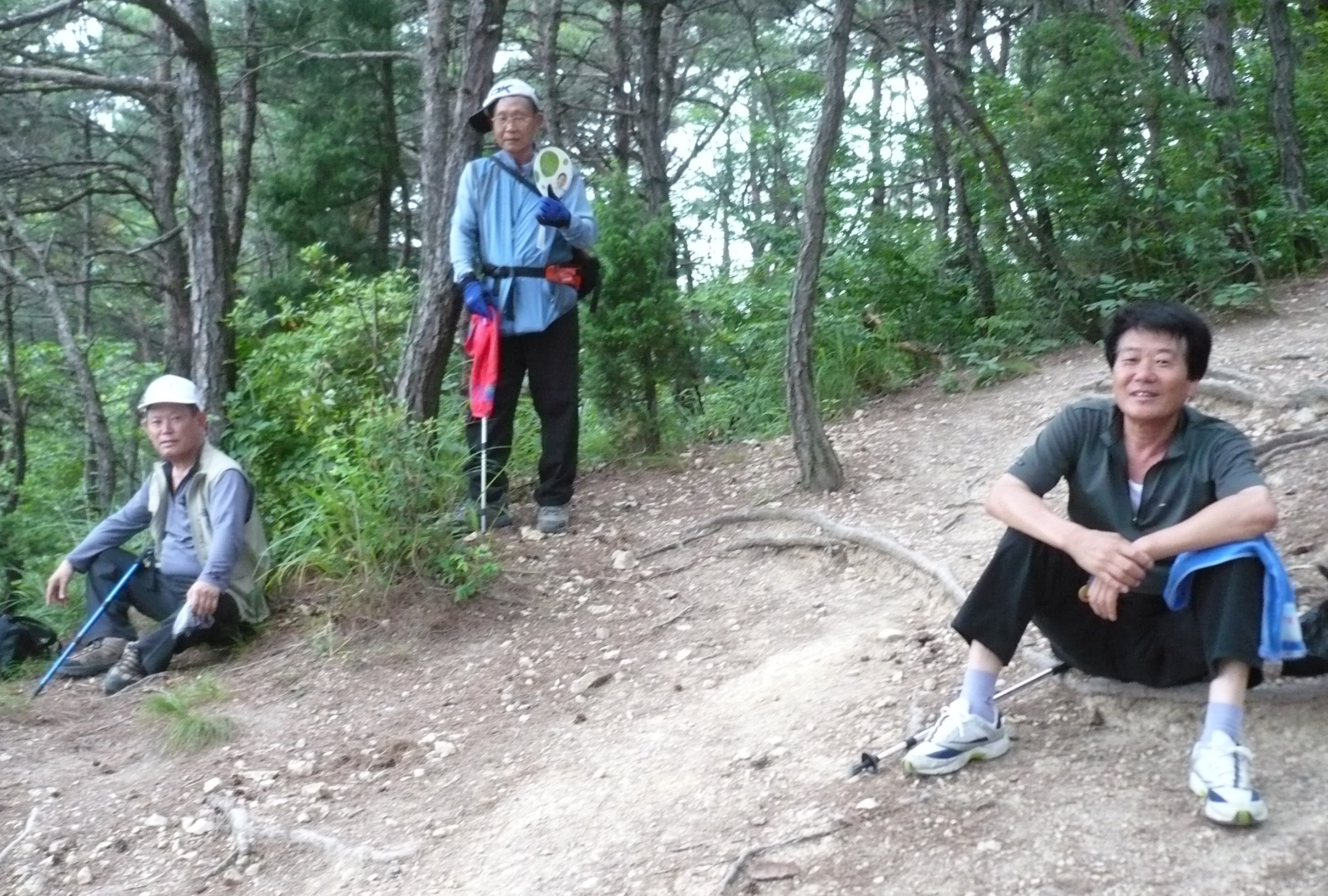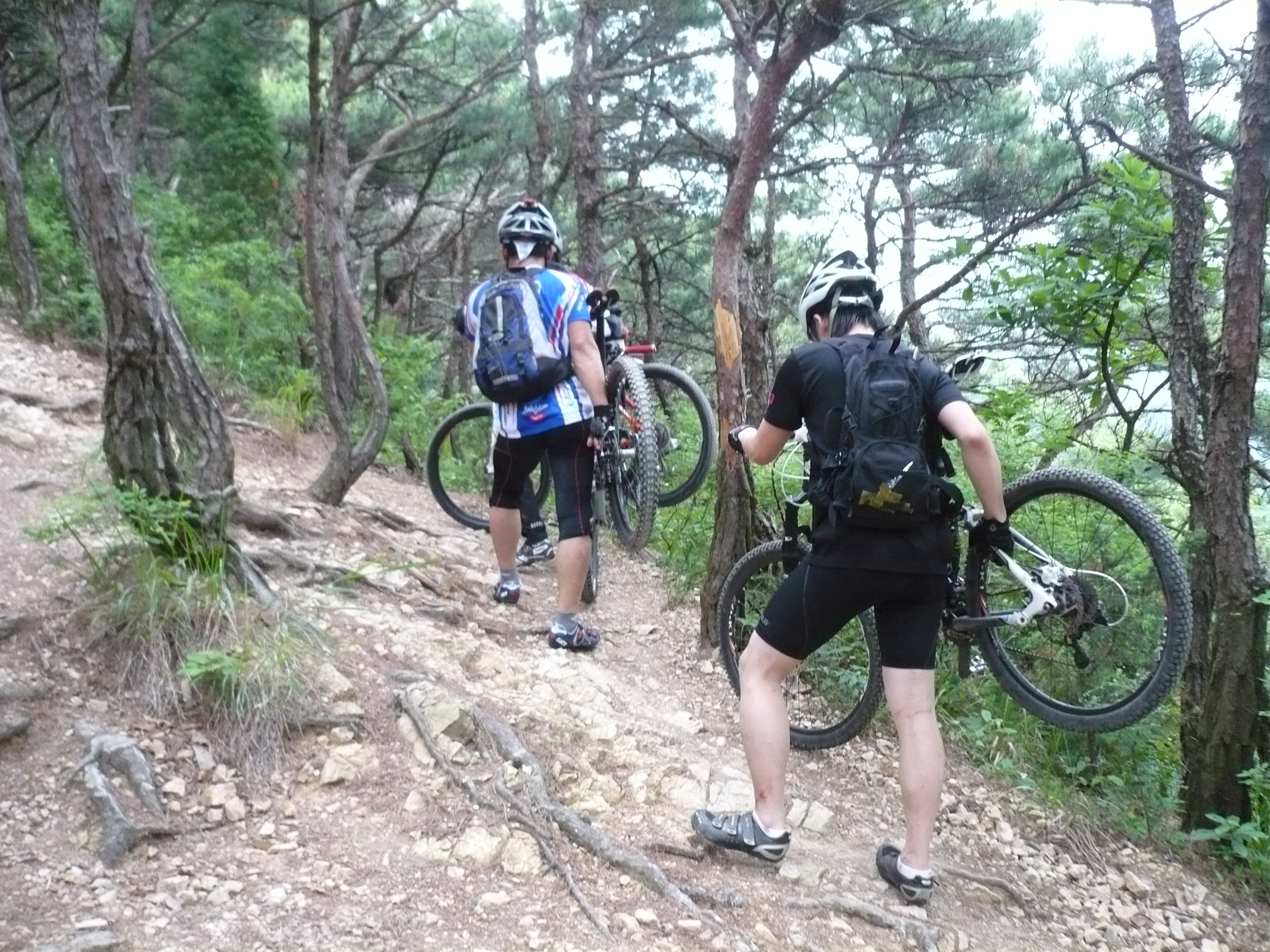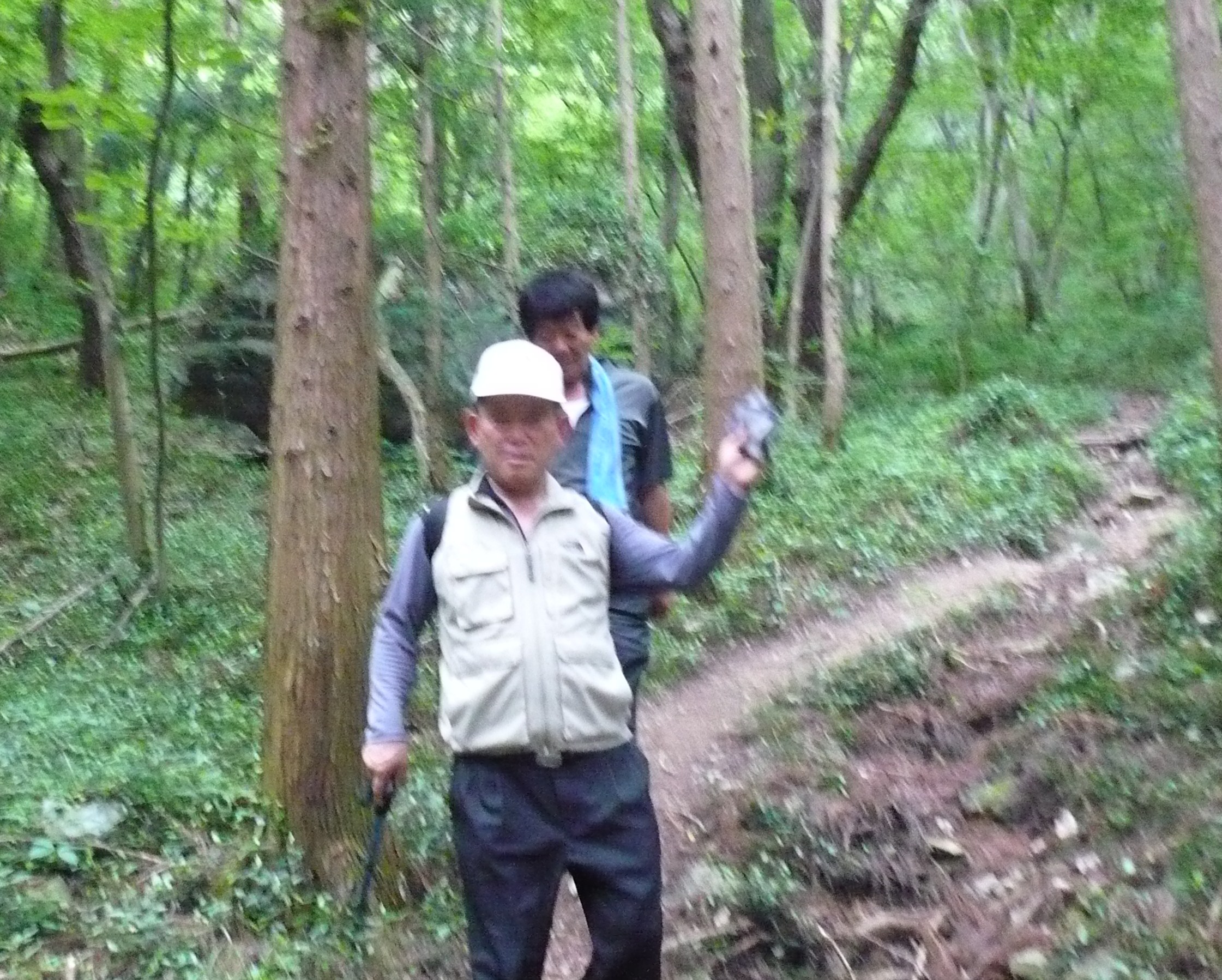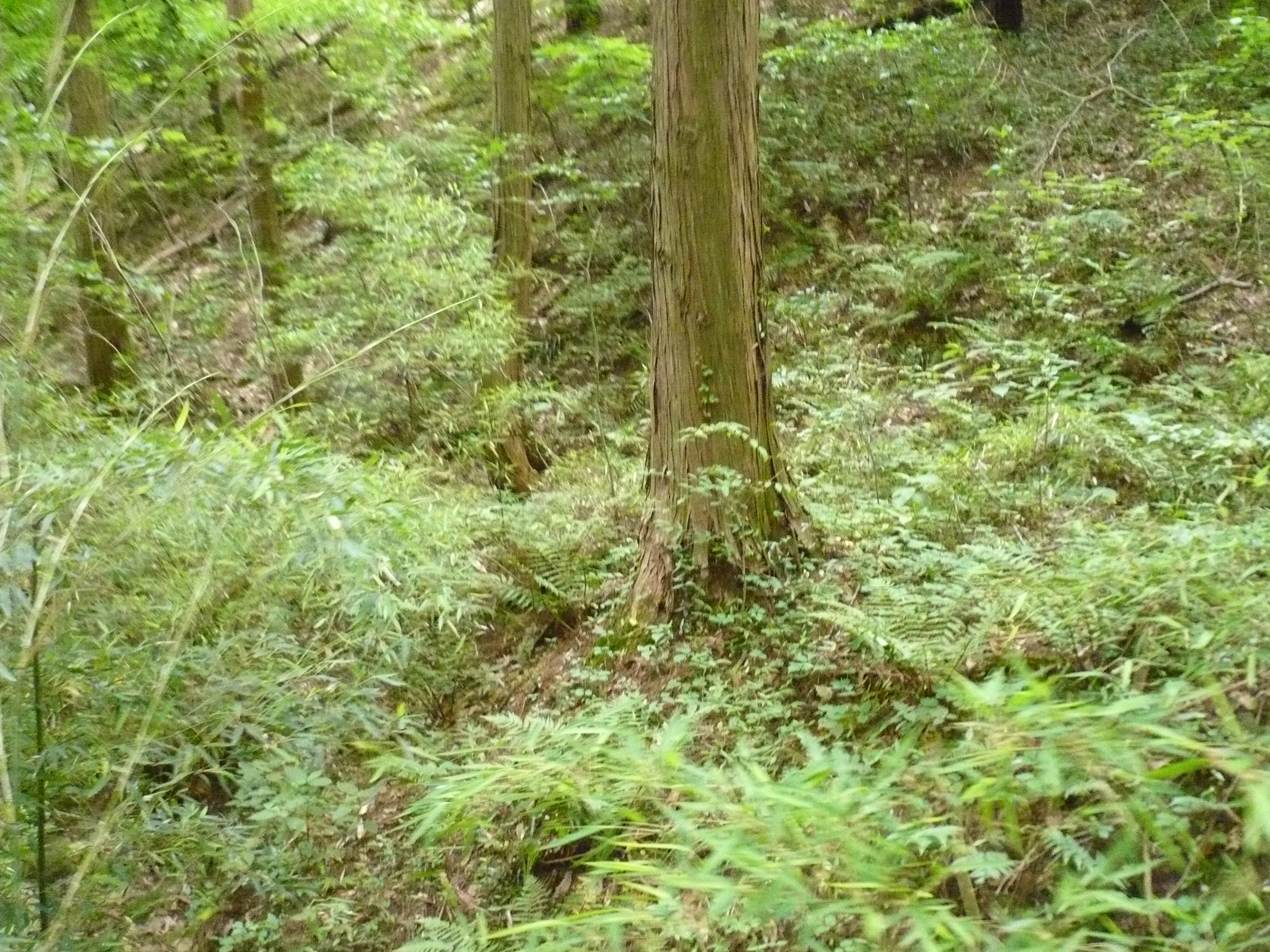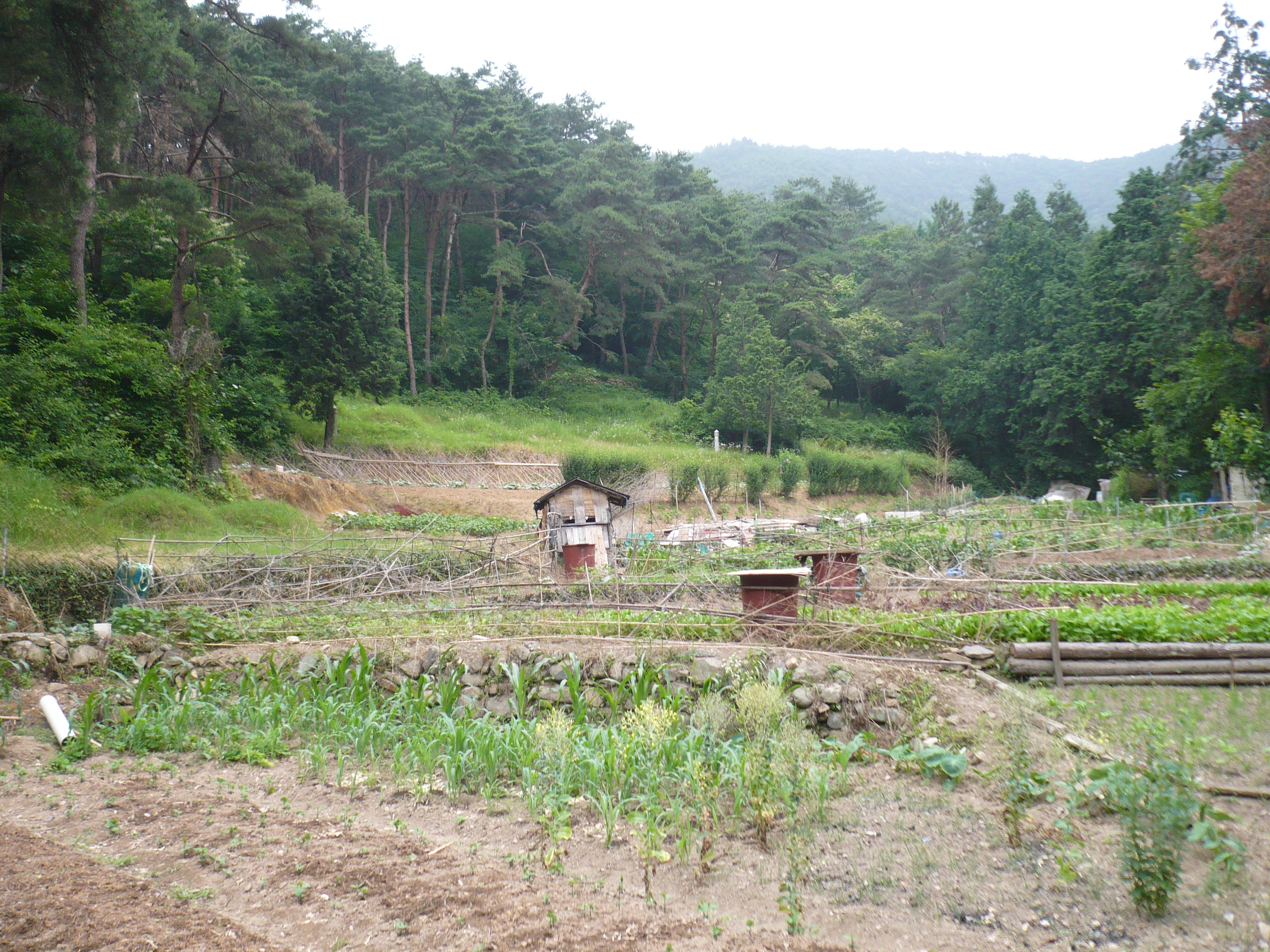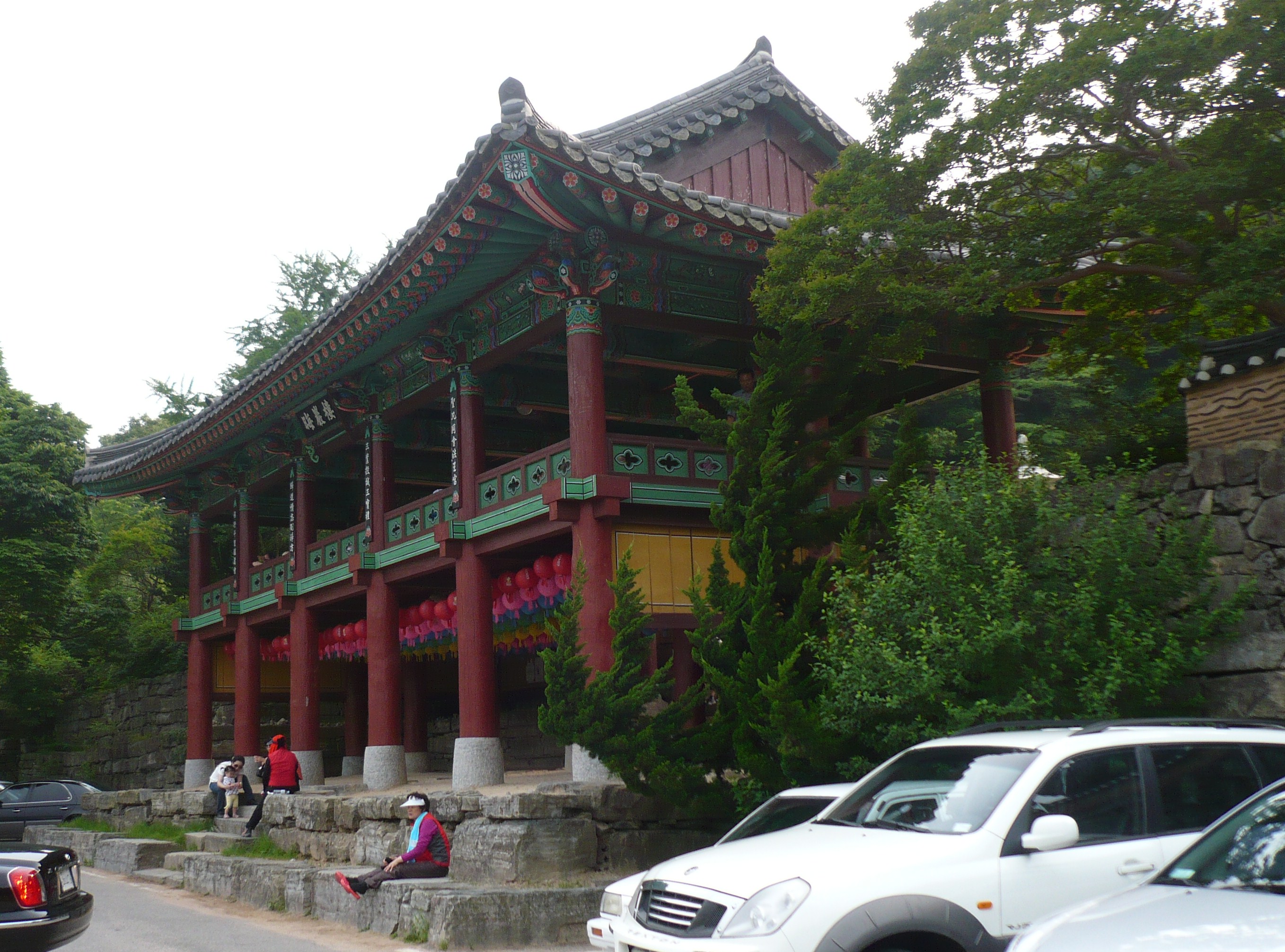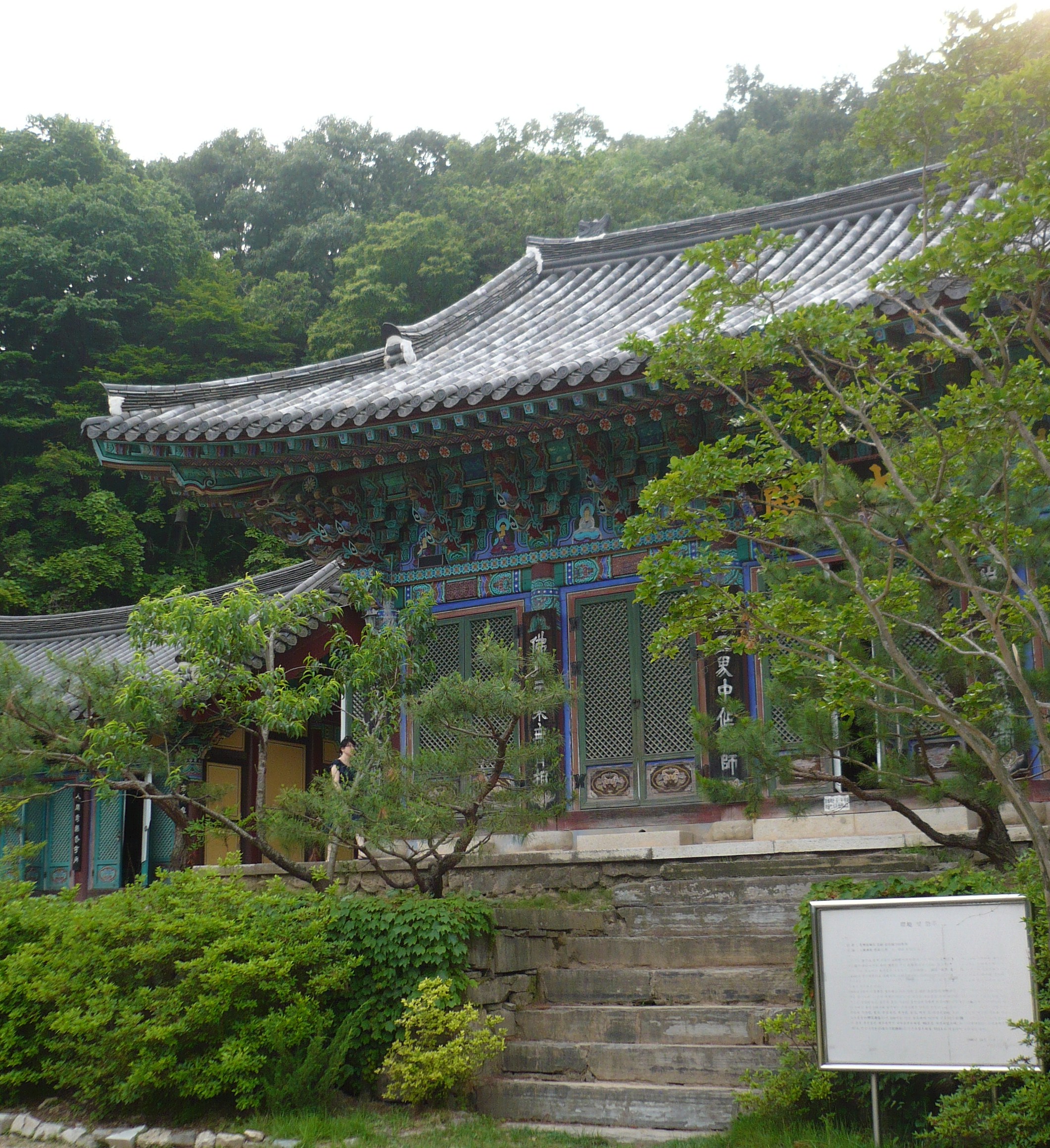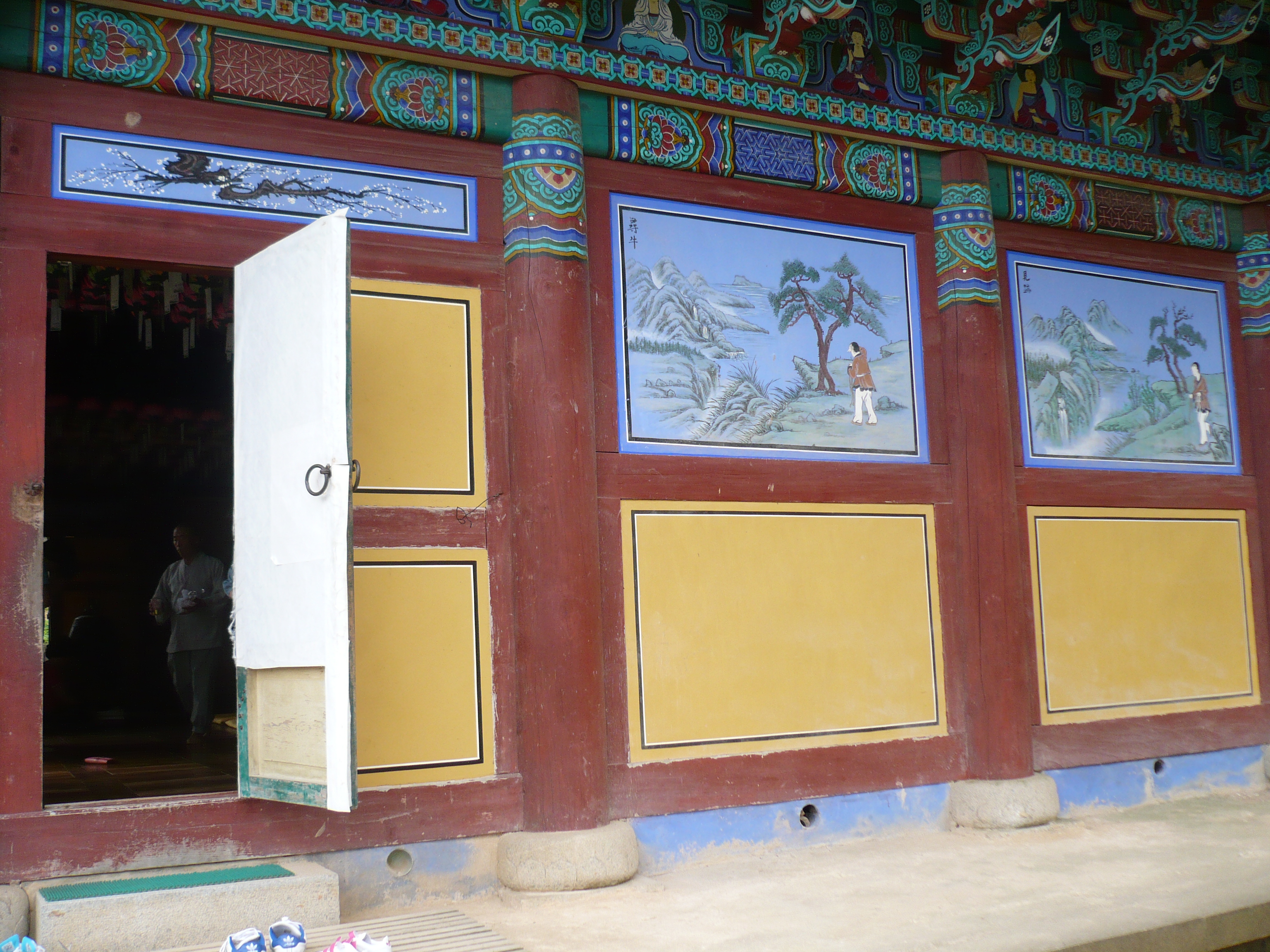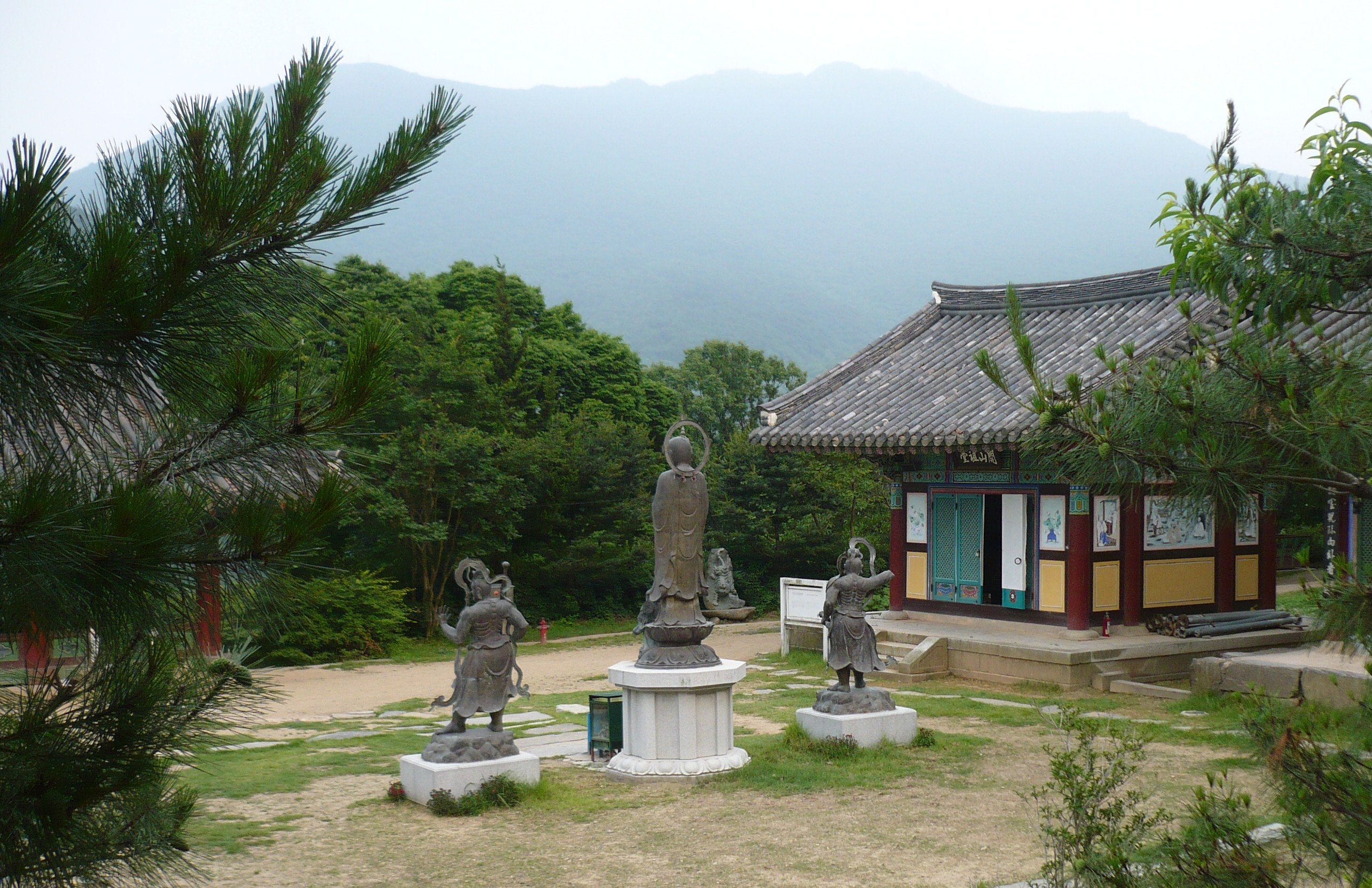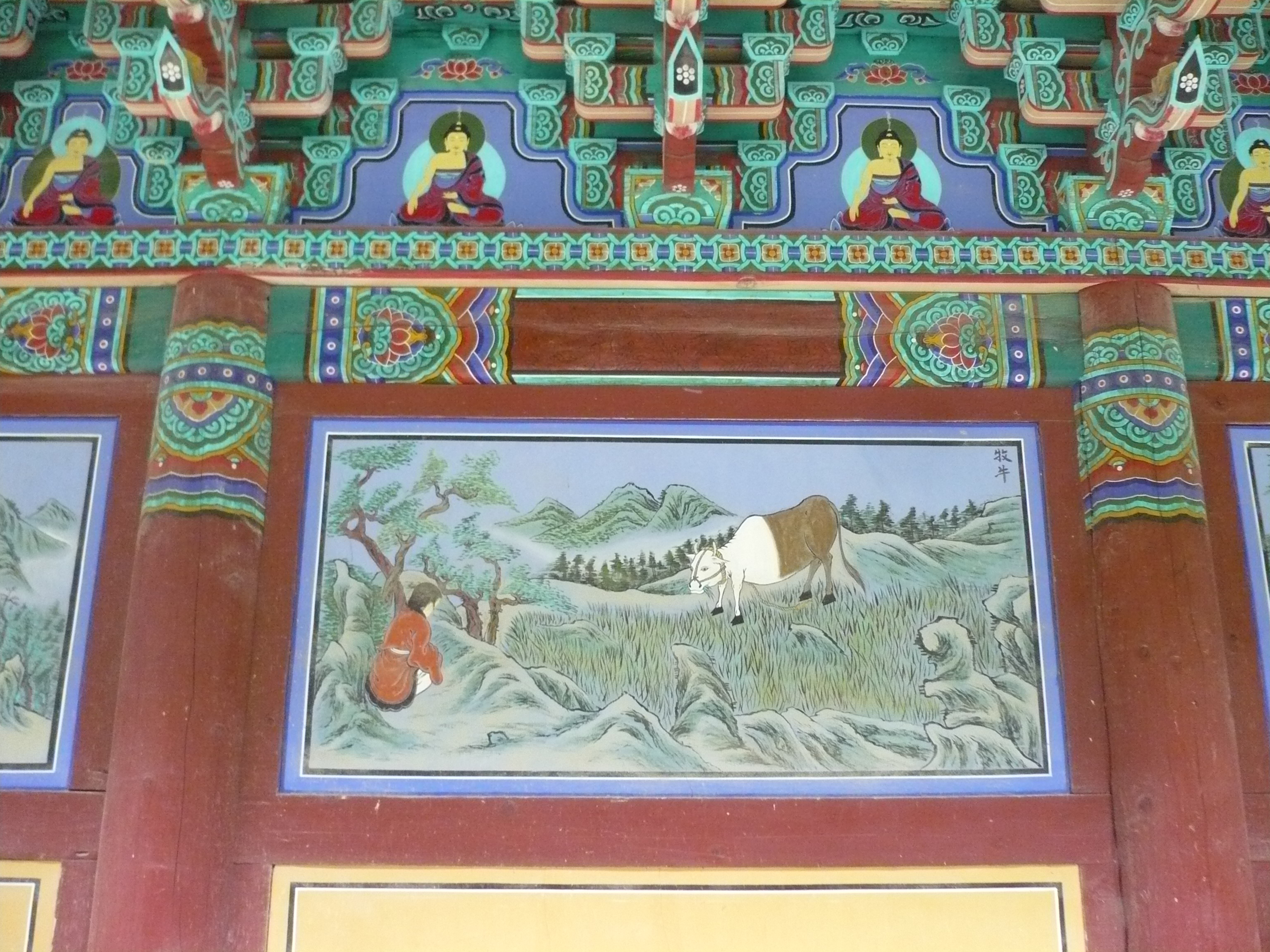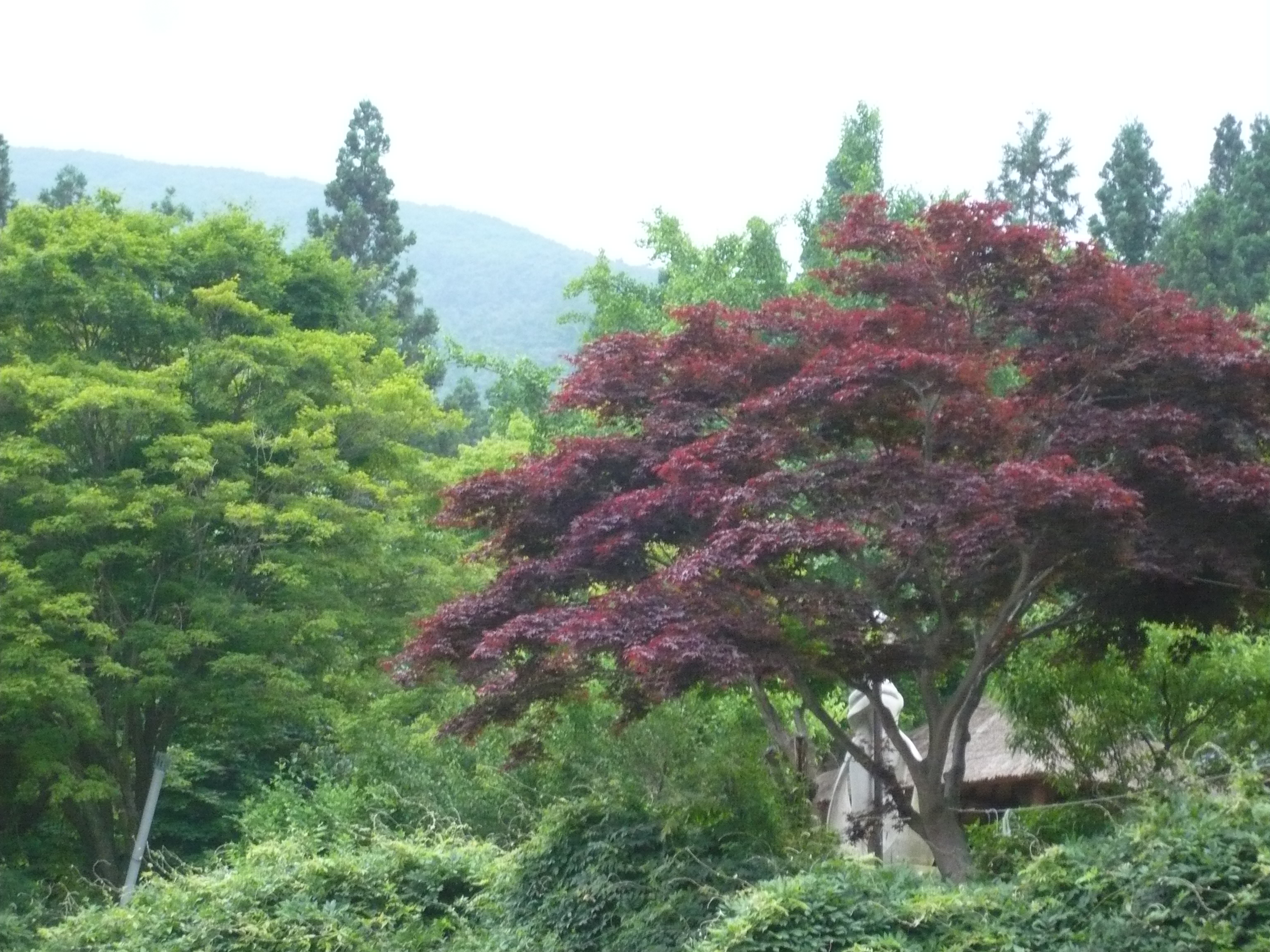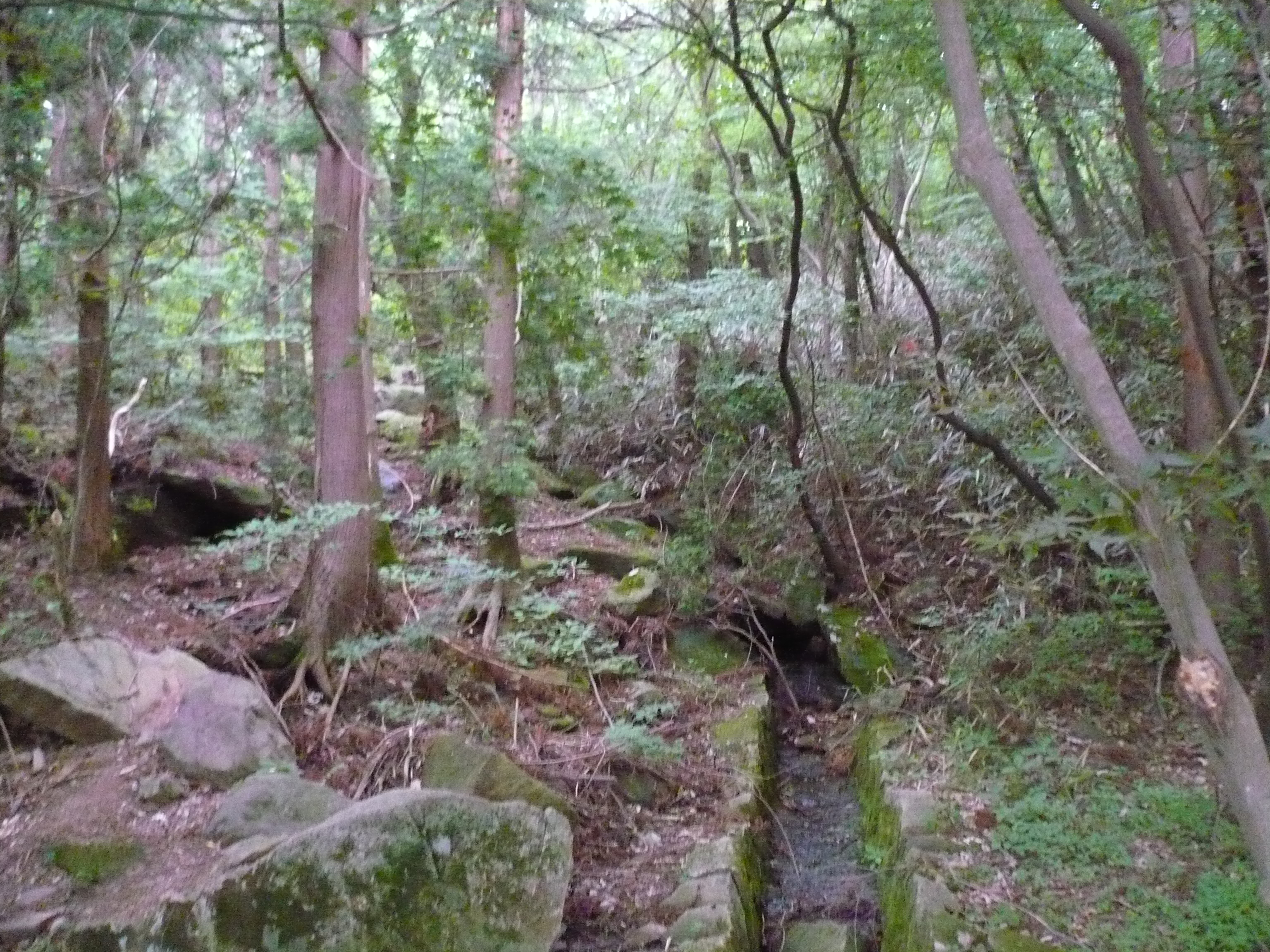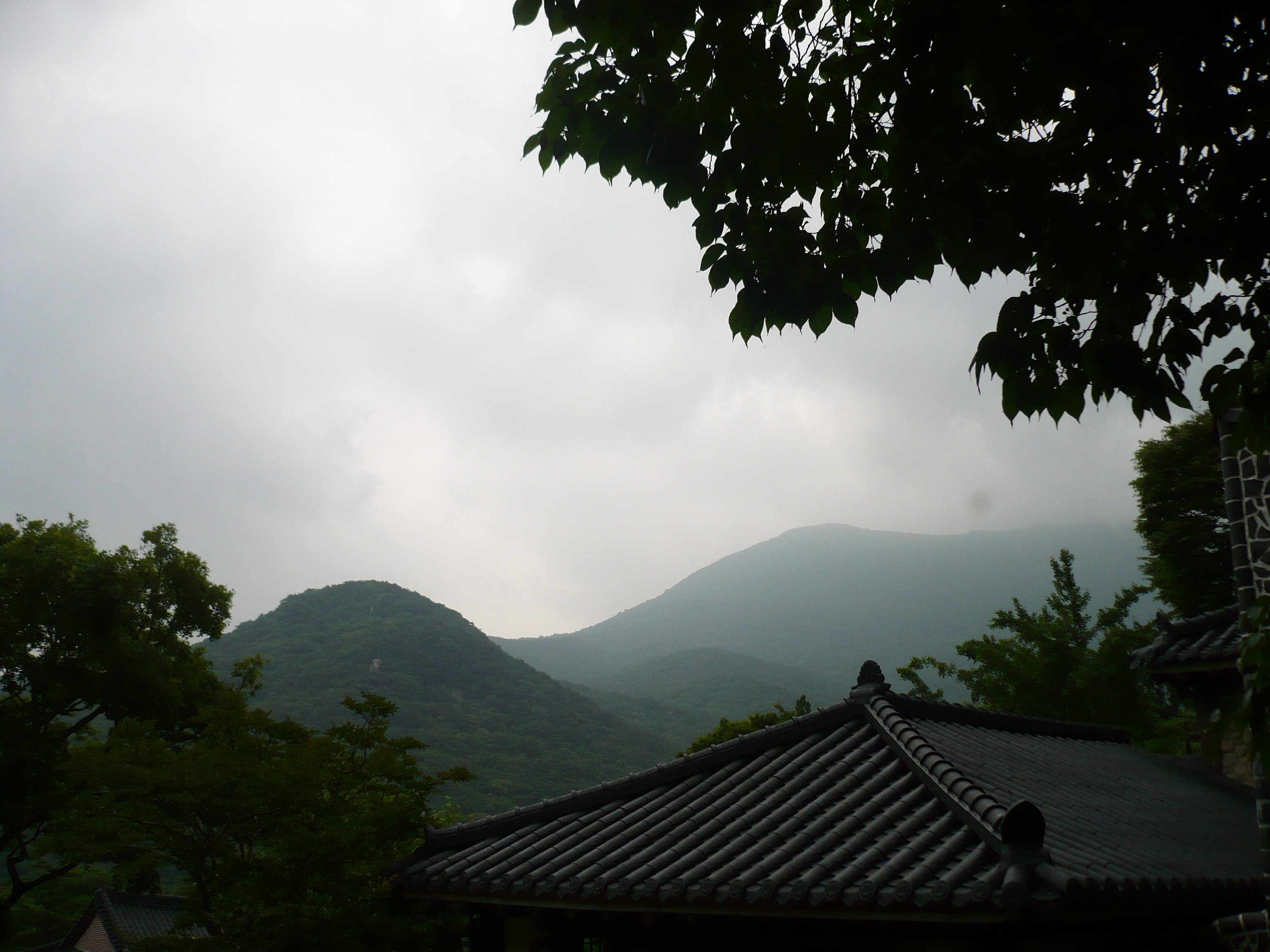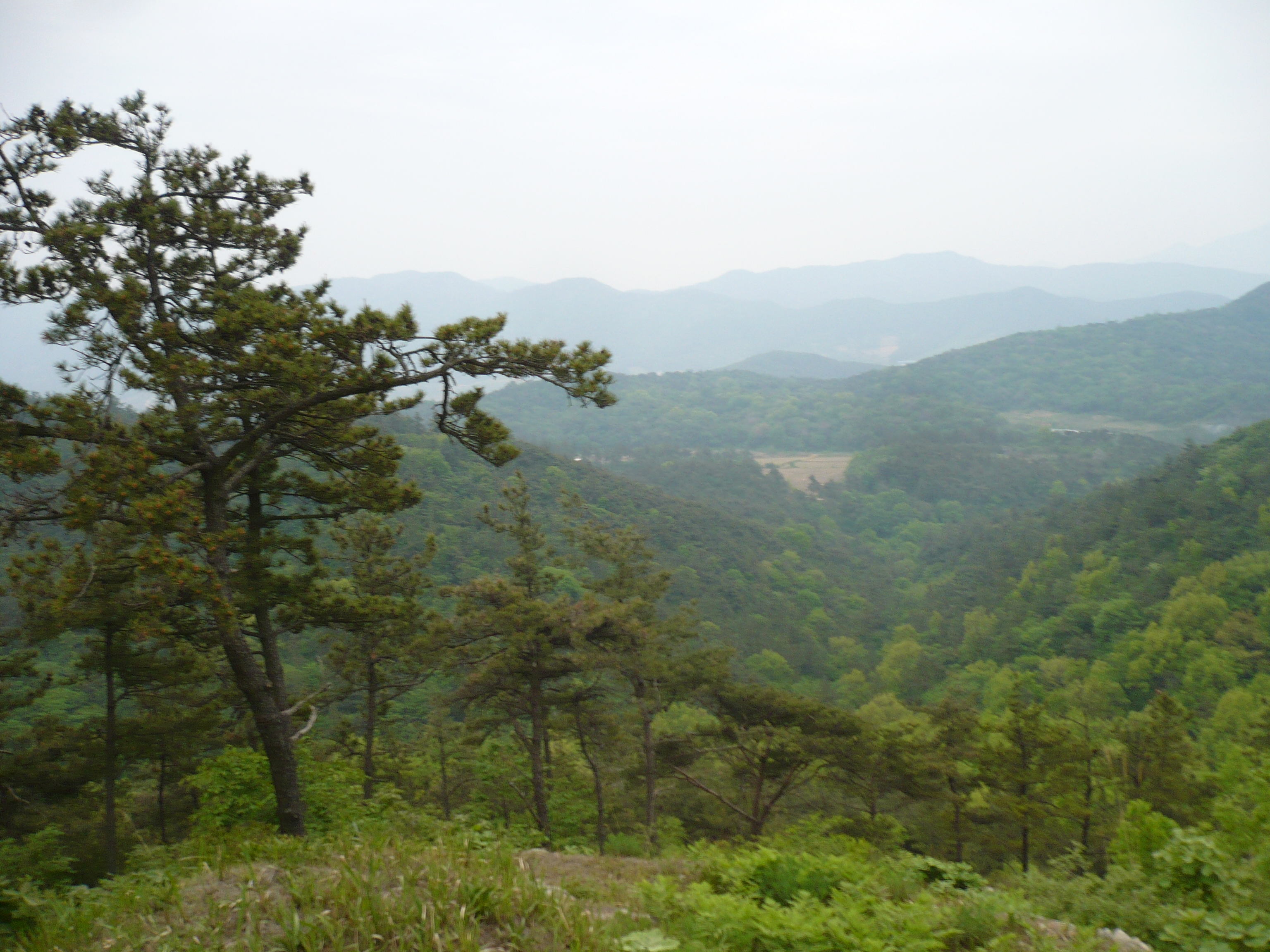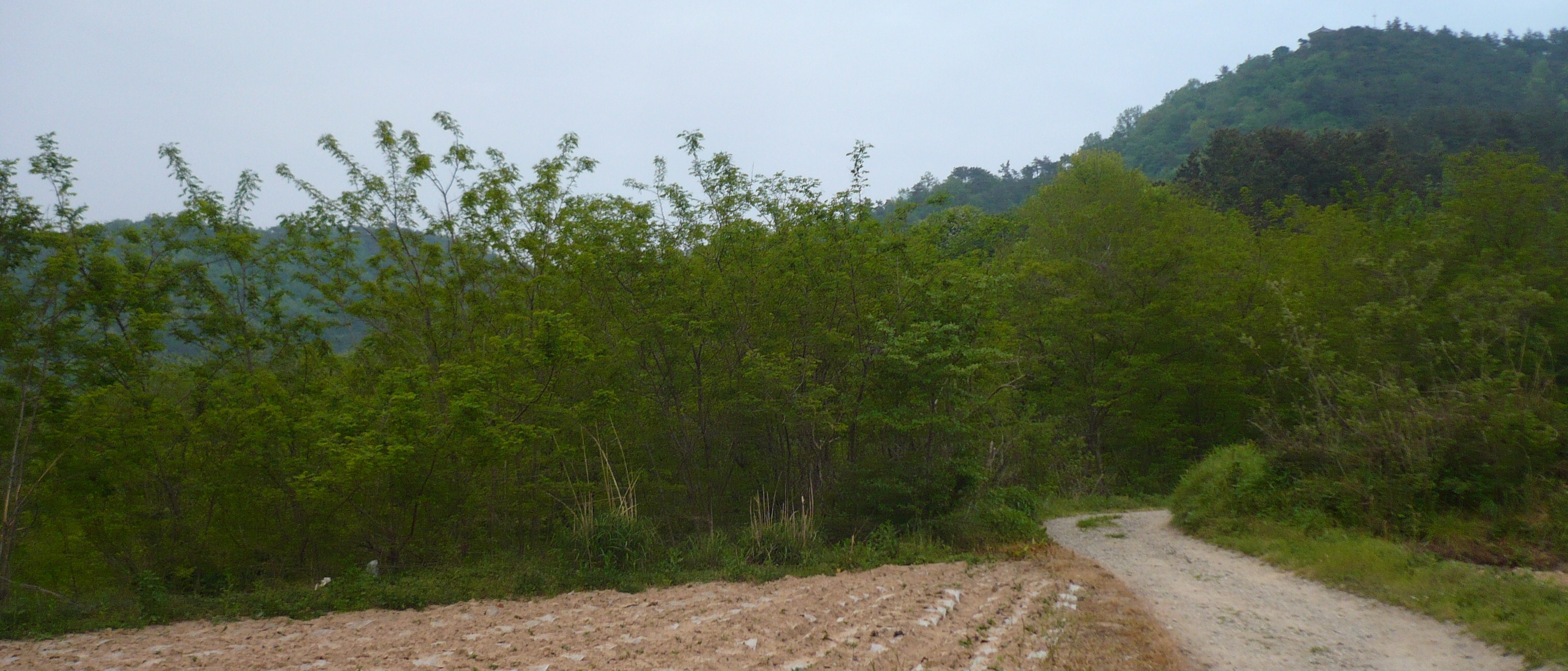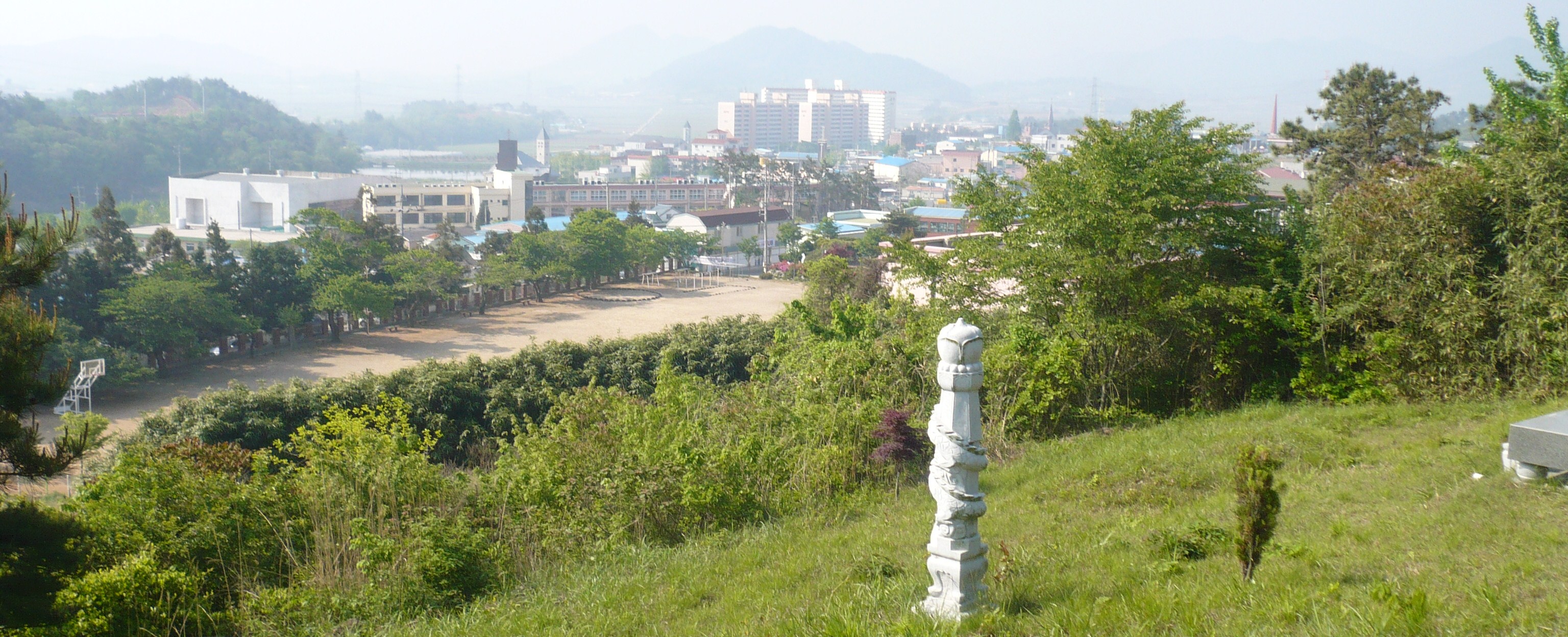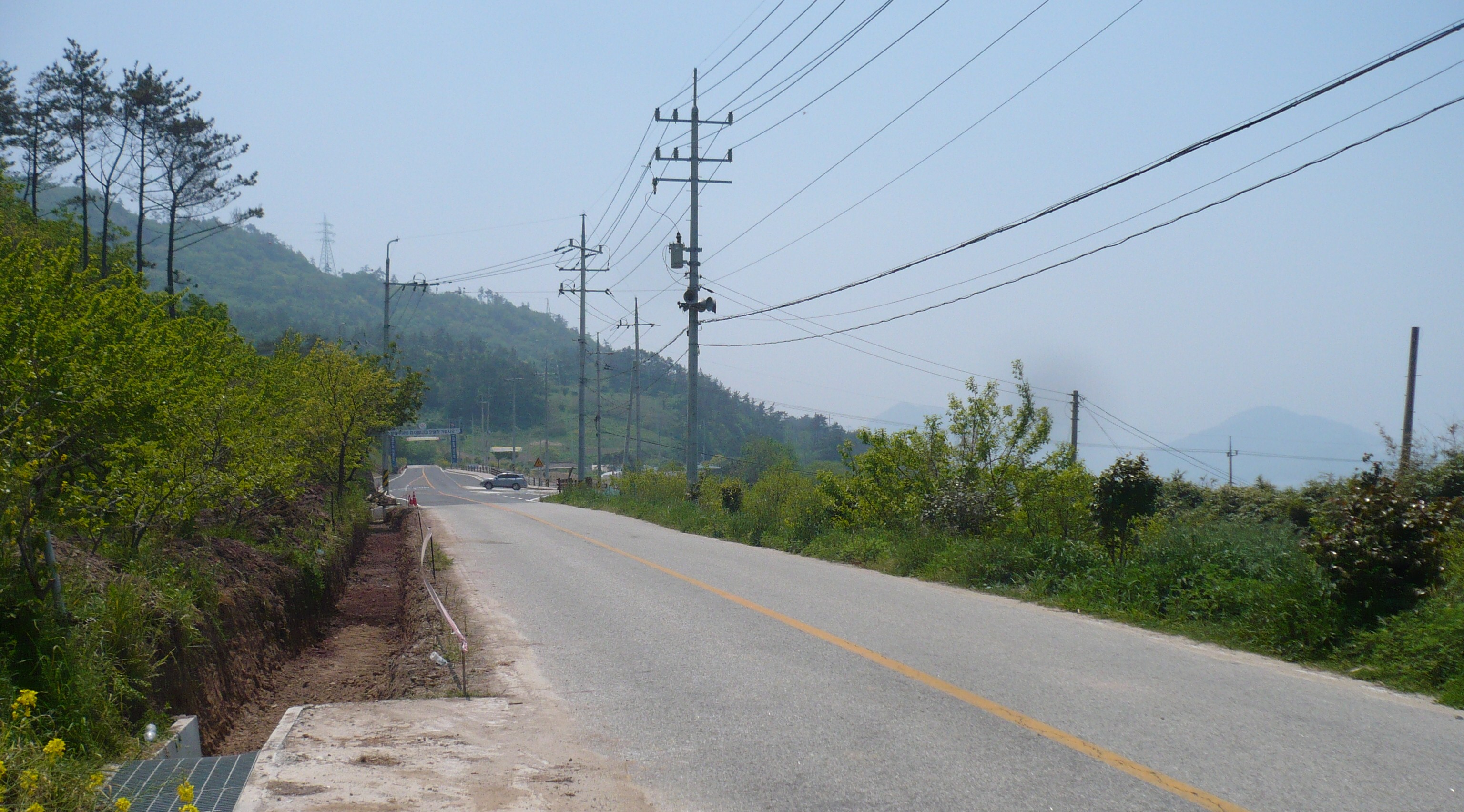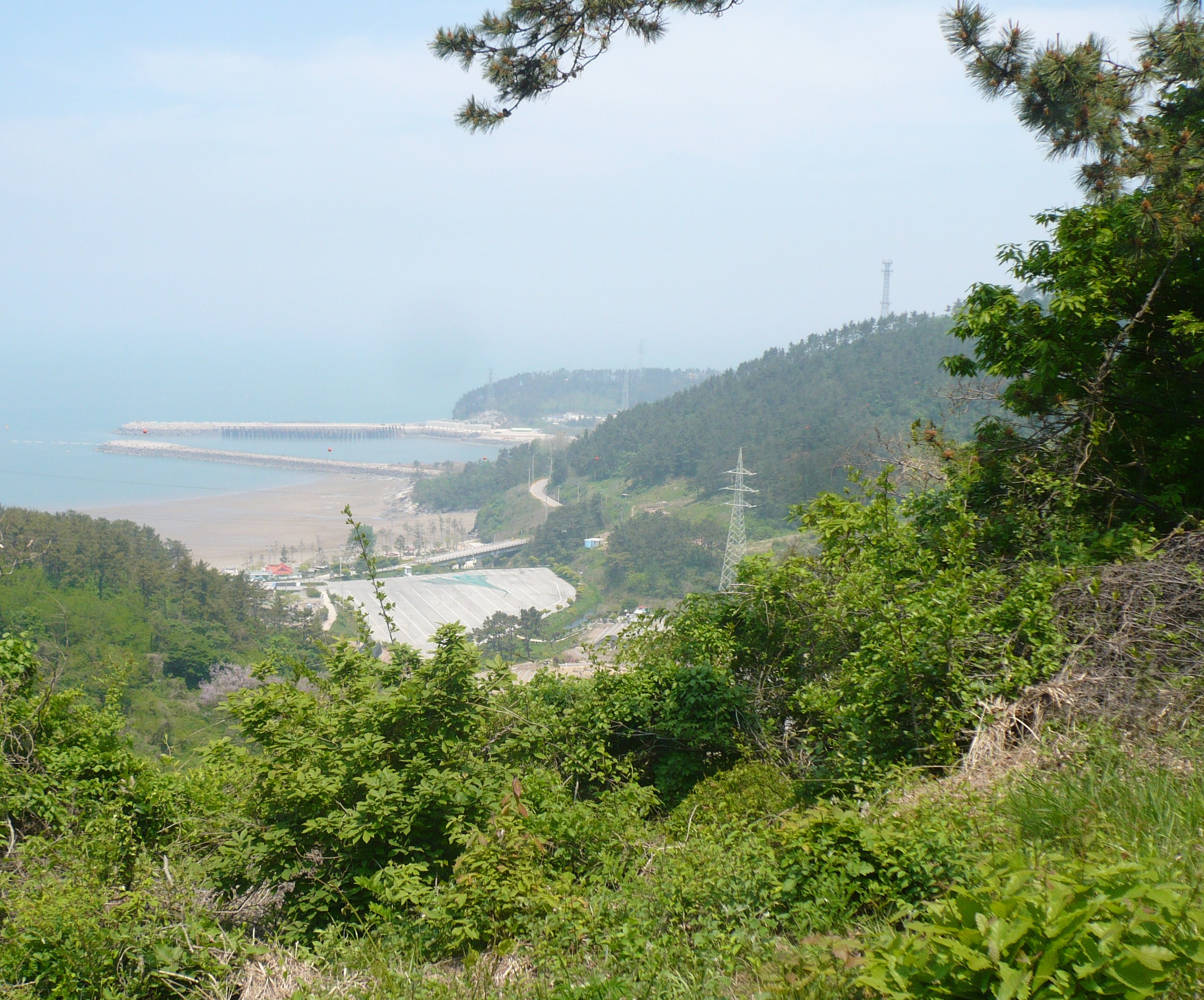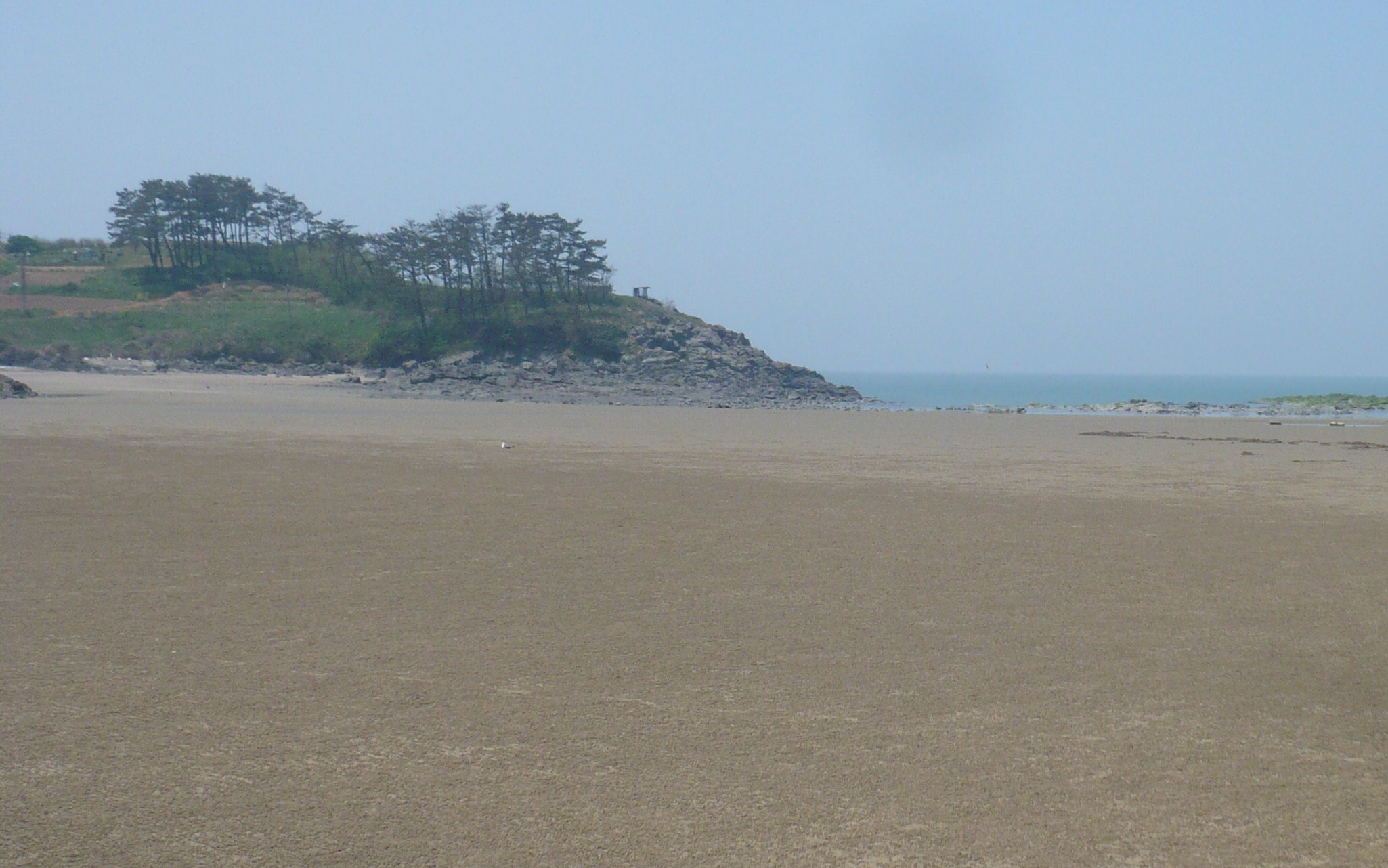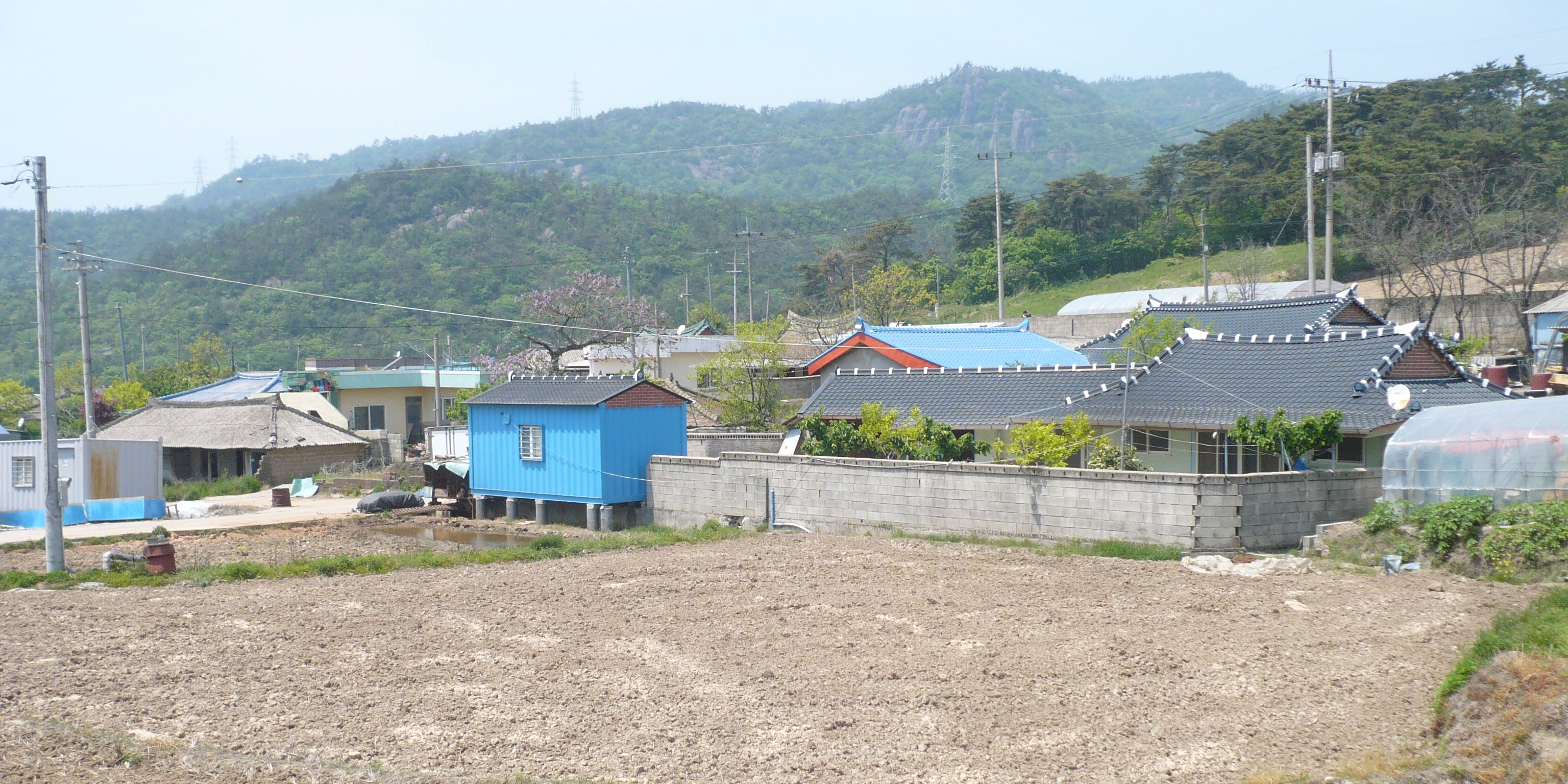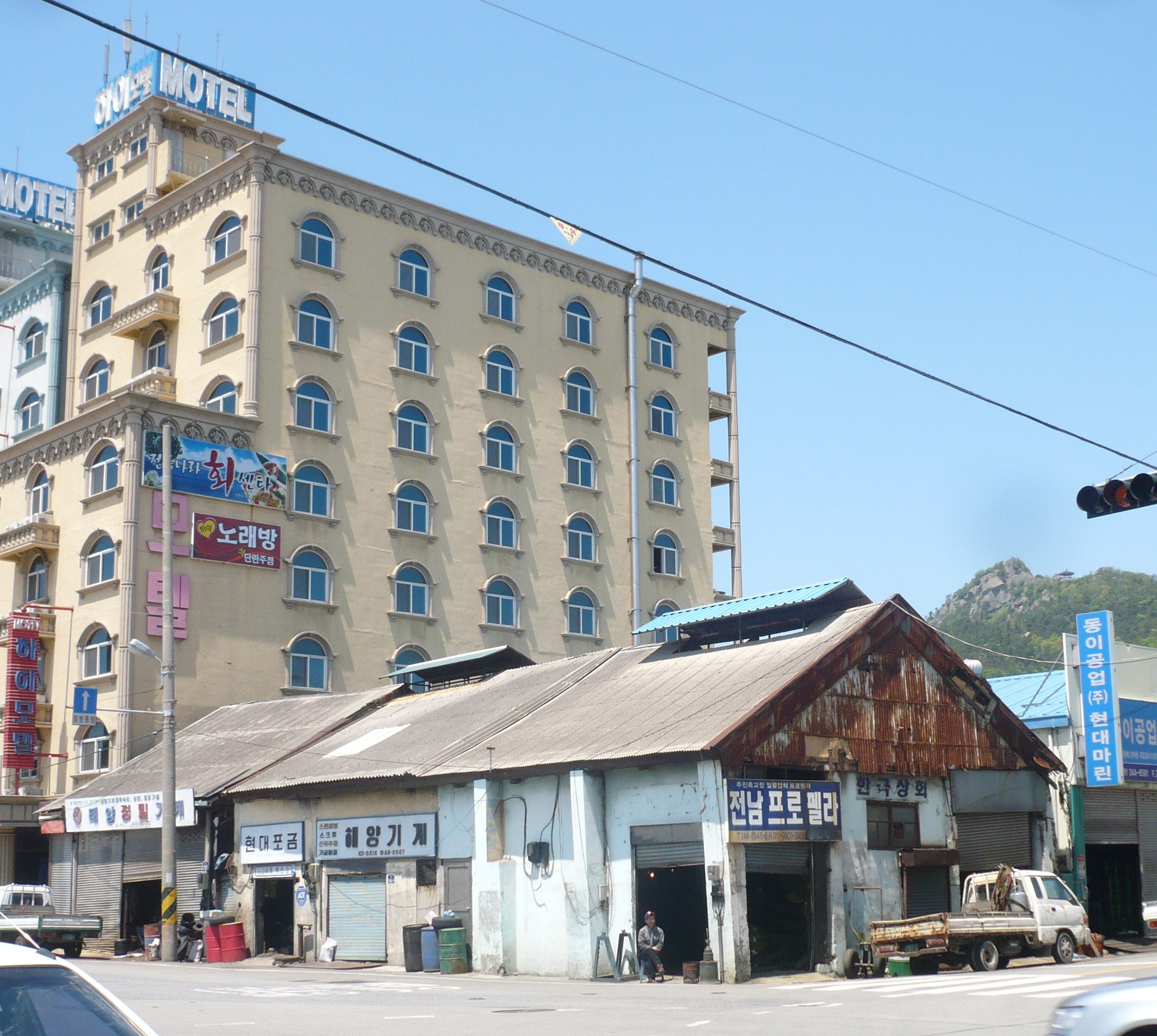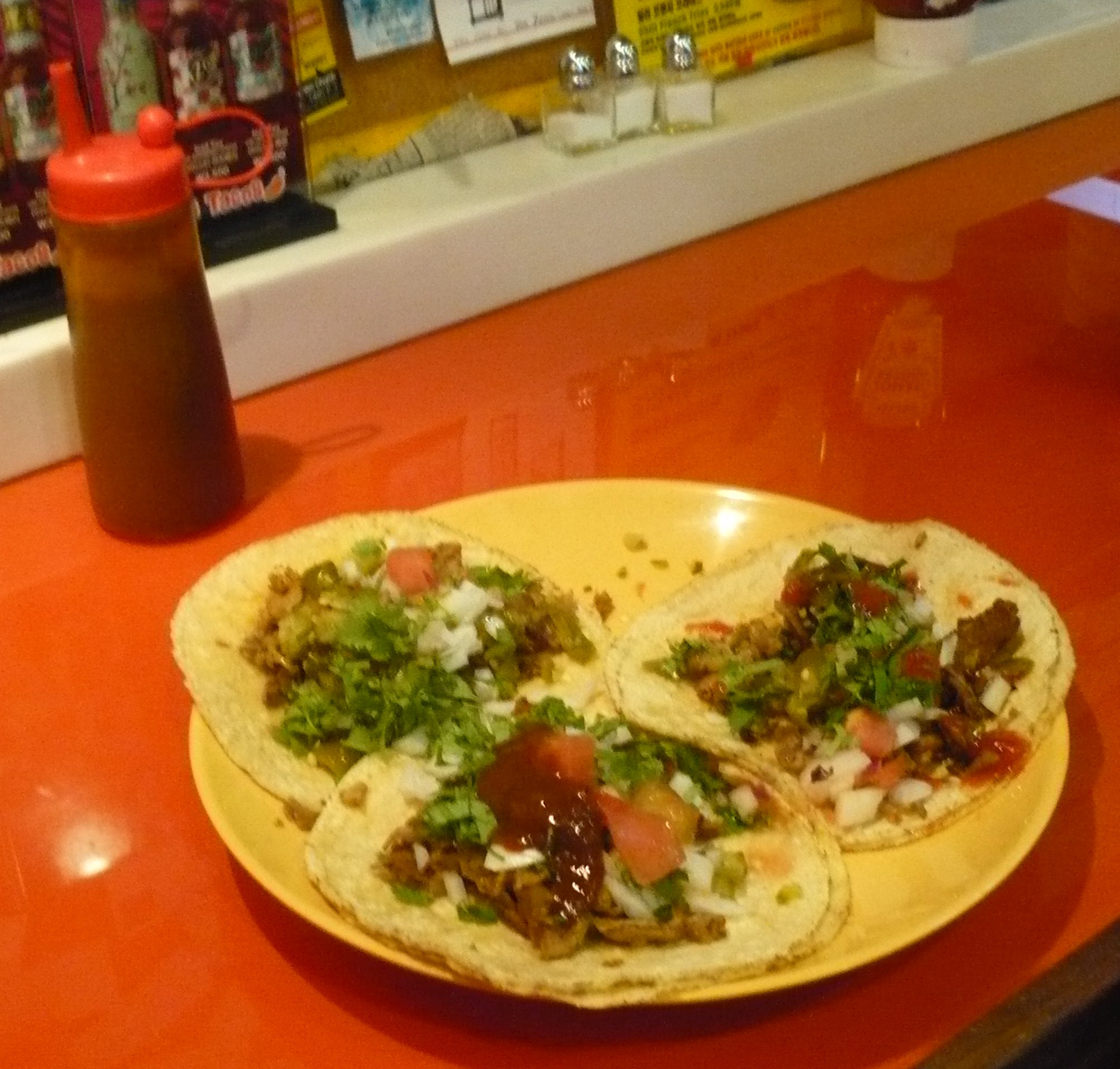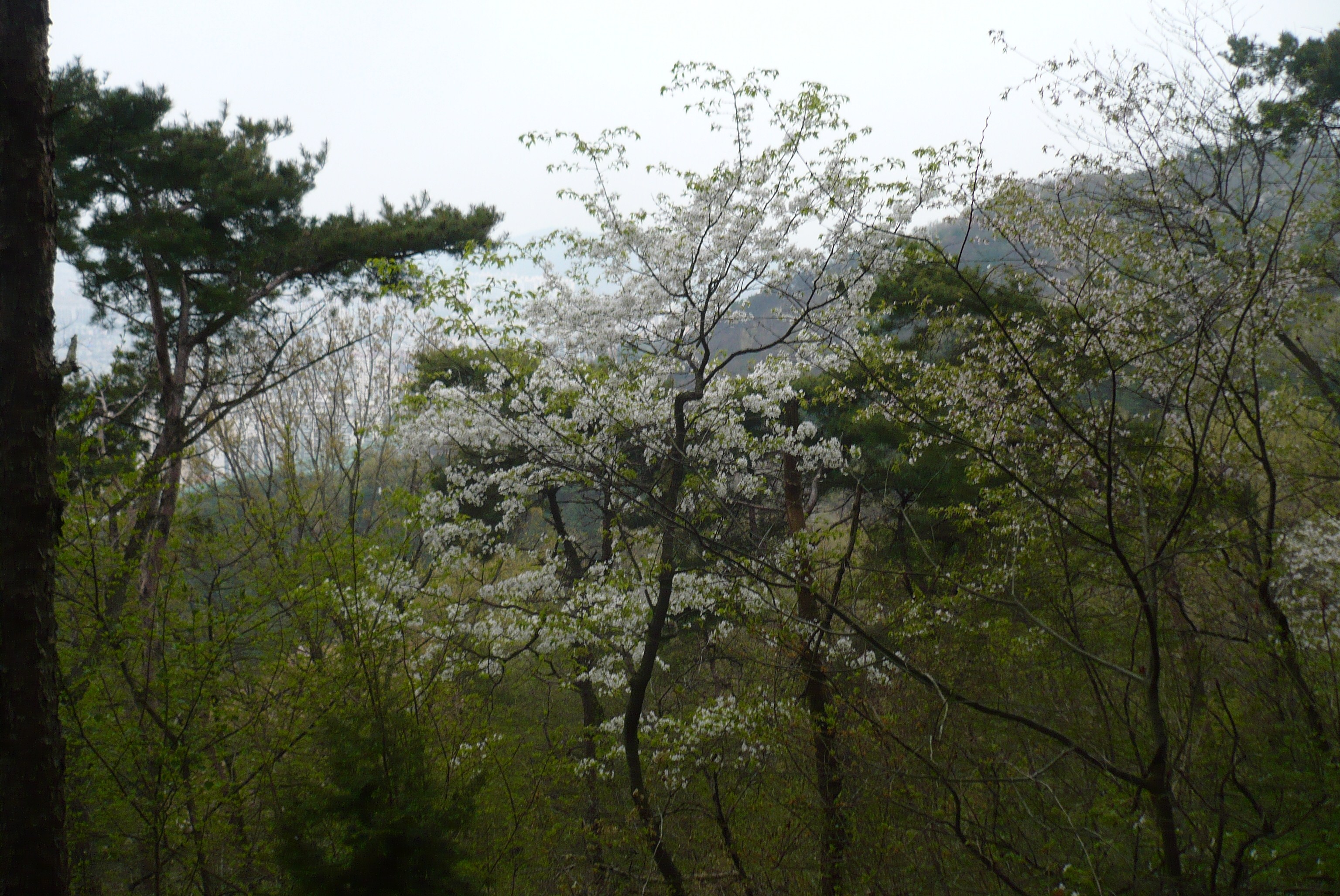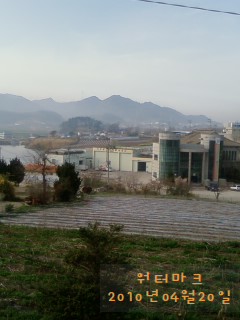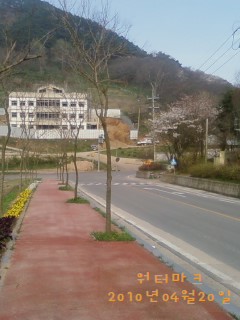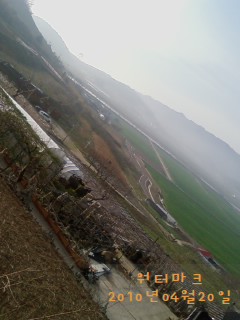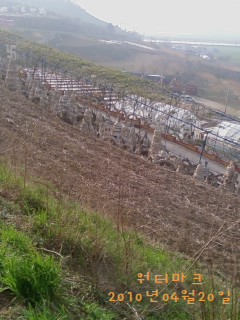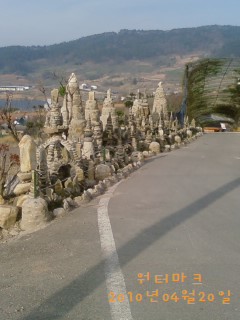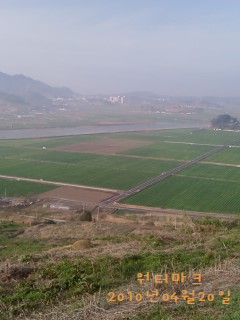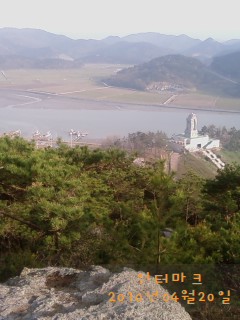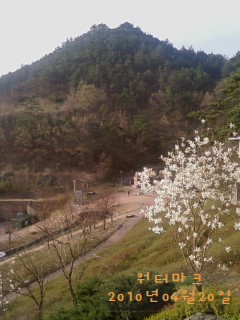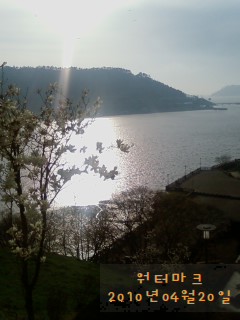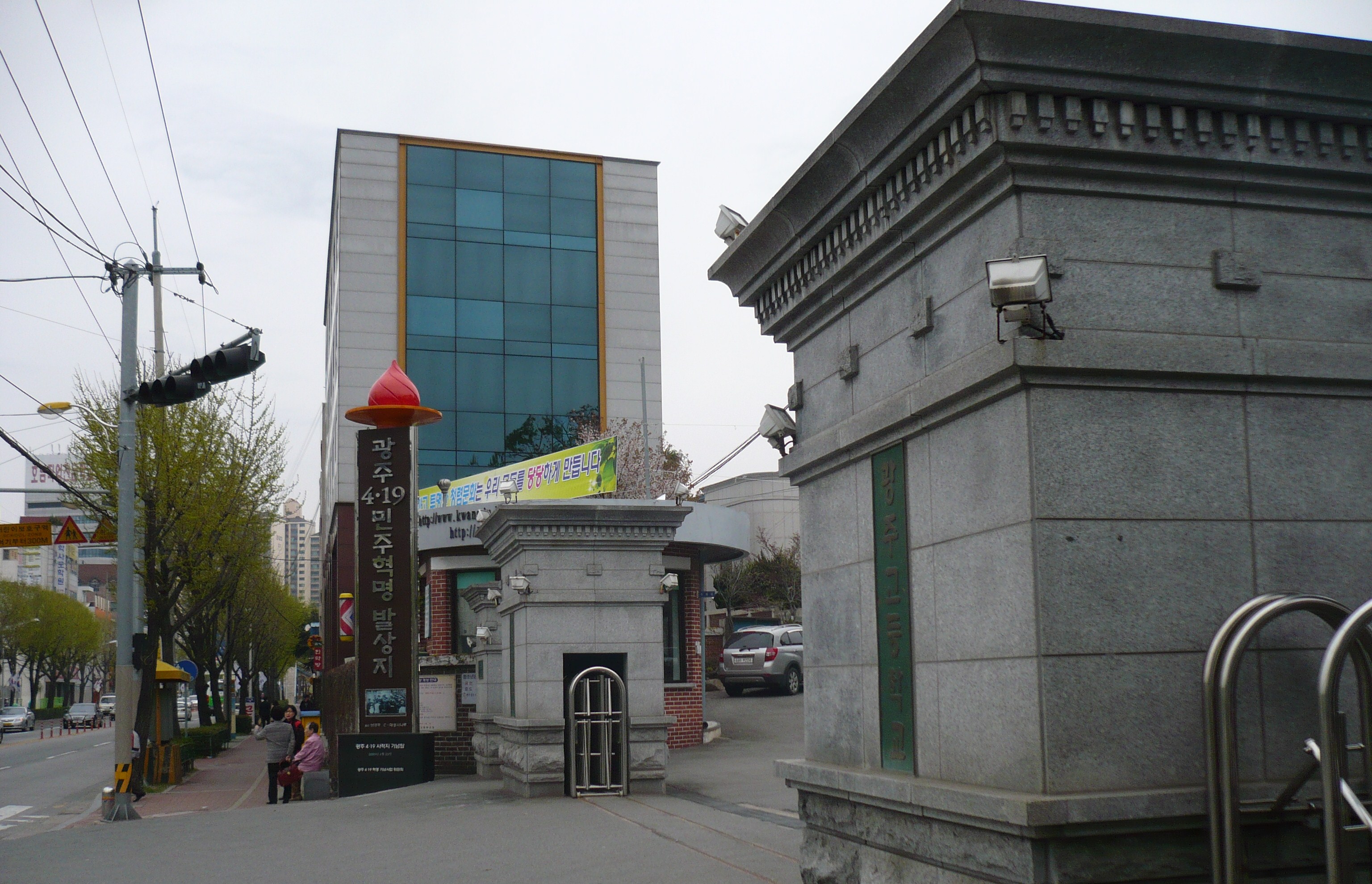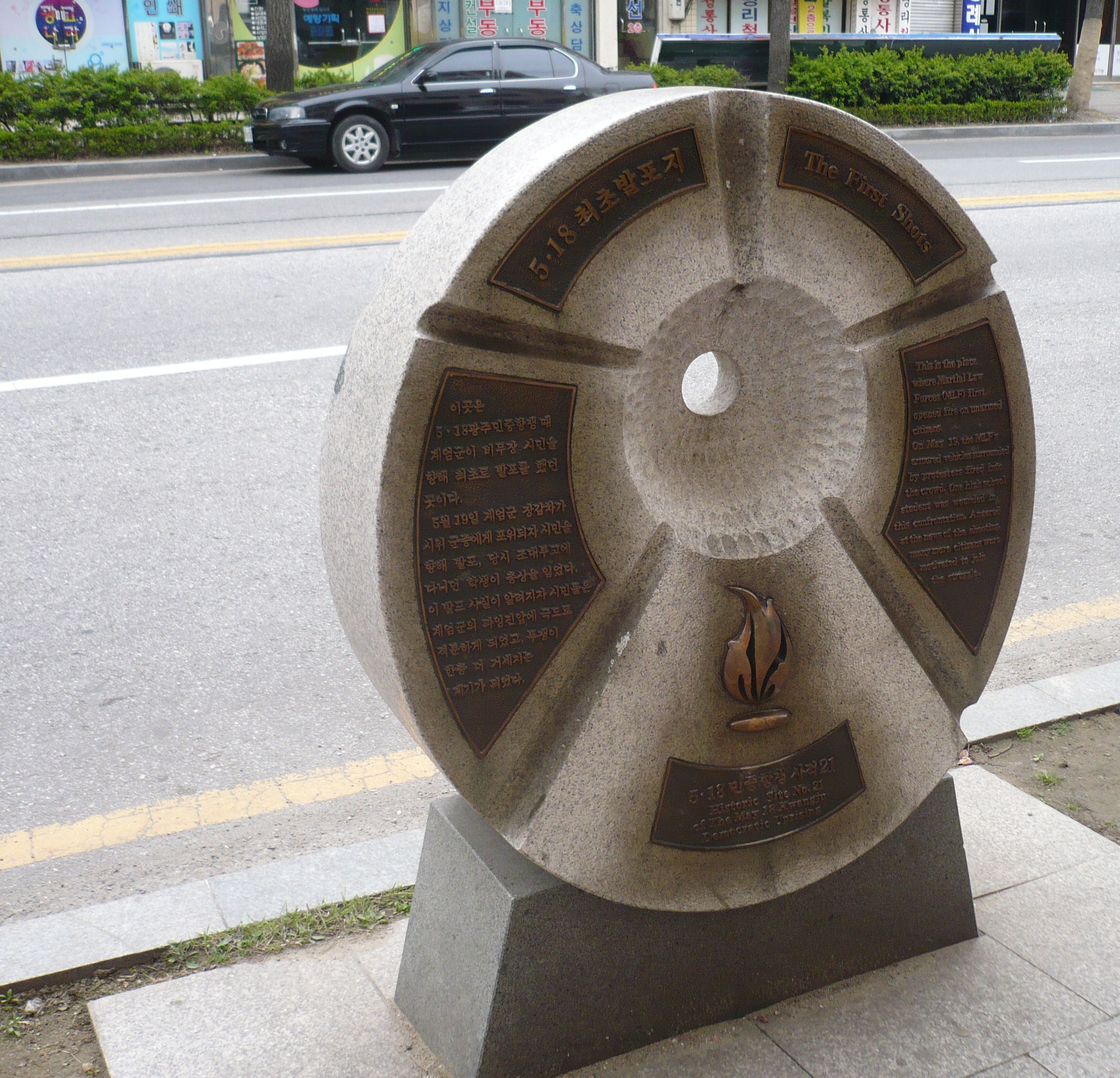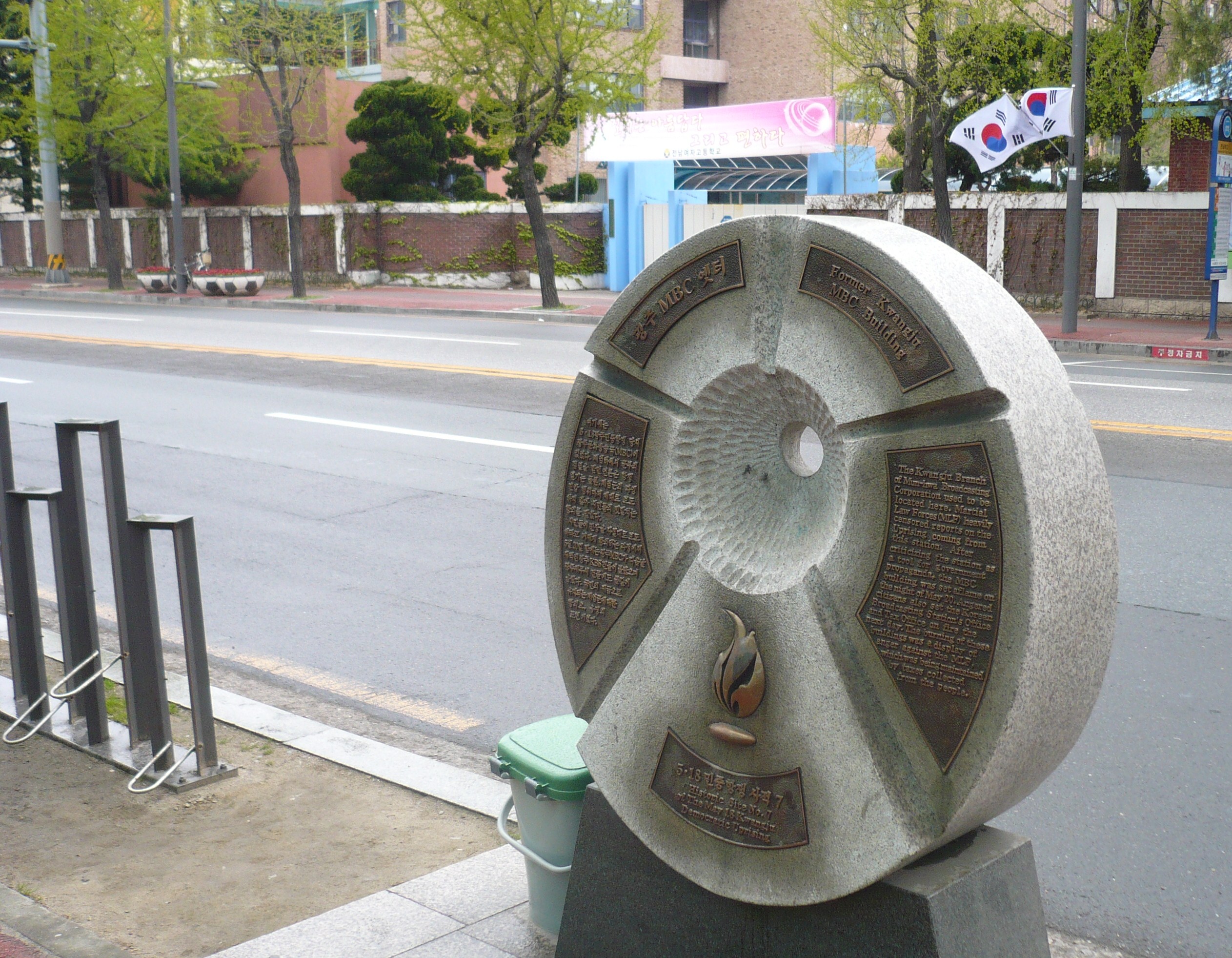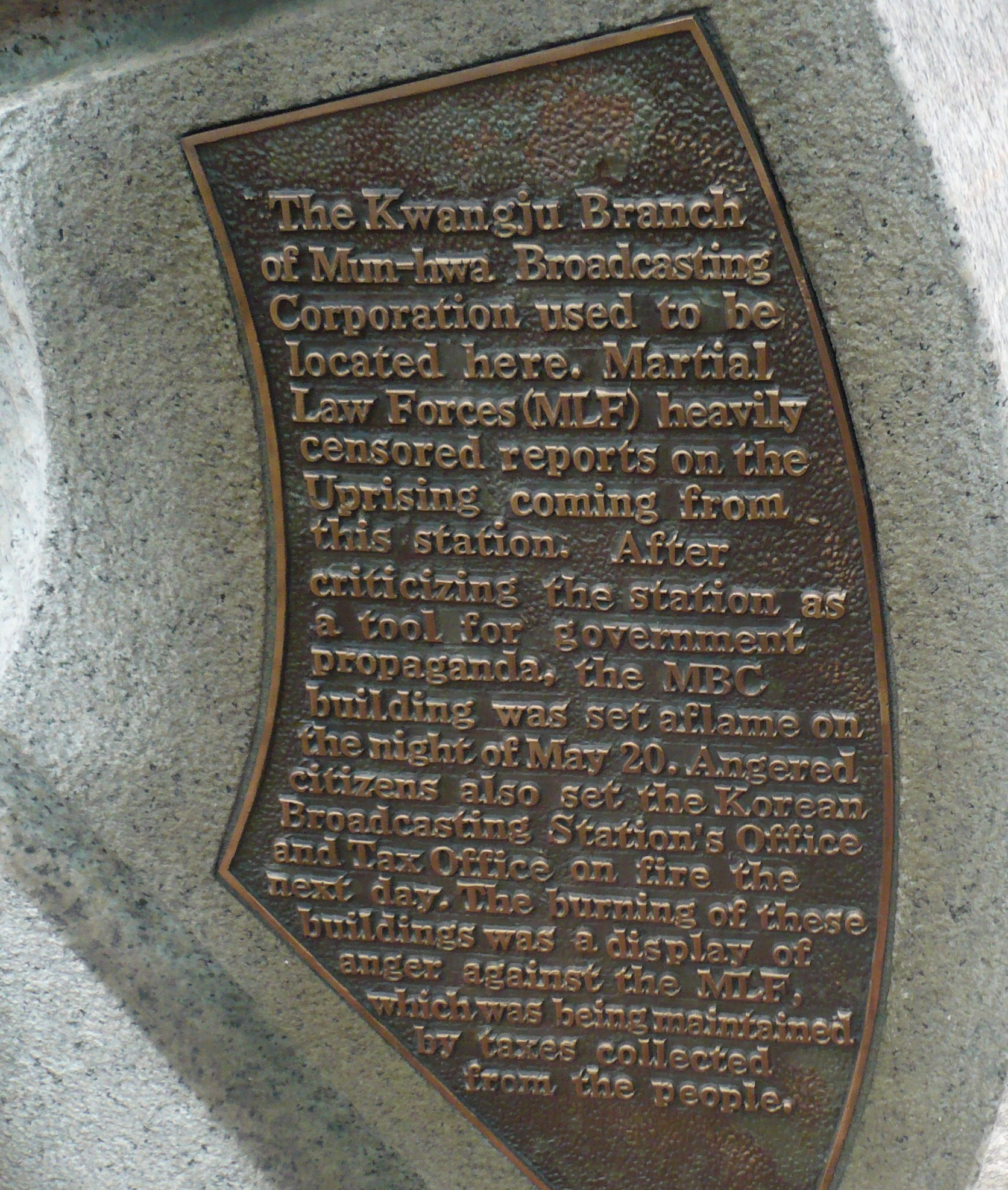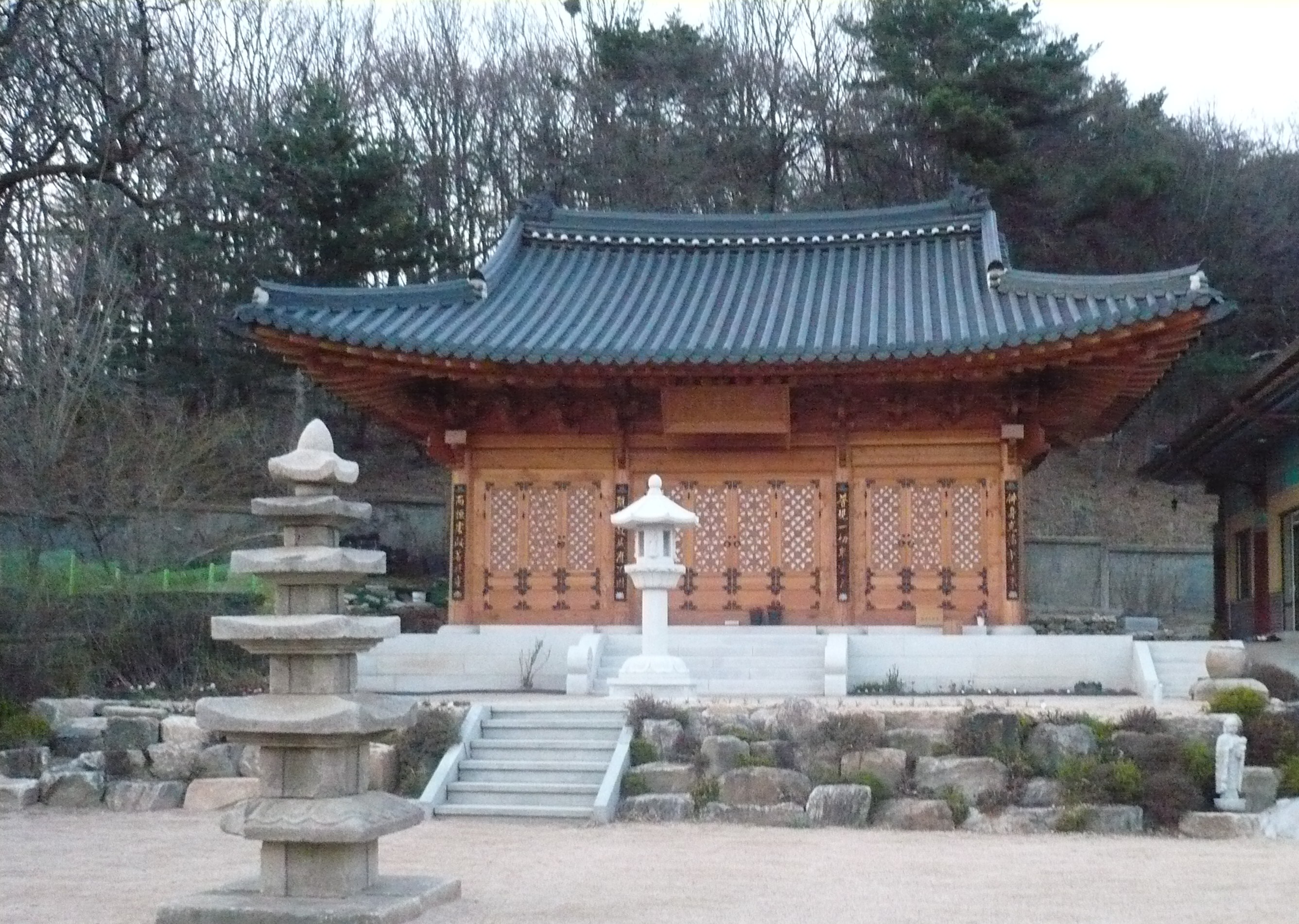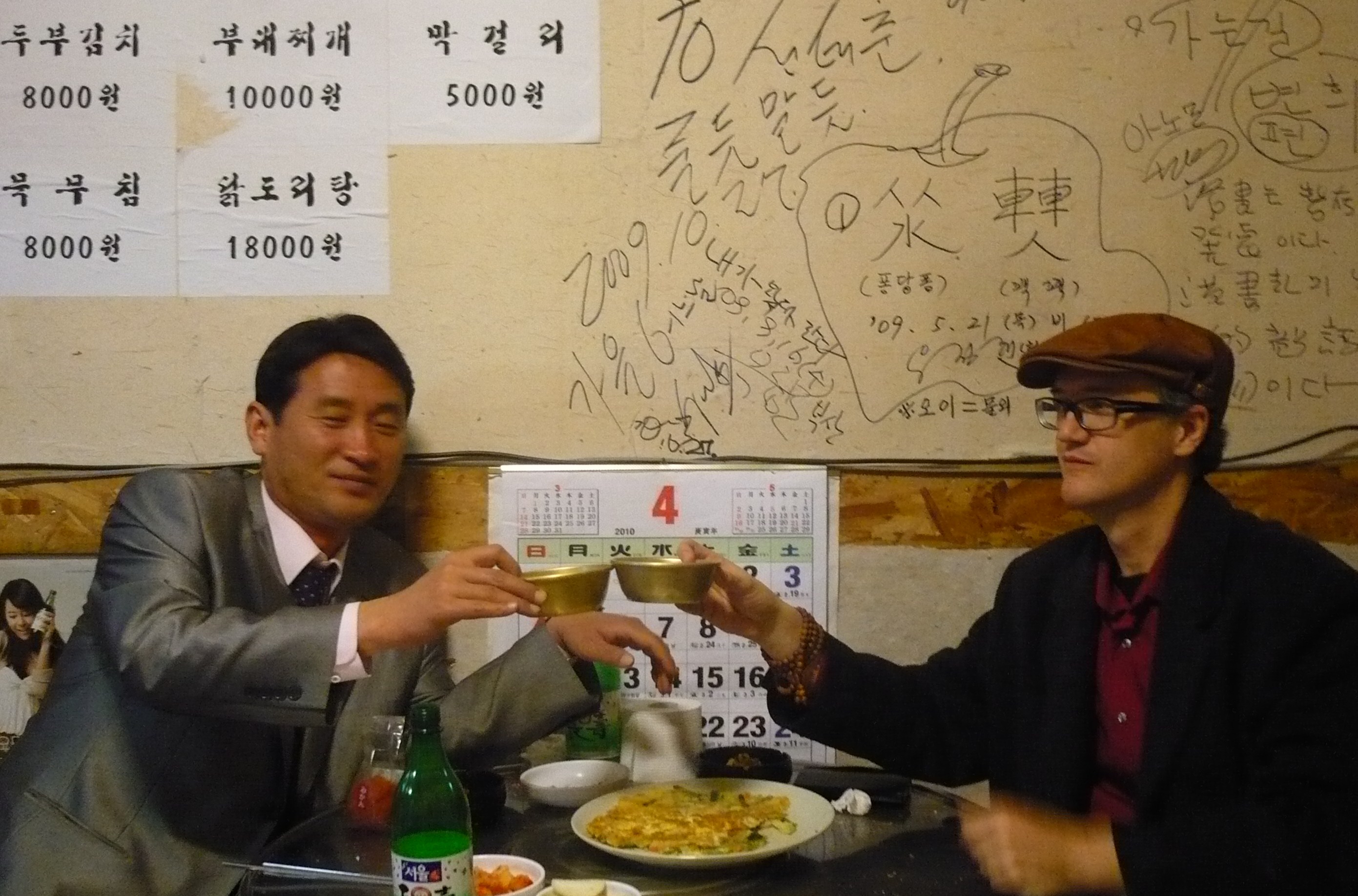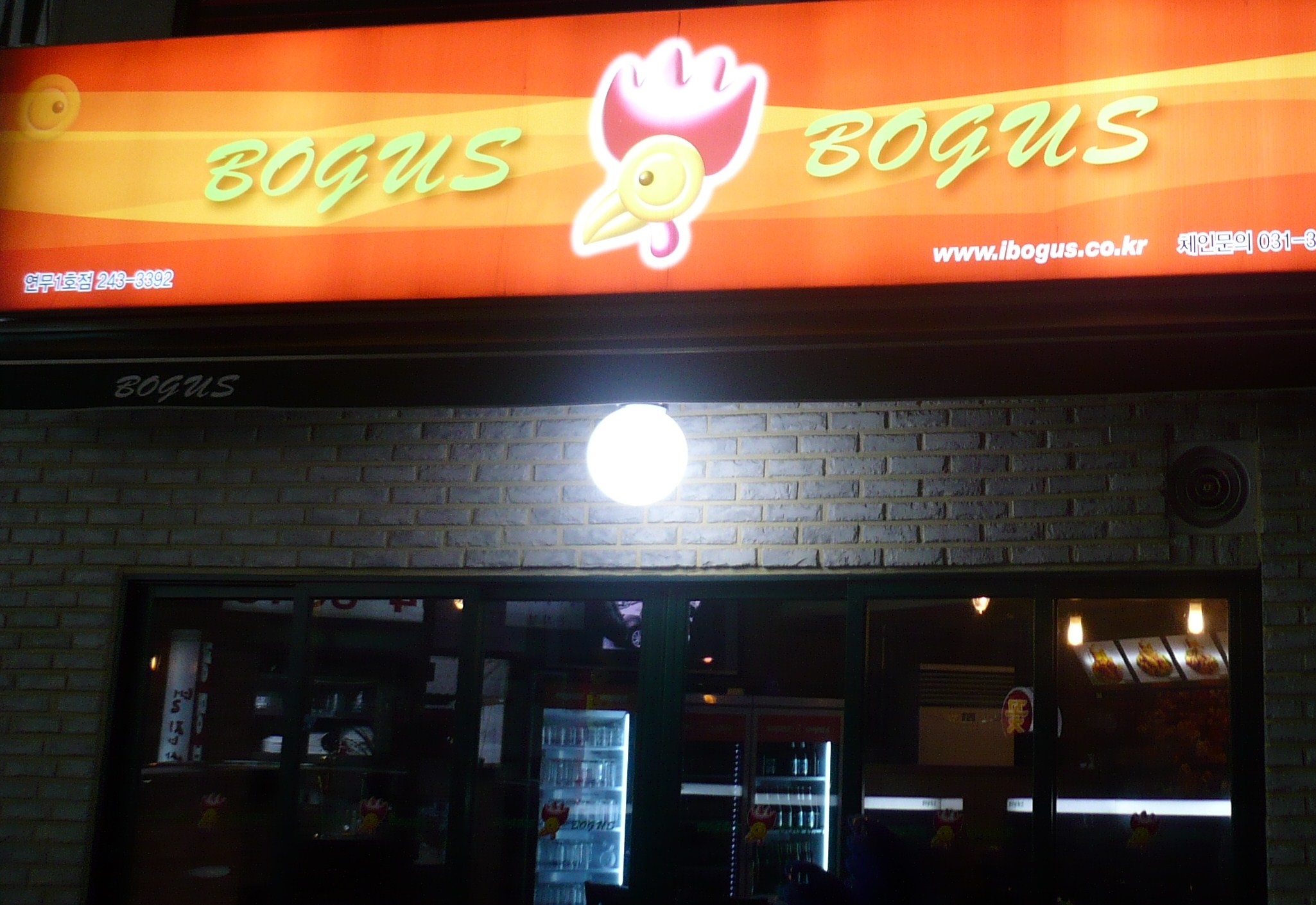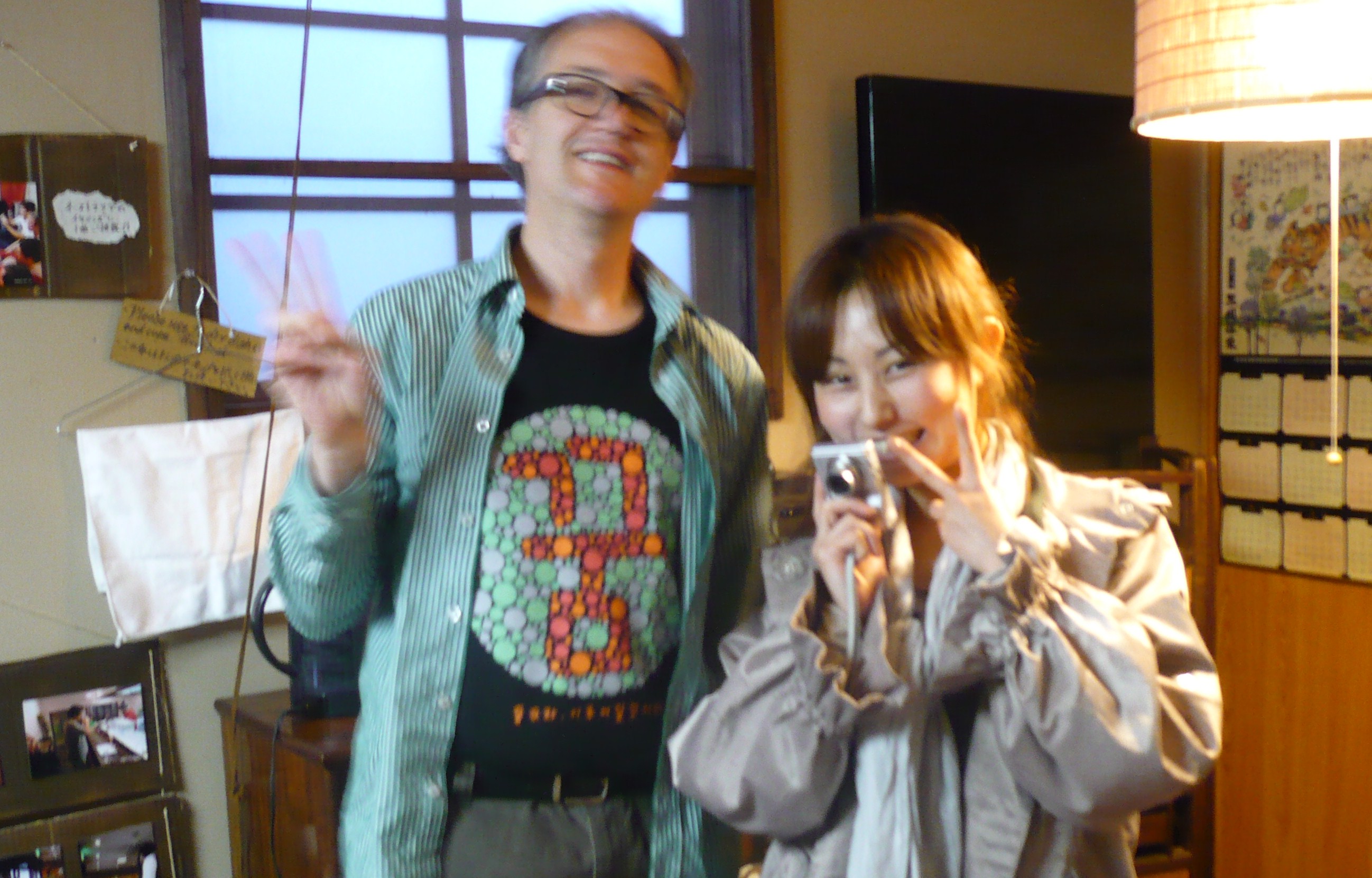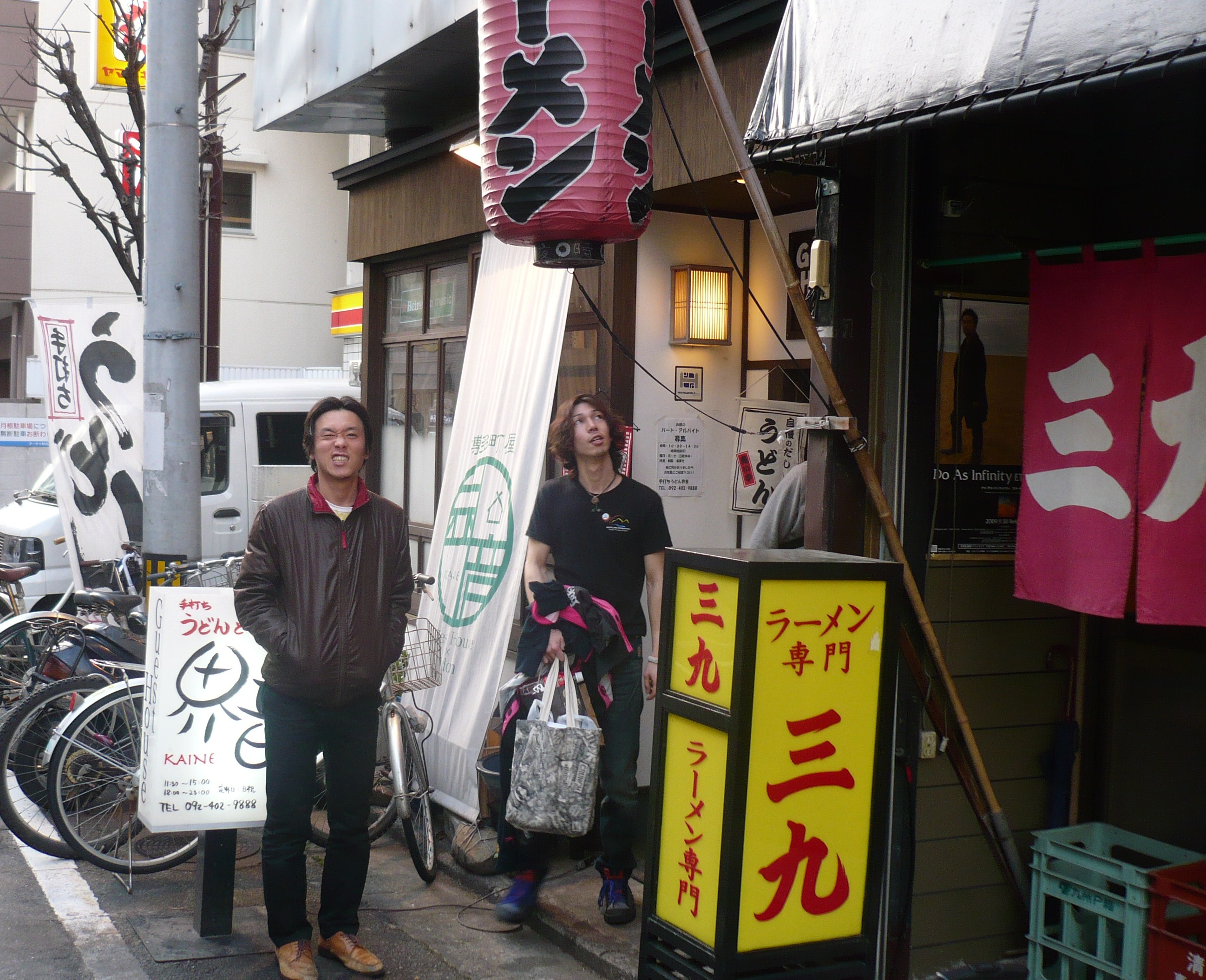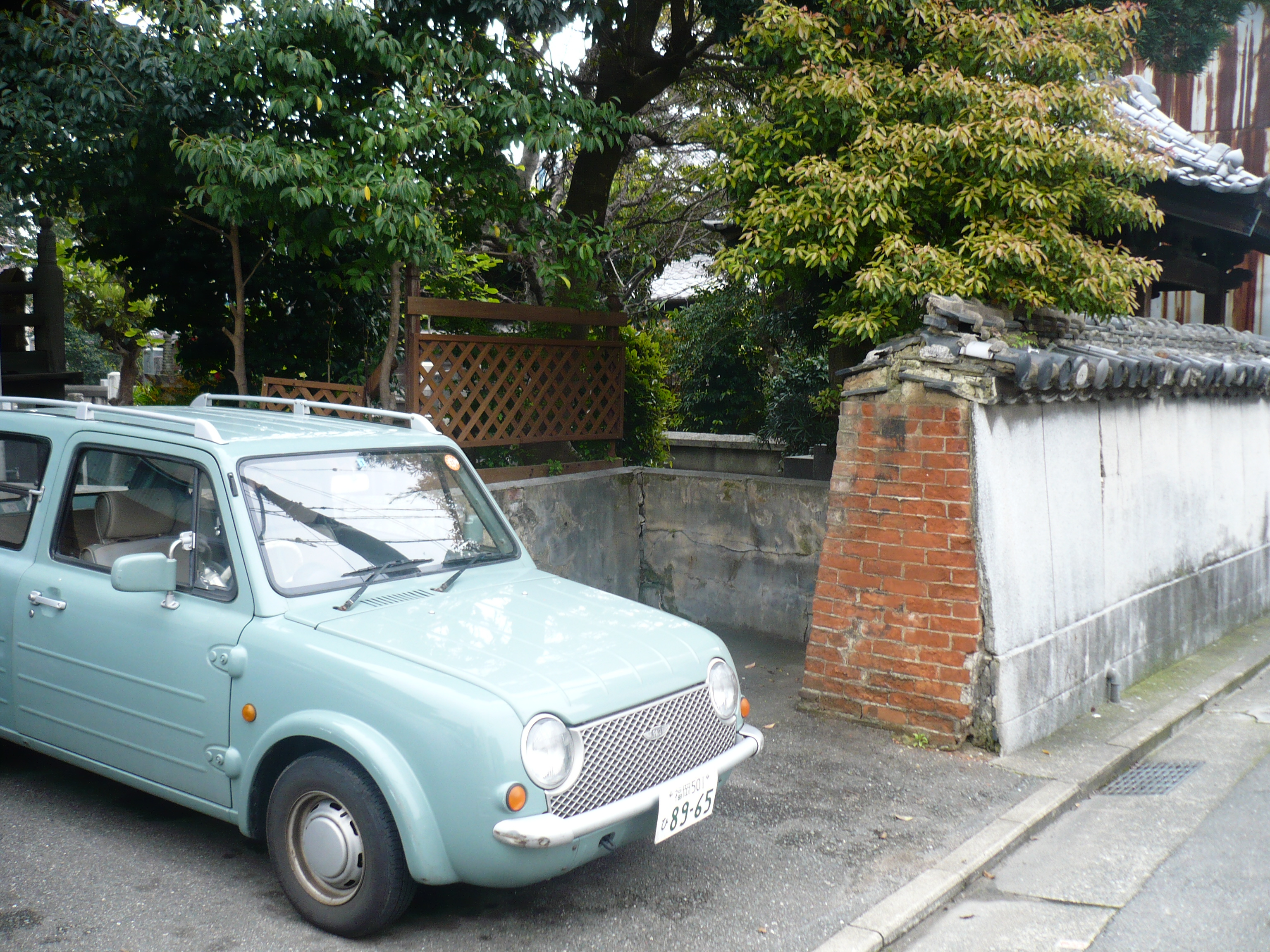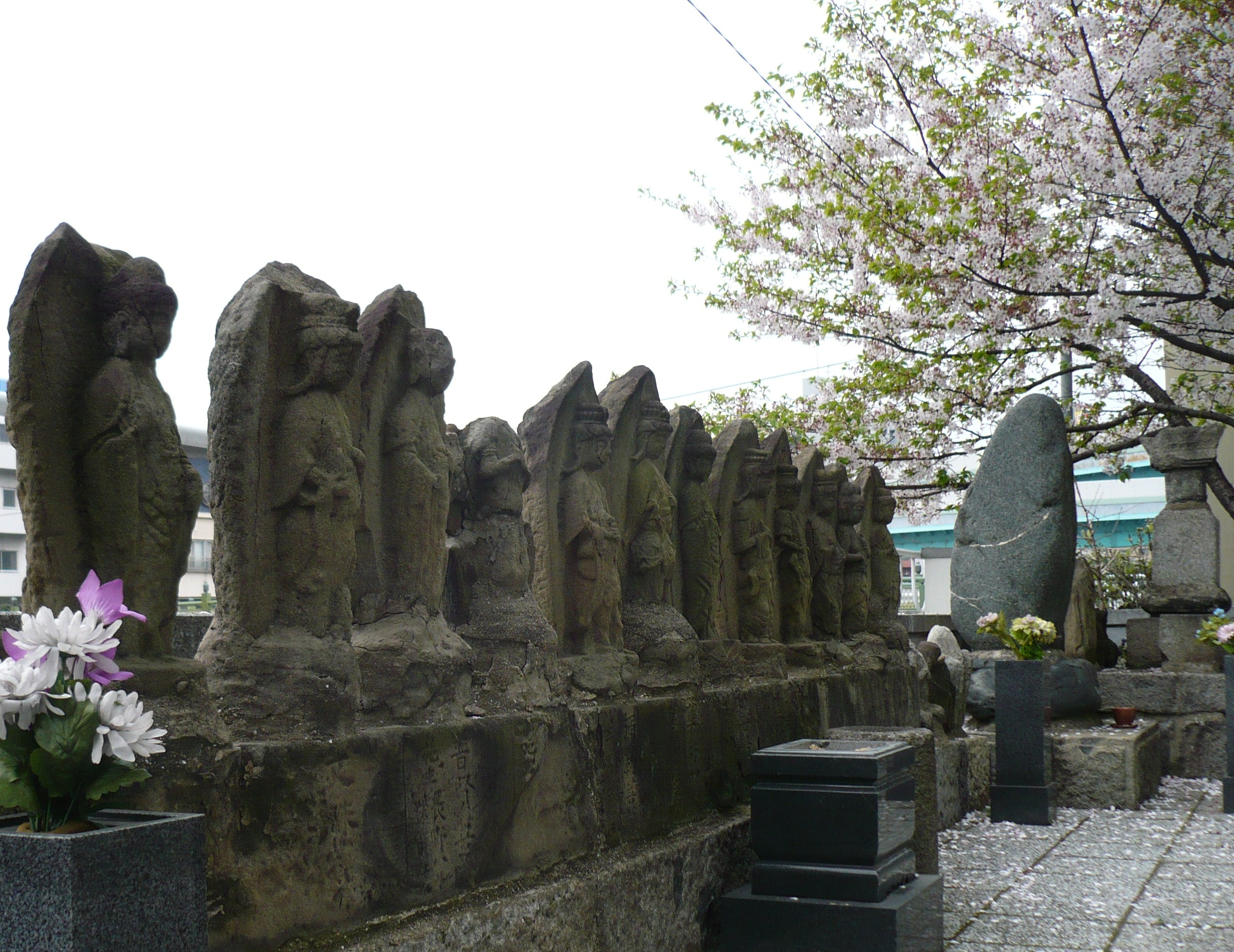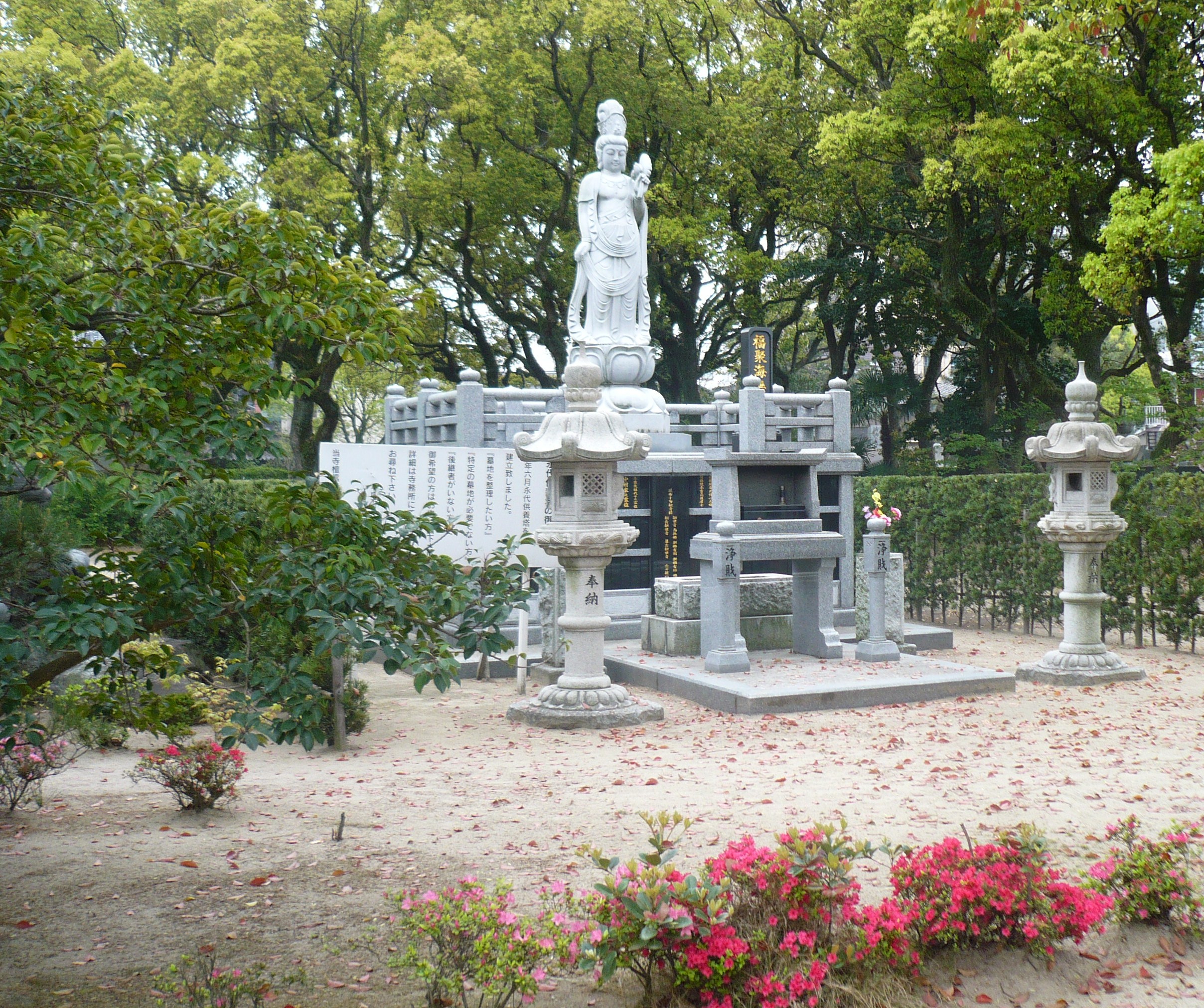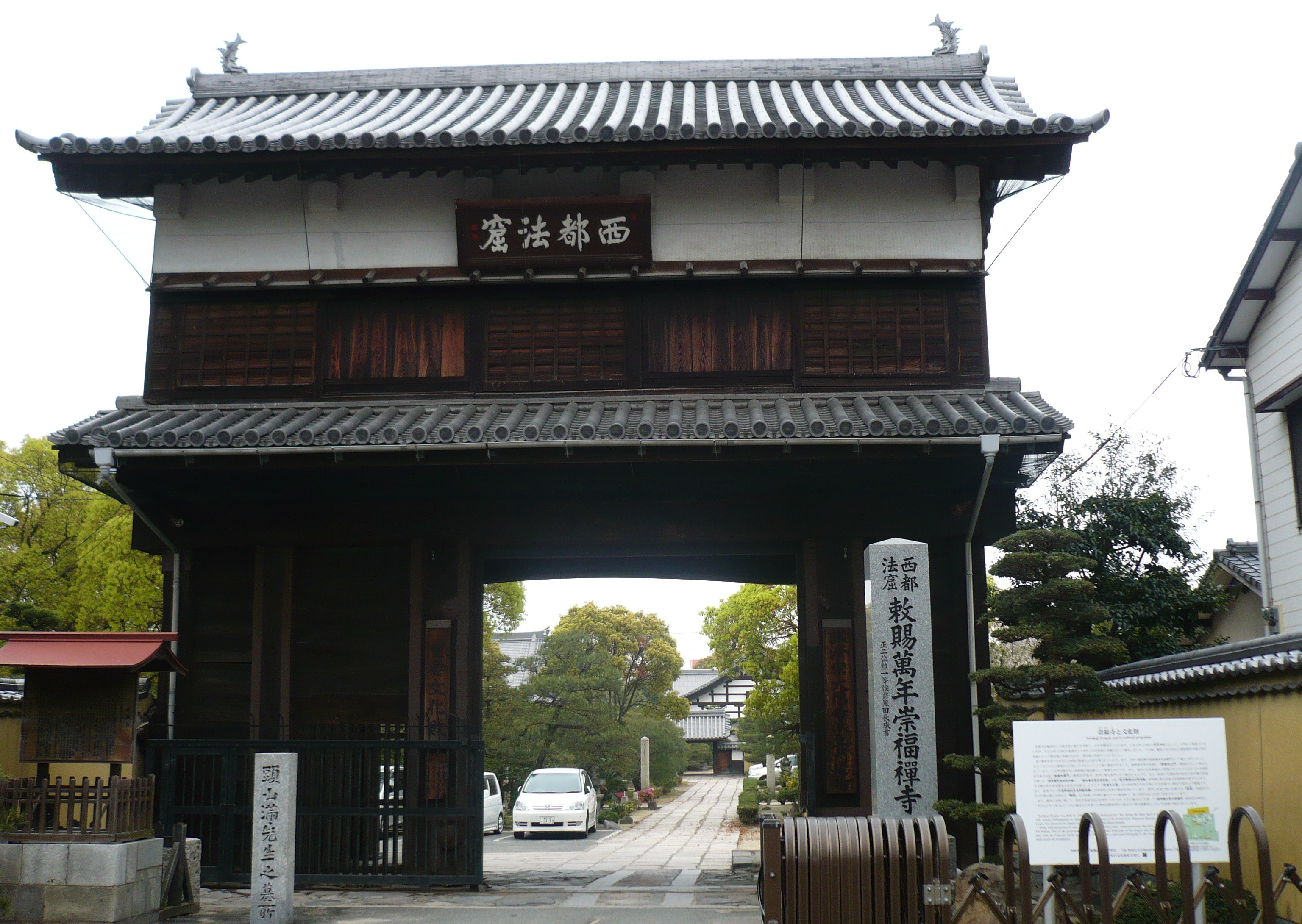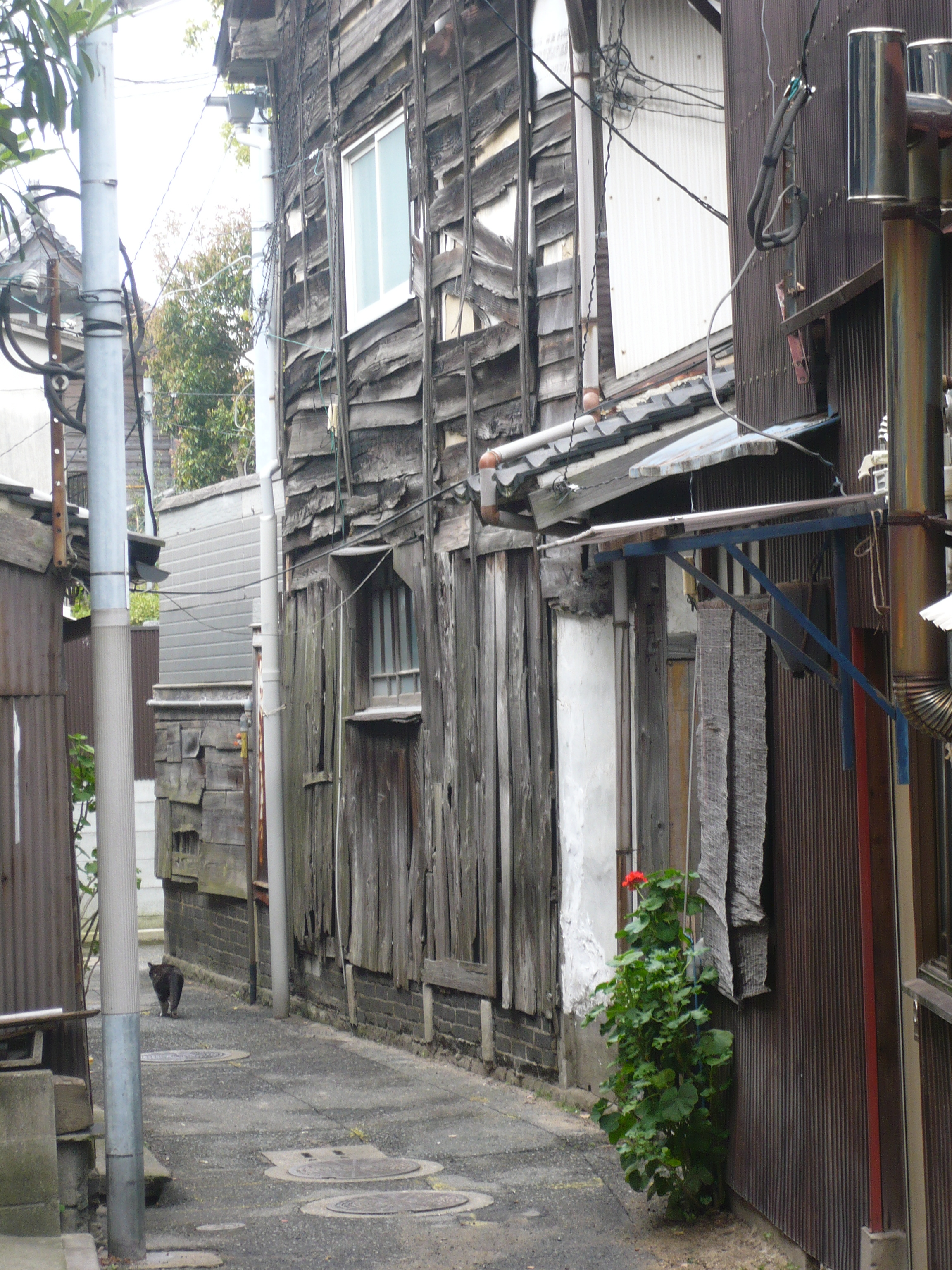In many spiritual traditions, there is an experience that involves going out into the wilderness (either psychologically or physically at some level) and "becoming" some kind of animal or creature or spirit. You can think of stories like Carlos Castaneda's "Teachings of Don Juan," for example. The French philosophers Deleuze and Guattari riff on the idea a great deal in their amazing masterpiece, "Mille Plateaux," too.
Well, this past weekend, I experienced this, in a weird way. In the densely populated wilds of Mudeung Mountain park, in eastern Gwangju City, I had my own weird "becoming." What unexpected creature did I become? The common Korean Ajeossi. What is an ajeossi (아저씨)? It's a term that basically means, "mister" or "middle-aged man," and it's very widely used as a form of address to strangers, of affection for older male friends, or even of disrespect when talking about obnoxious middle-aged male behavior.
I went hiking, or "mountain climbing" as the Koreans insist on calling it in English (due to the semantic field working a bit differently in the Korean language, where 등산하다 covers both activities). My friend Byeongbae took me, along with two of his friends. I realized that Byeongbae is more than just 5 years older than me – he's somewhere around 60 and nearing retirement – both his friends are already retirees. I guess he wears his age pretty well, since I thought he was in his early 50's. Then again, maybe I should just take up the Korean habit of more bluntly inquiring people's ages – but I still have a hard time bringing myself to do that.
We parked in this area at the southwest corner of Mudeungsan park, that was swarming with Sunday-outing hikers. Hiking is predominantly an old-persons' activity in Korea, in my experience – at least the kind of day-hiking that occurs in large parks near urban areas. And it's a high-density affair, too. It is, of course, critical to have the right "equipment" – fancy boots are universal, as are these rather ridiculous-seeming (to Western eyes) aluminum walking-sticks.
After milling with the crowds for half an hour, waiting to all be together and on the same page, so to speak, we finally set out at about 10 AM. The climb was relatively steep, and being with locals, we took a much less densely populated trail than I've seen before in such settings. Nevertheless, we passed many groups along the way.
I think the reason why I felt I was "becoming" an ajeossi had to do with the fact that the three older men I was with were not treating me like the sideshow attraction one gets used to experiencing as a foreigner hanging out with Korean friends. They mostly ignored me, just as they would a taciturn fellow Korean, which, given my level of fluency, is about right. I understood enough of what they were saying that they didn't have to stop and invent some English to let me know what was going on, which is often a stressful proposition for Koreans. Thus I was managing to avoid being the stress-inducing "foreigner" and they were able to relax and just be themselves.
"Hiking" in Korea seems to invoke the following recipe: take 1 part actual hiking, combined with 1 part "resting," 2 parts eating, and 1 part drinking makkeolli or soju; season liberally with off-color jokes, friendly conversations and exchanges of shots of soju with random strangers met along the trail, and garnish with at least one heated argument about the relative merits of different brands of aluminum walking sticks.
So mostly, I just kind of followed along, occassionally shocking the other groups of Koreans met on the trail with fragments of Korean. There was one moment in particular that I was pleased with: some intensely athletic, youthful mountain bikers passed through an encampment of a dozen ajeossis and paused to rest and bullshit for a bit. The conversation turned to the stunningly high prices of some of the mountain-bikes (up to ten million won = $9000), and I actually added my own brief comment to the effect of "yes they can be very expensive." A dozen faces snapped in my direction, as everyone realized I was actually following the conversation. I felt very proud of my limited ability at that moment, and for once was not bothered by being the center of attention.
I was struggling with the fact that we were eating much more than hiking. I try very hard not to overeat, which is a hard thing to do under most circumstances in Korea. I really am puzzled at the fact that, relatively speaking, Koreans aren't that overweight, although it's a growing problem. If I ate as much as the Koreans around me urge me too, I would balloon back up to my erstwhile 250 pounds quite quickly.
I hope I didn't make my Korean friend uncomfortable by my refusals to eat so much. I did drink some makkeolli, which made the trail a little more challenging. Maybe that's the way it's supposed to work?
At one point, I even laughed at a joke at the right moment. That was a cool feeling of linguistic accomplishment, too. It was a very simple joke, involving a mis-use of vocabulary: two of the guys said to their friend, "come over and eat." He was away to the side, smoking a cigarette. "담배먹고," he replied: "I'm eating my cigarette." One shouldn't use that verb with that activity, but he was making a sort of pun.
We didn't go that far up the mountain, and we came back down through a very peaceful and stunning grove of cypress trees that resembled a sort of scaled-down redwood forest. I'll add some pictures later. At last, around 12:30, we re-emerged at the entrance area after rounding a lovely little reservoir, and the guys were ready for "lunch." I think they found my incomprehension that it was time for lunch amusing.
Overall, I enjoyed my morning of ajeossiness. Ajeossinosity? Something like that.


